Foxley Wood

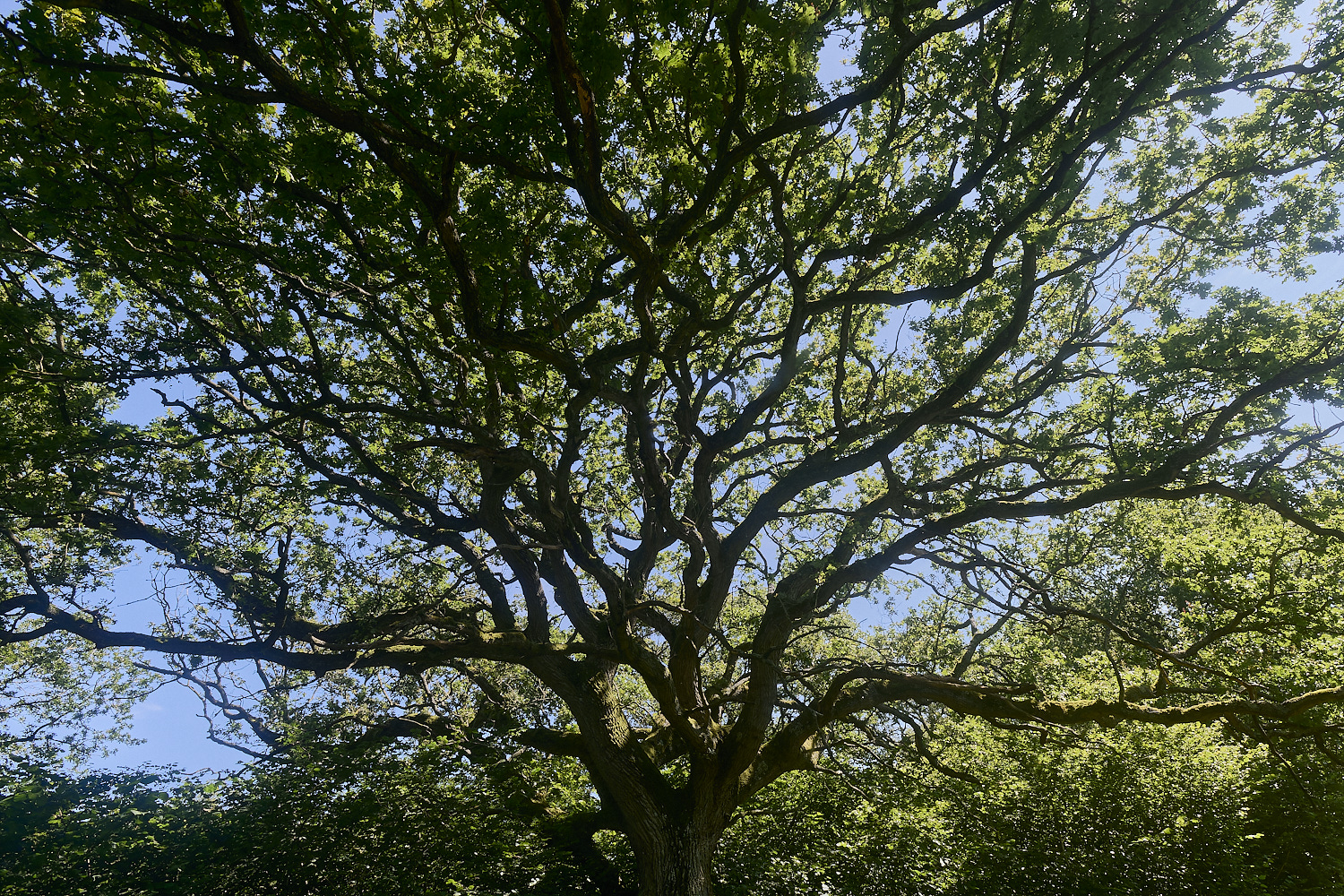
Oak (Quercus robur)
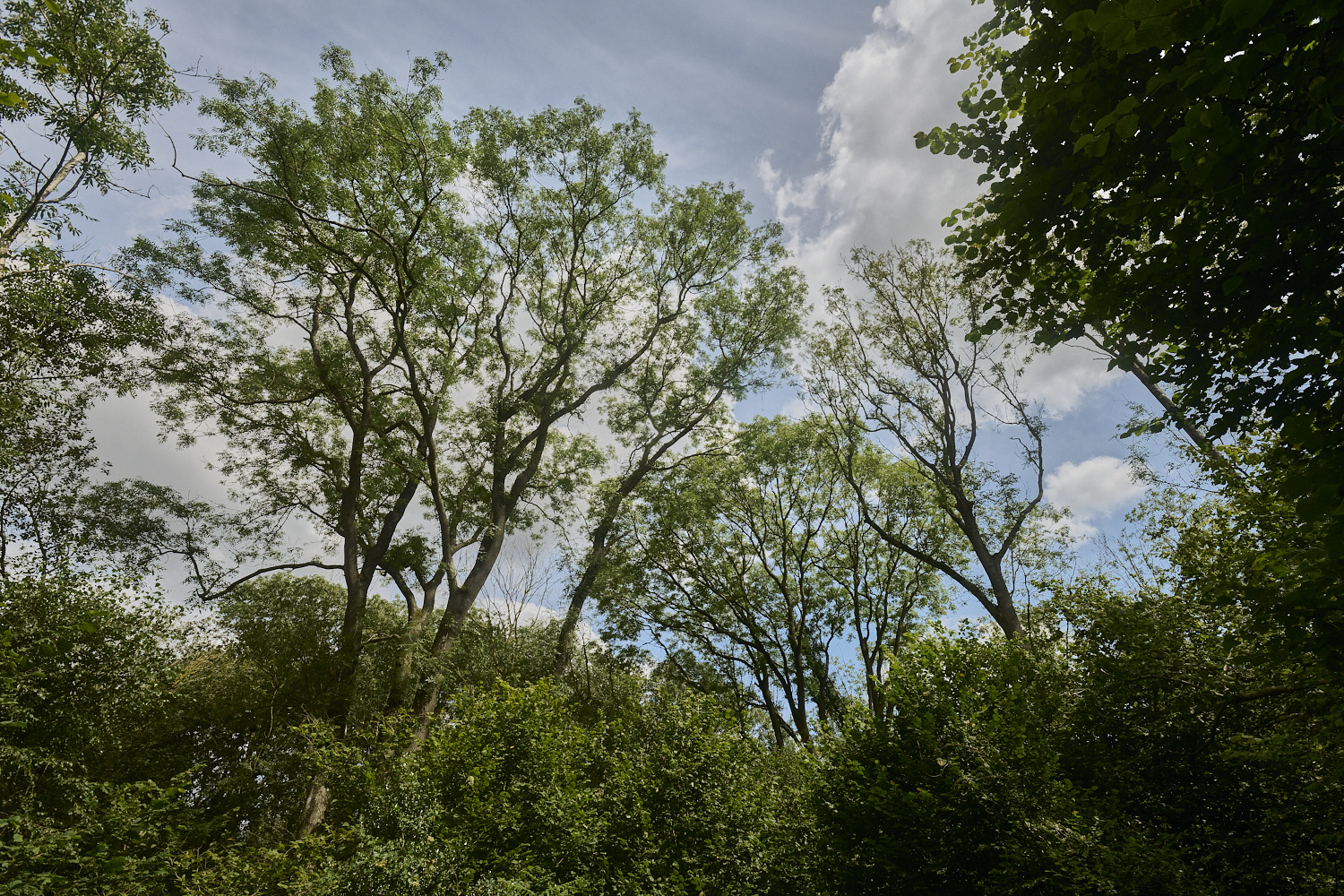
Ash (Fraxinus excelsior)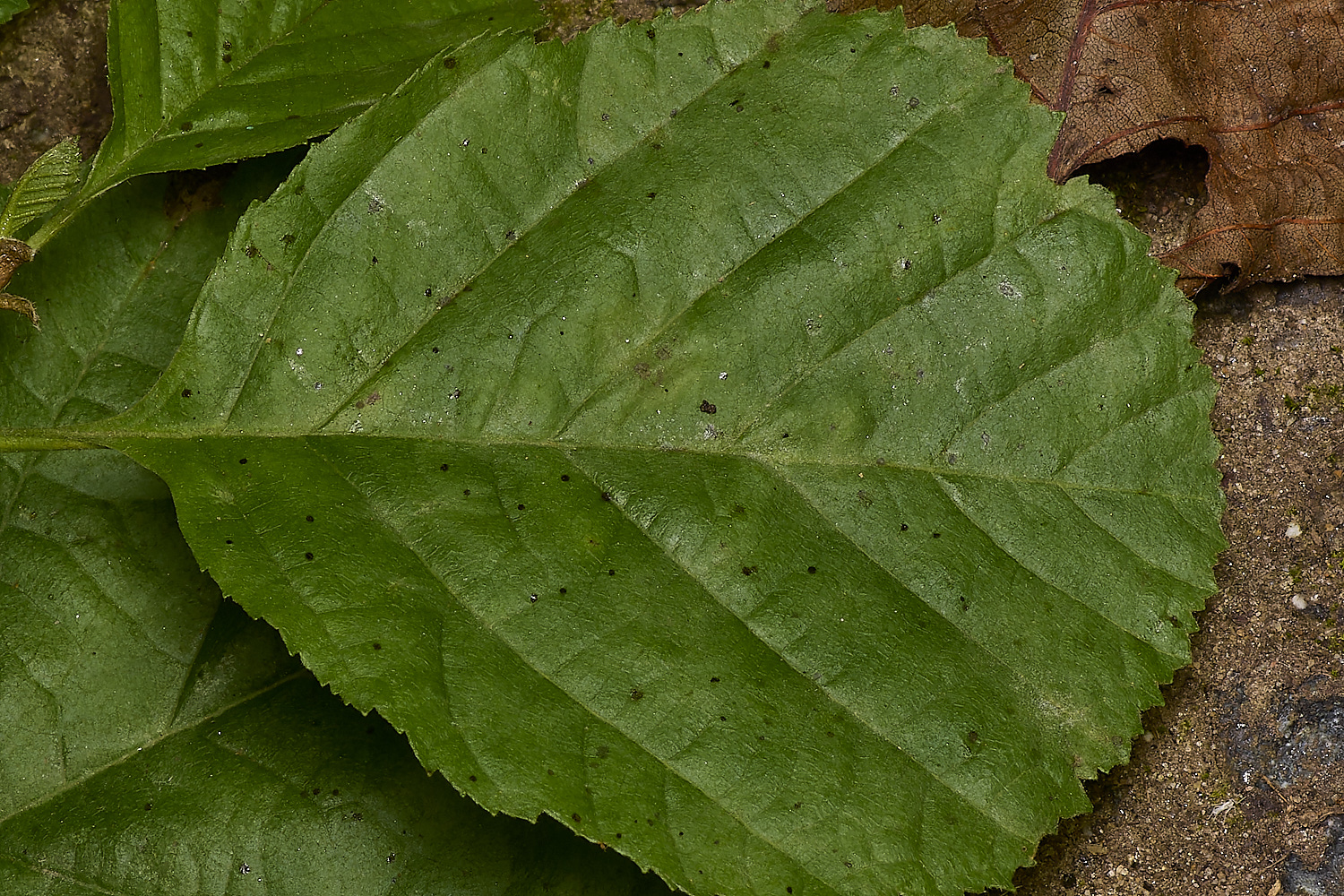
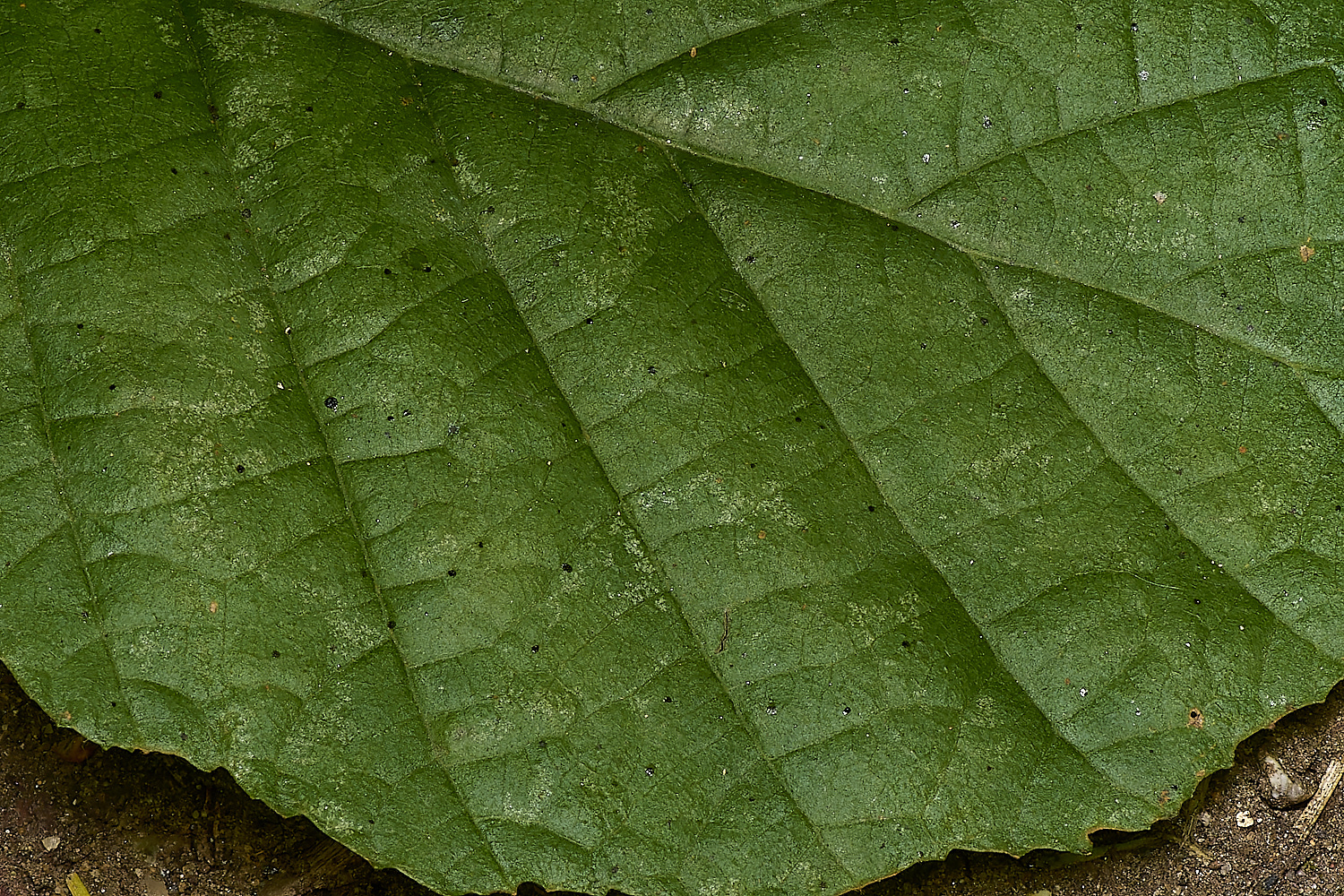
Powdery Mildew
on
Alder
Erysiphe penicillata
You can just about see it. 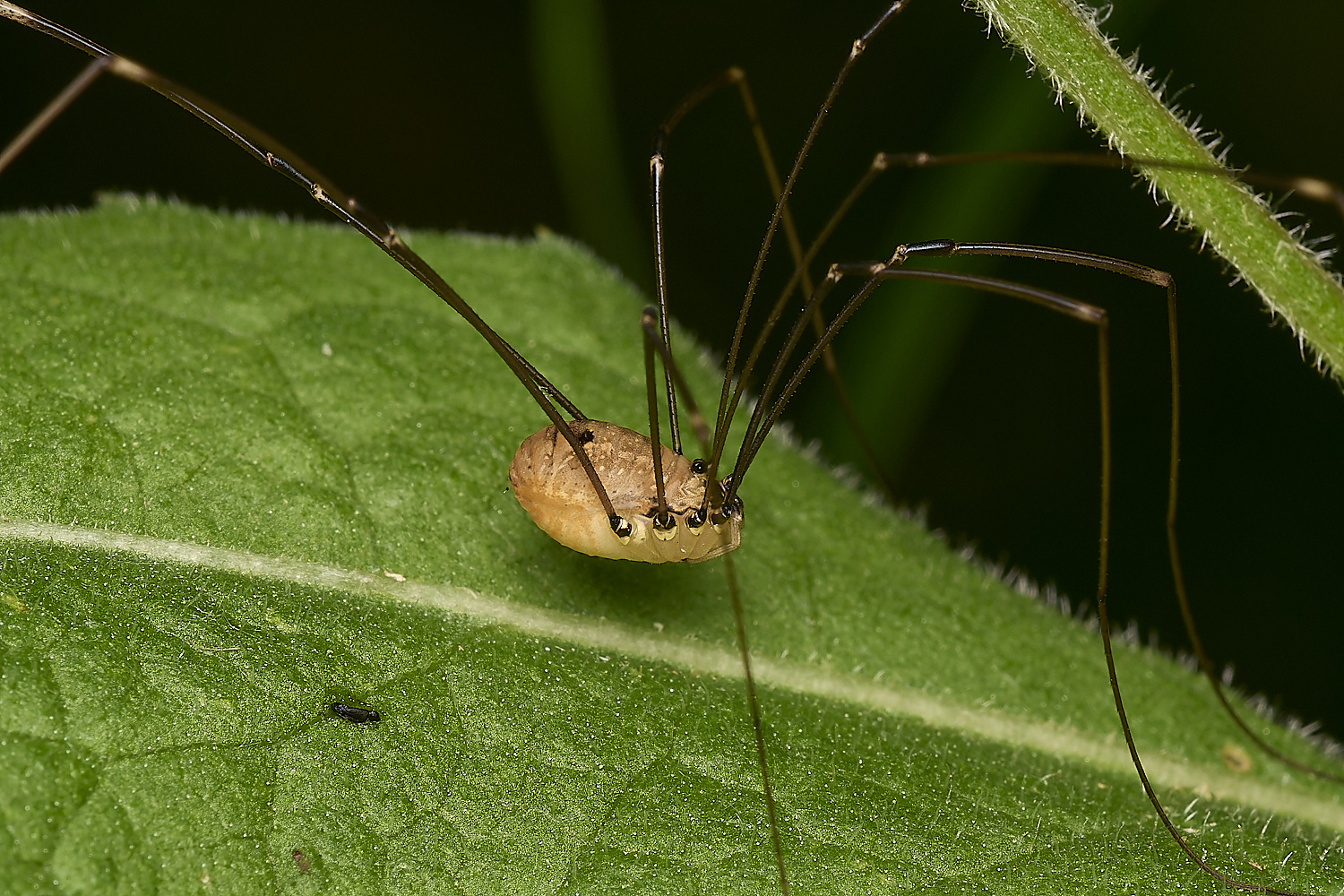
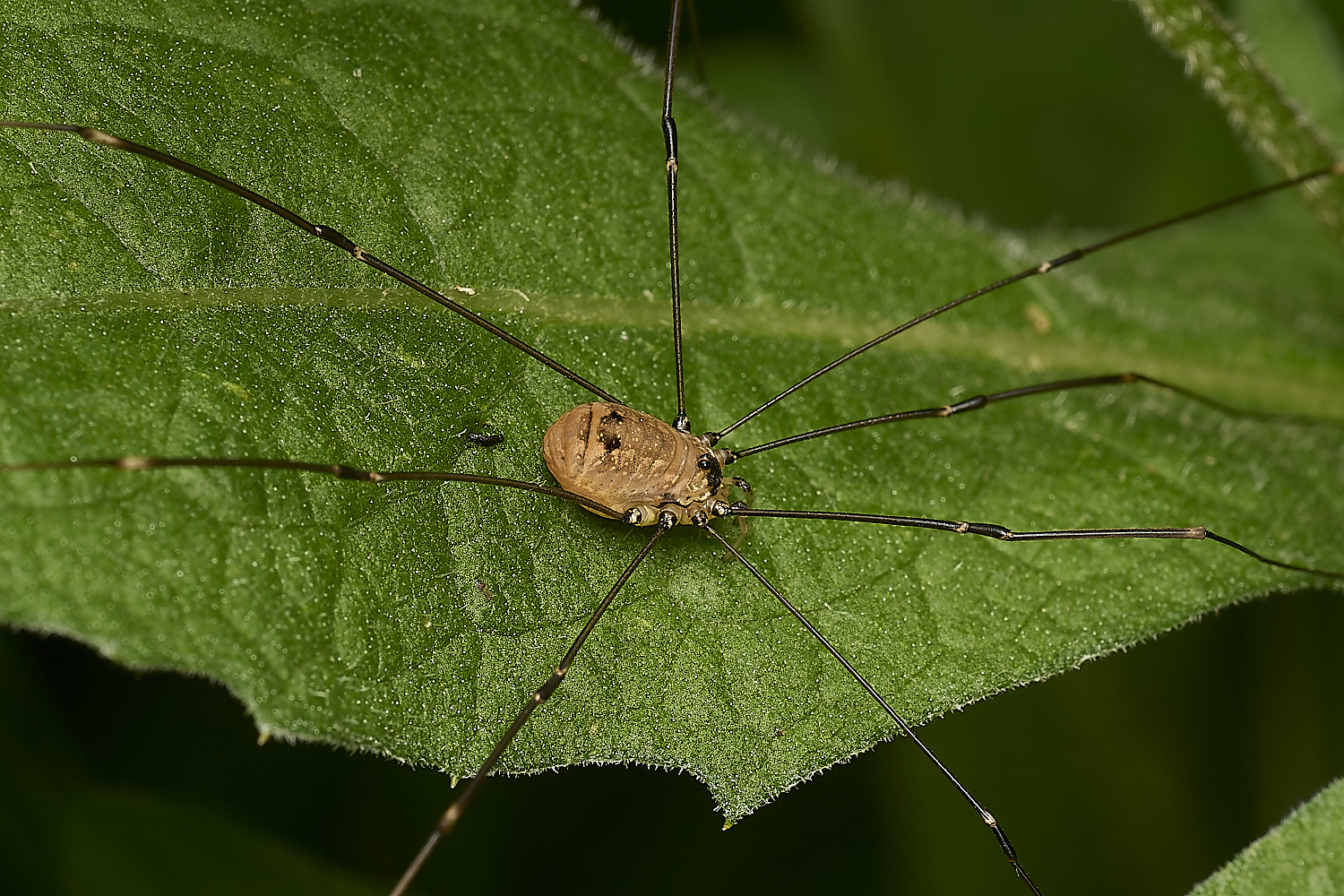
Leiobonum rotundum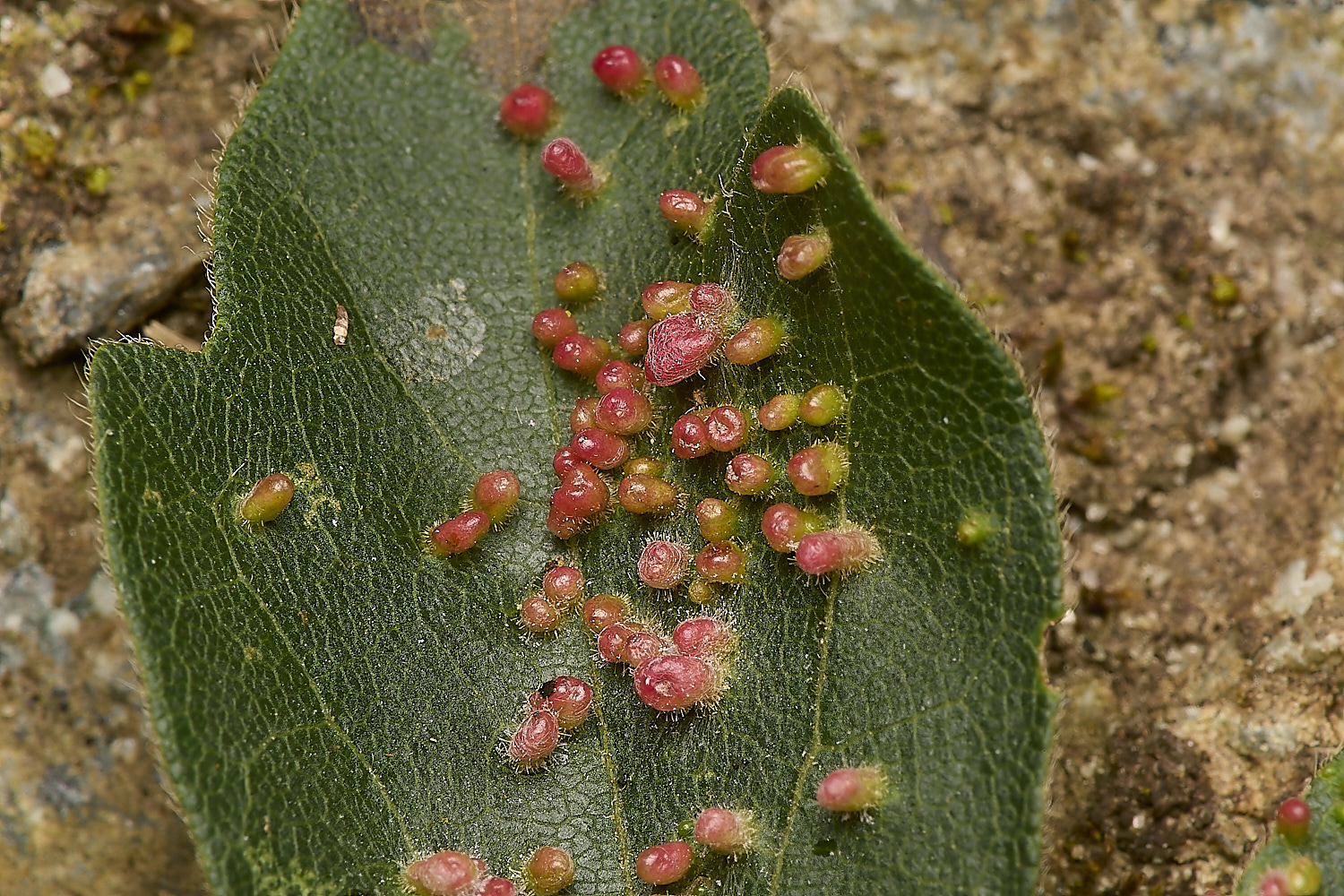
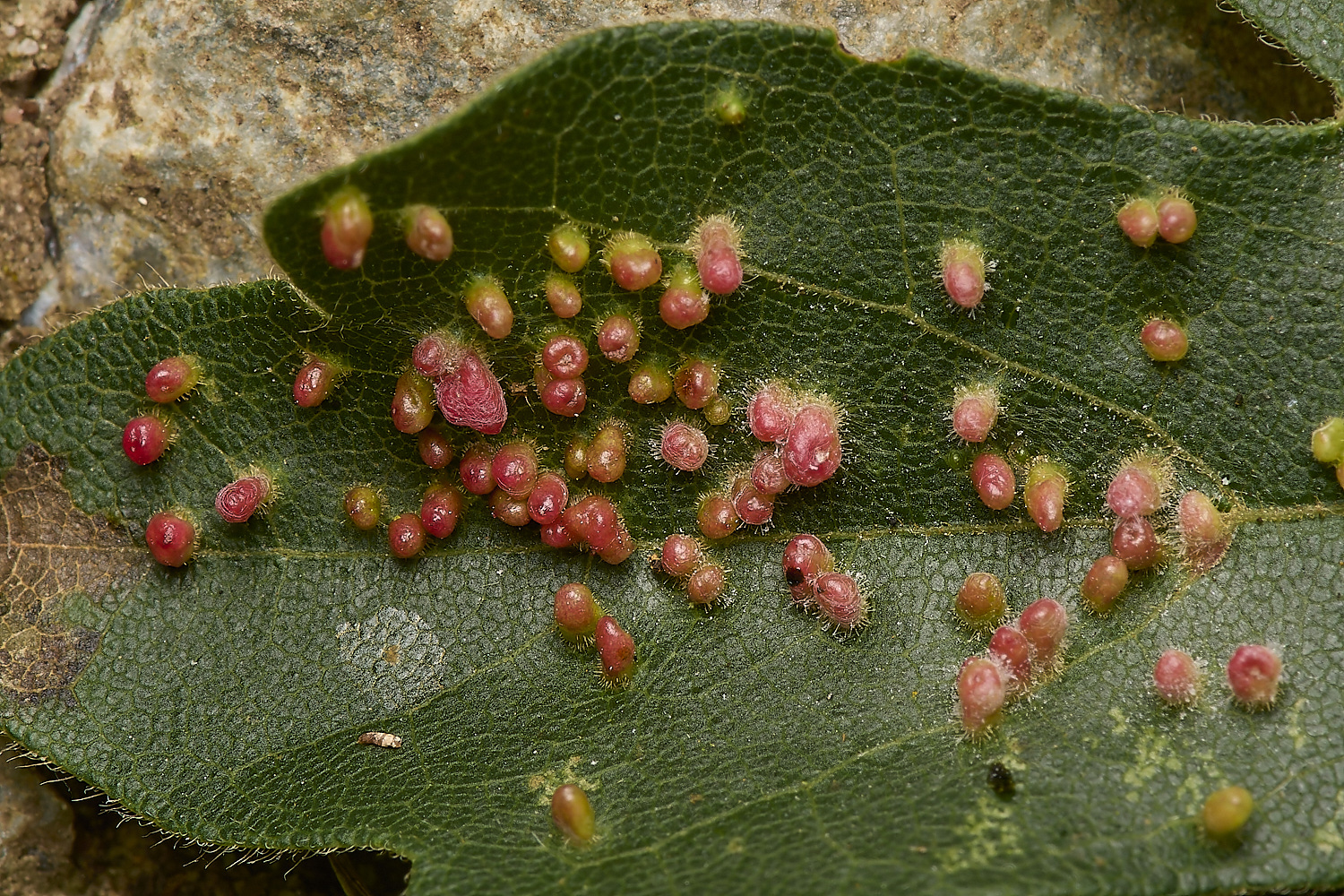
Aceria aceriscampestris is a mite that causes galls to form on Field Maple (Acer campestris)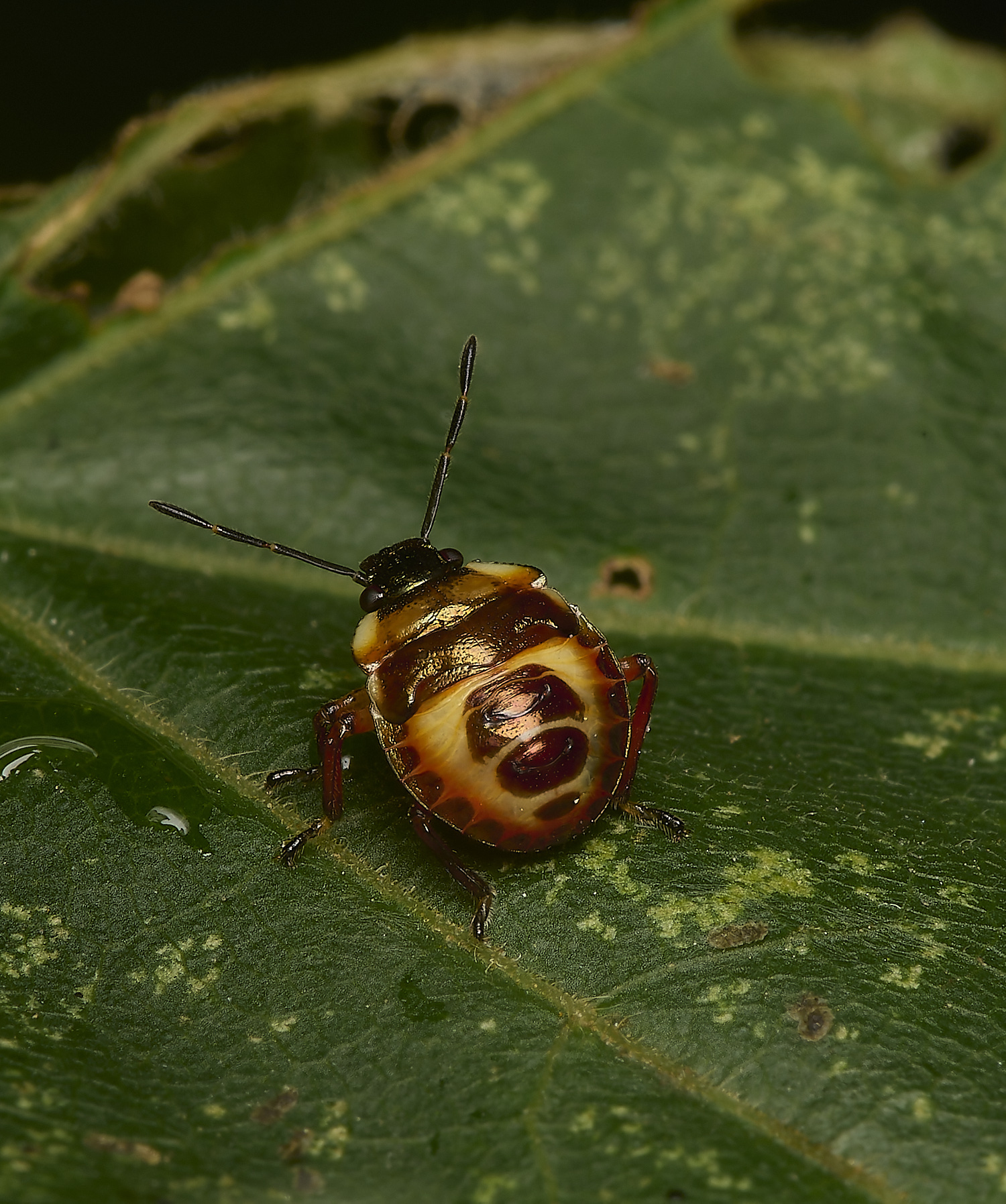
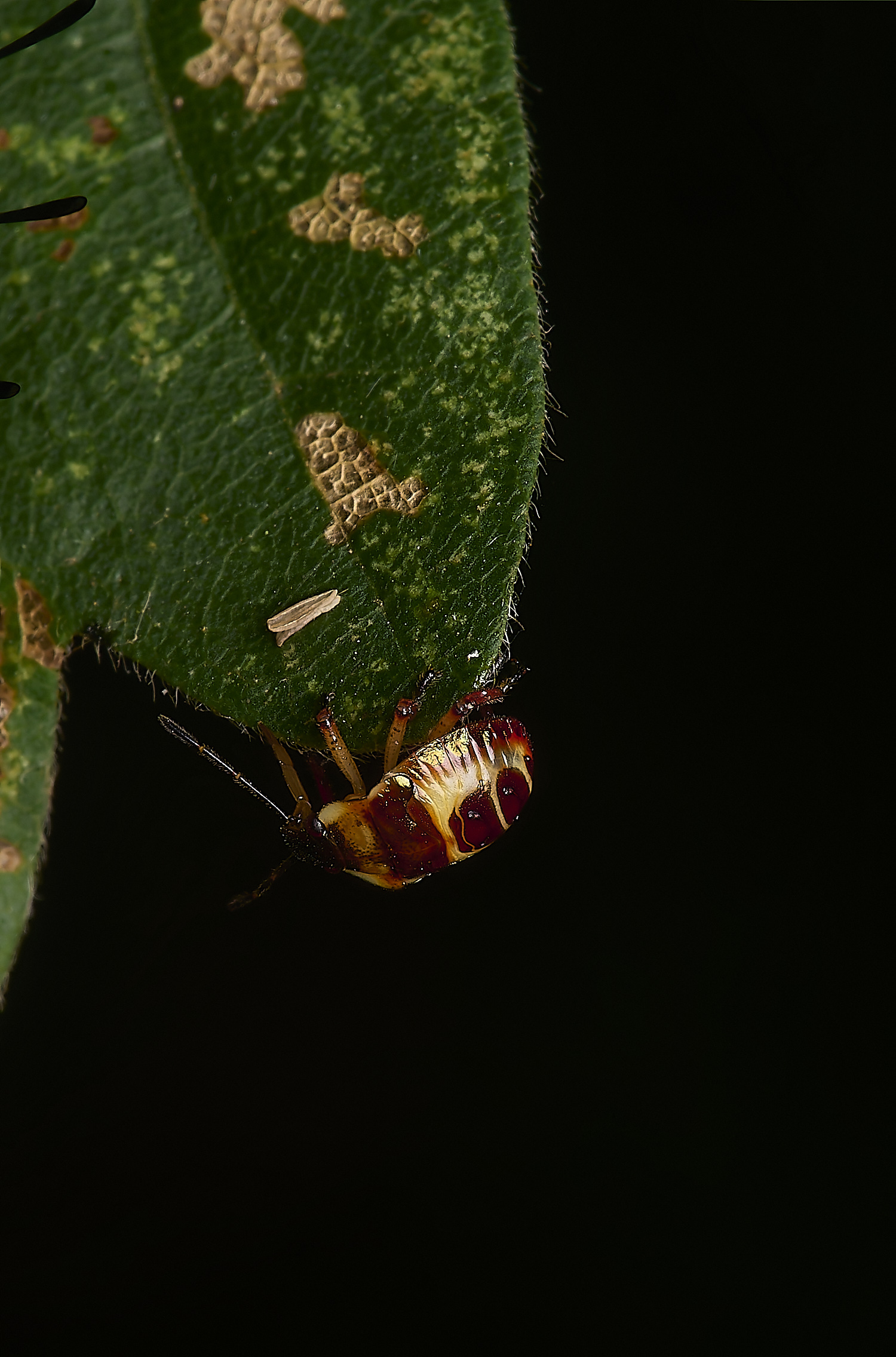
Bronze Shieldbug ? (Troilus luridus) Mid Instar Nymph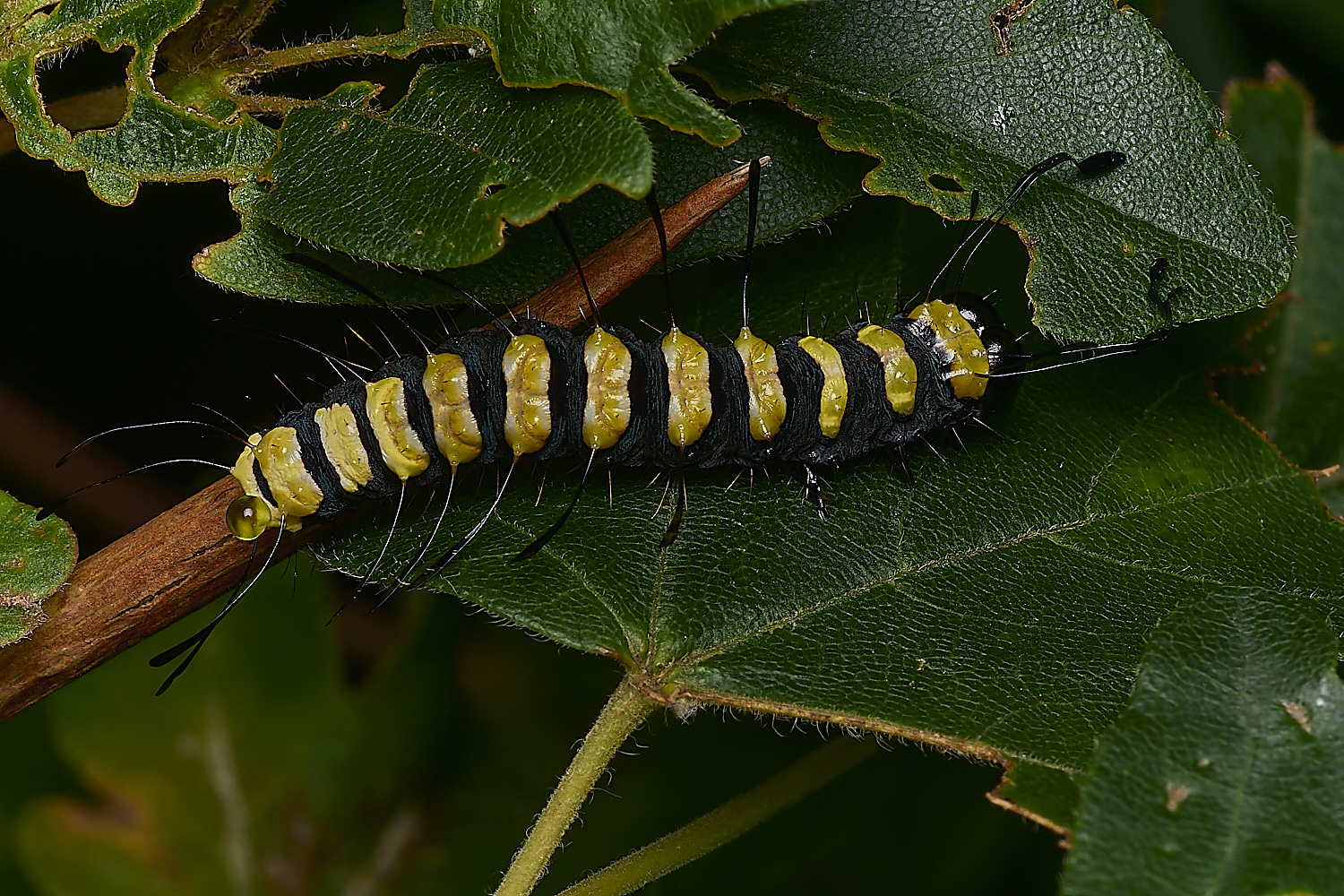
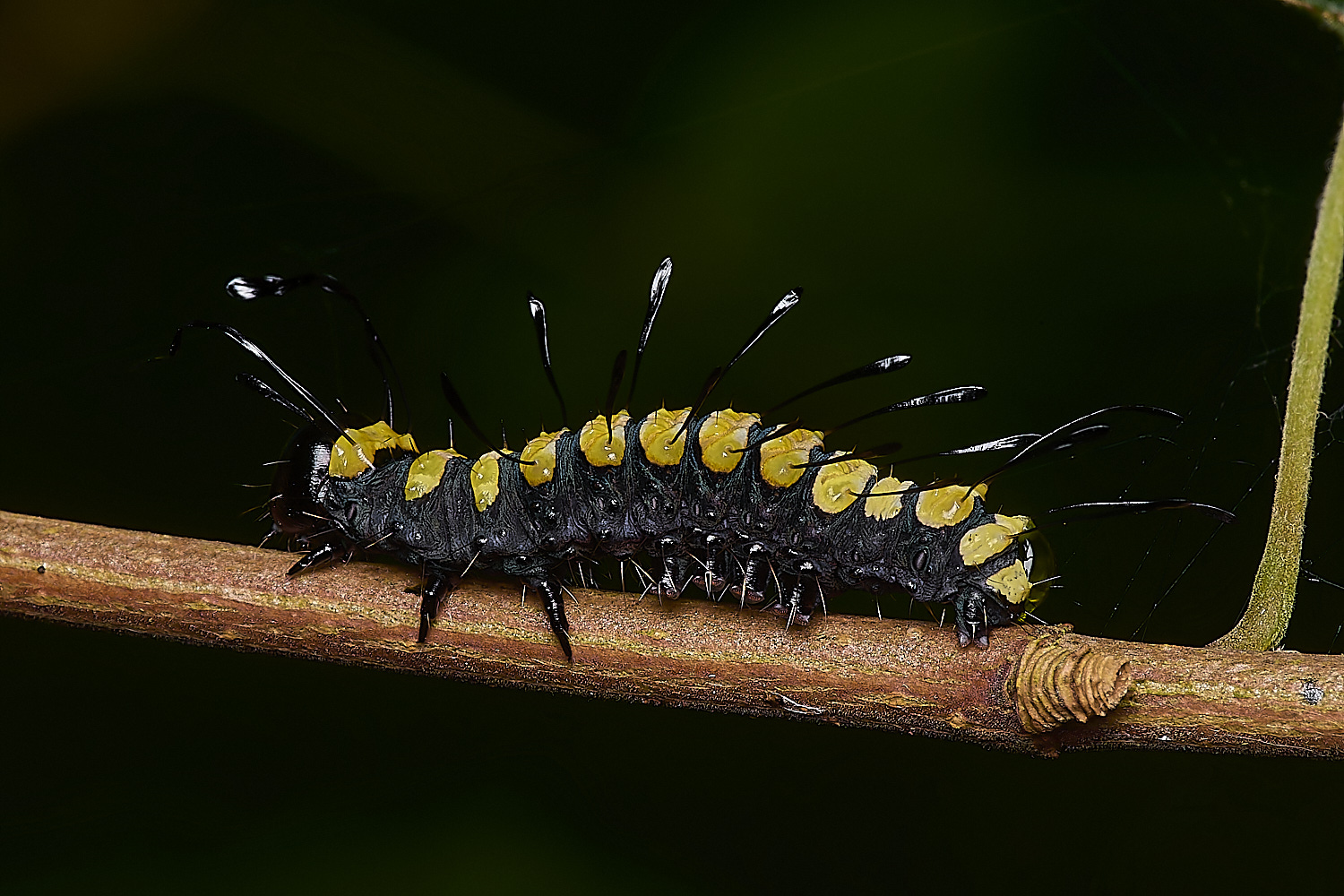
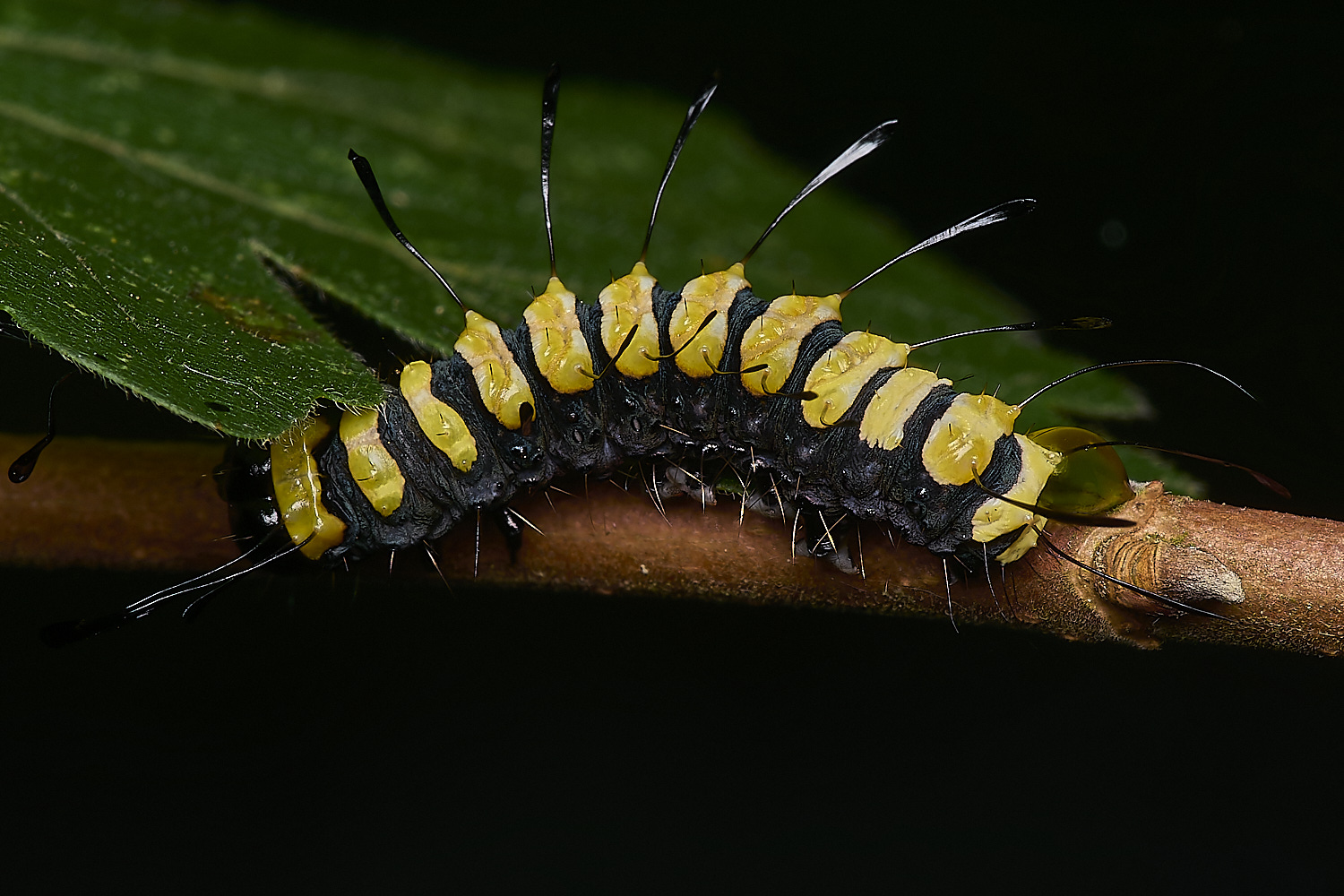
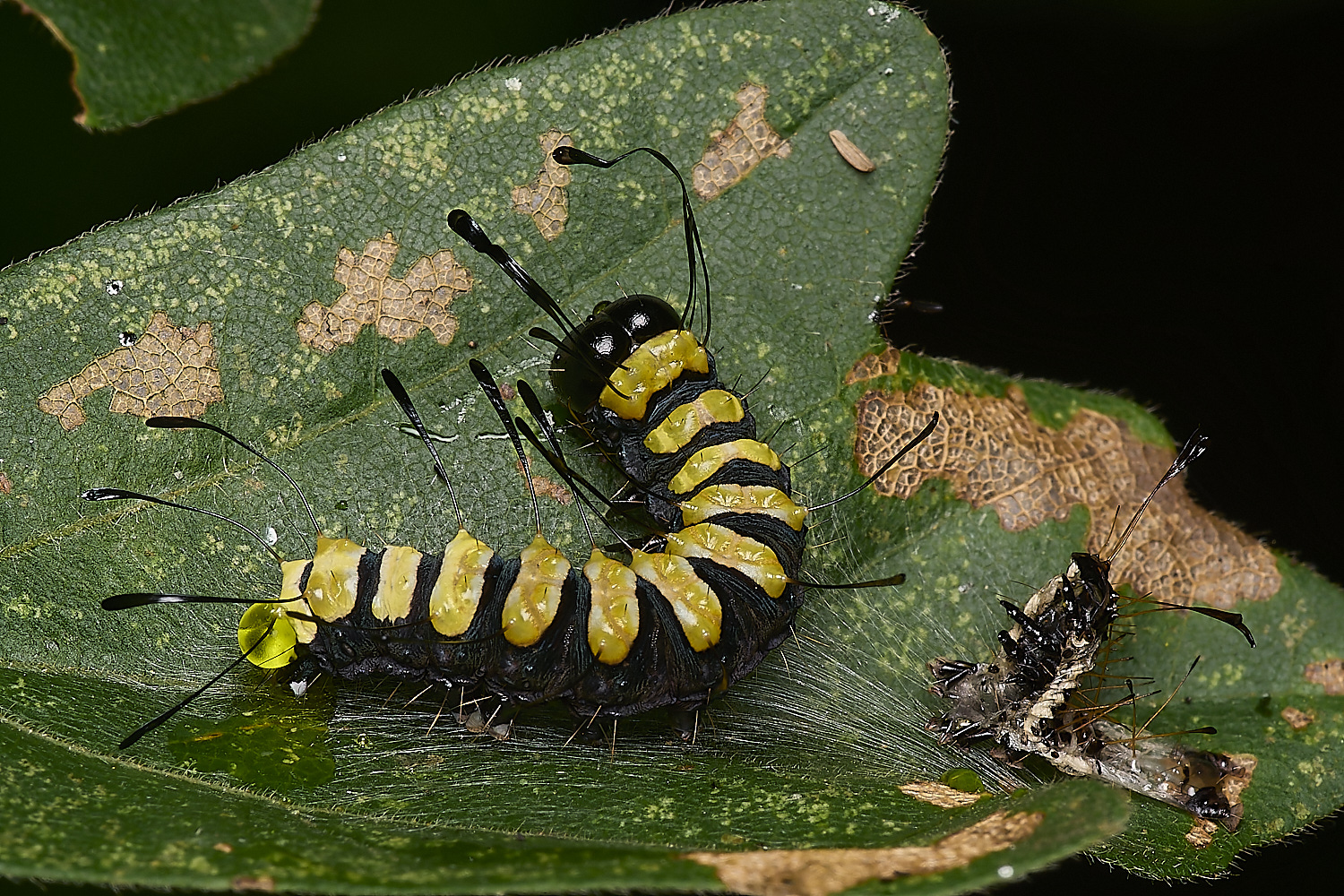
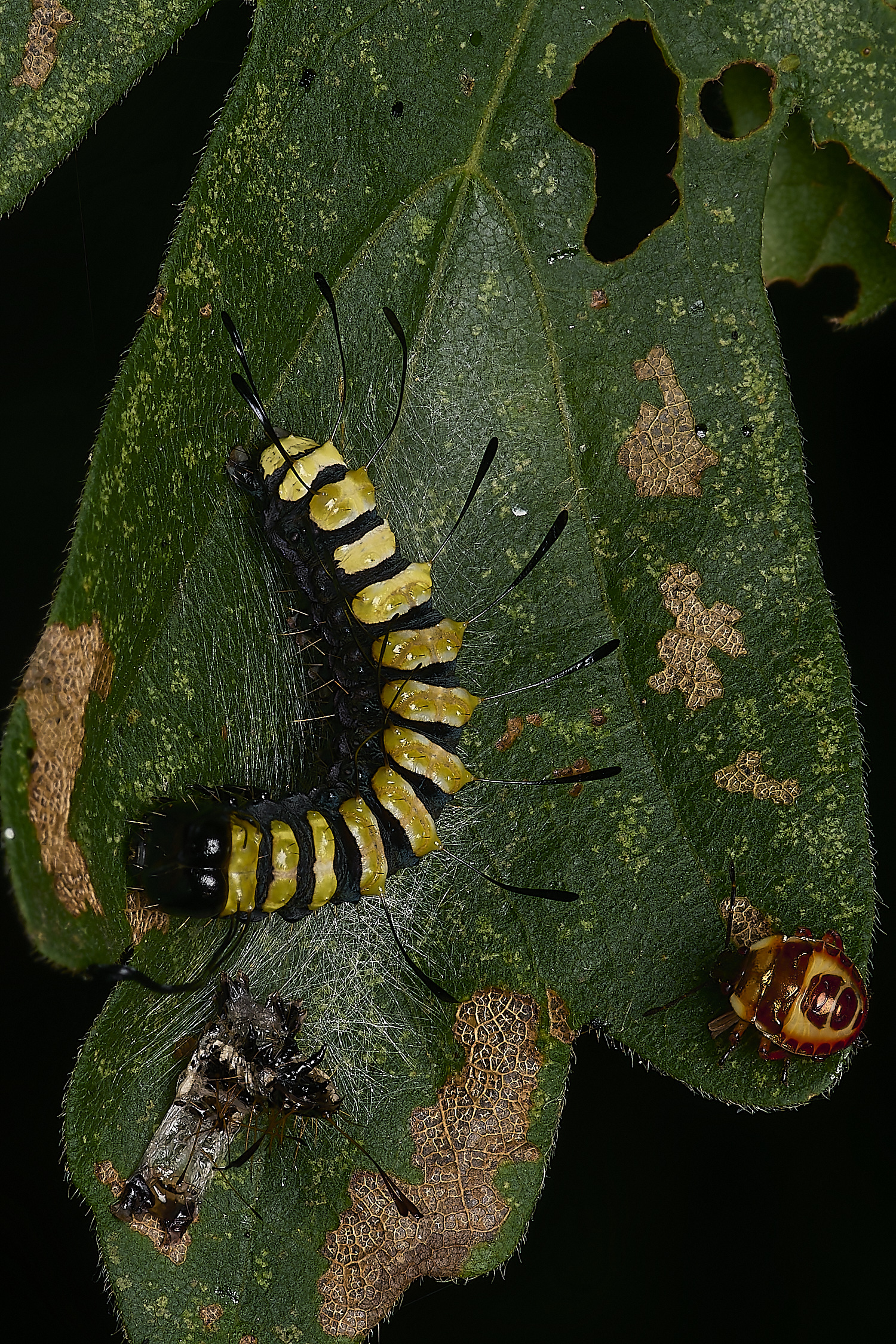
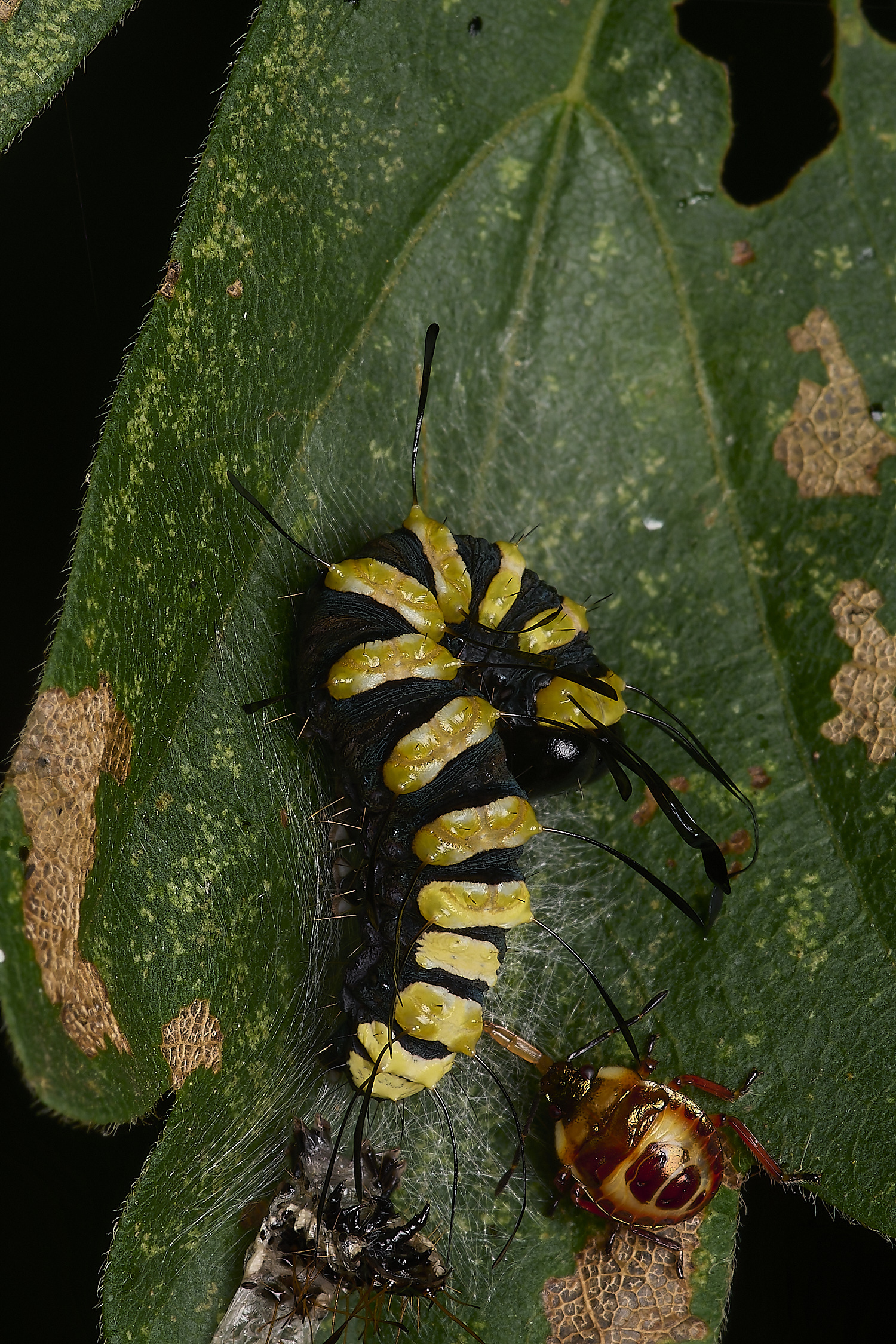
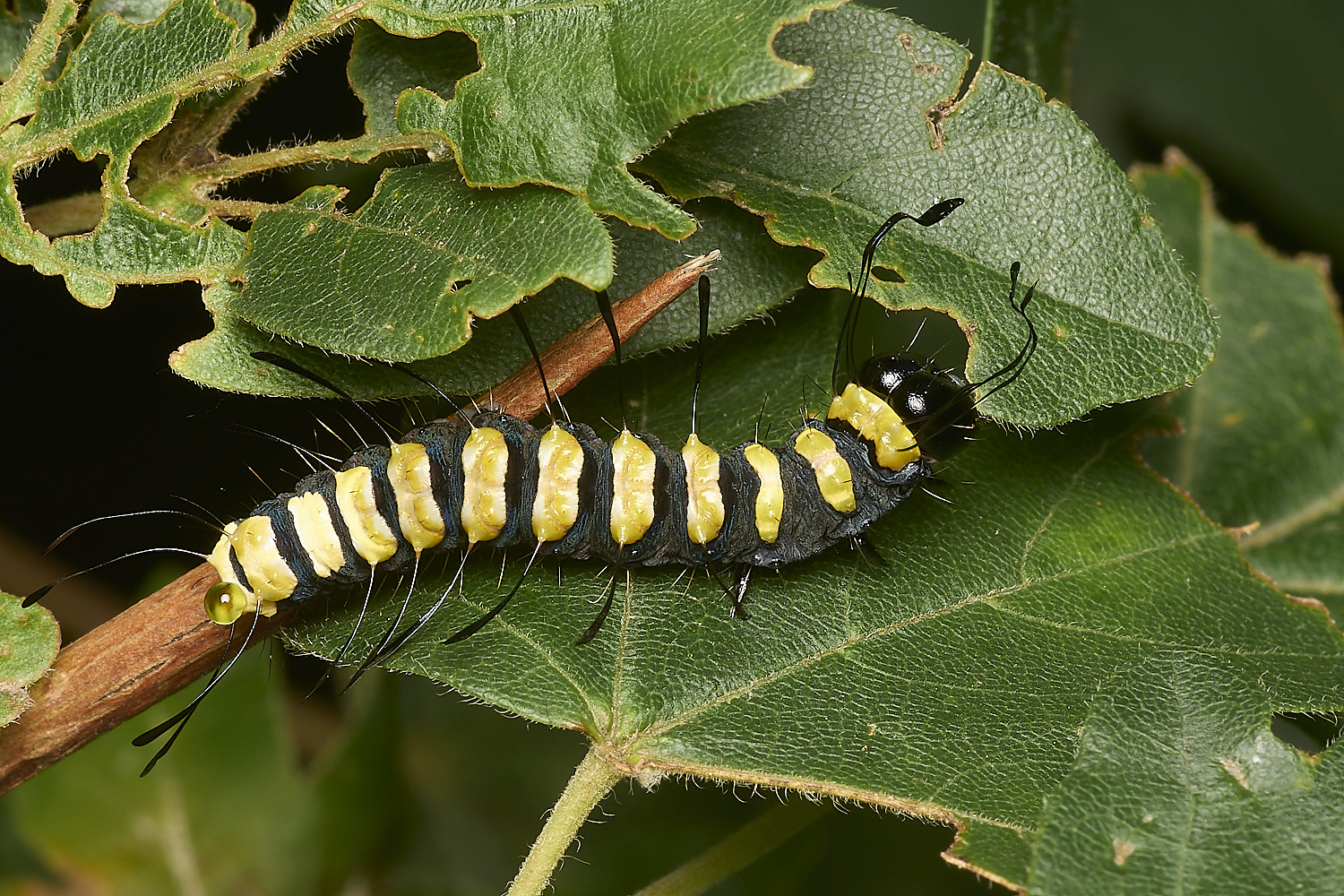
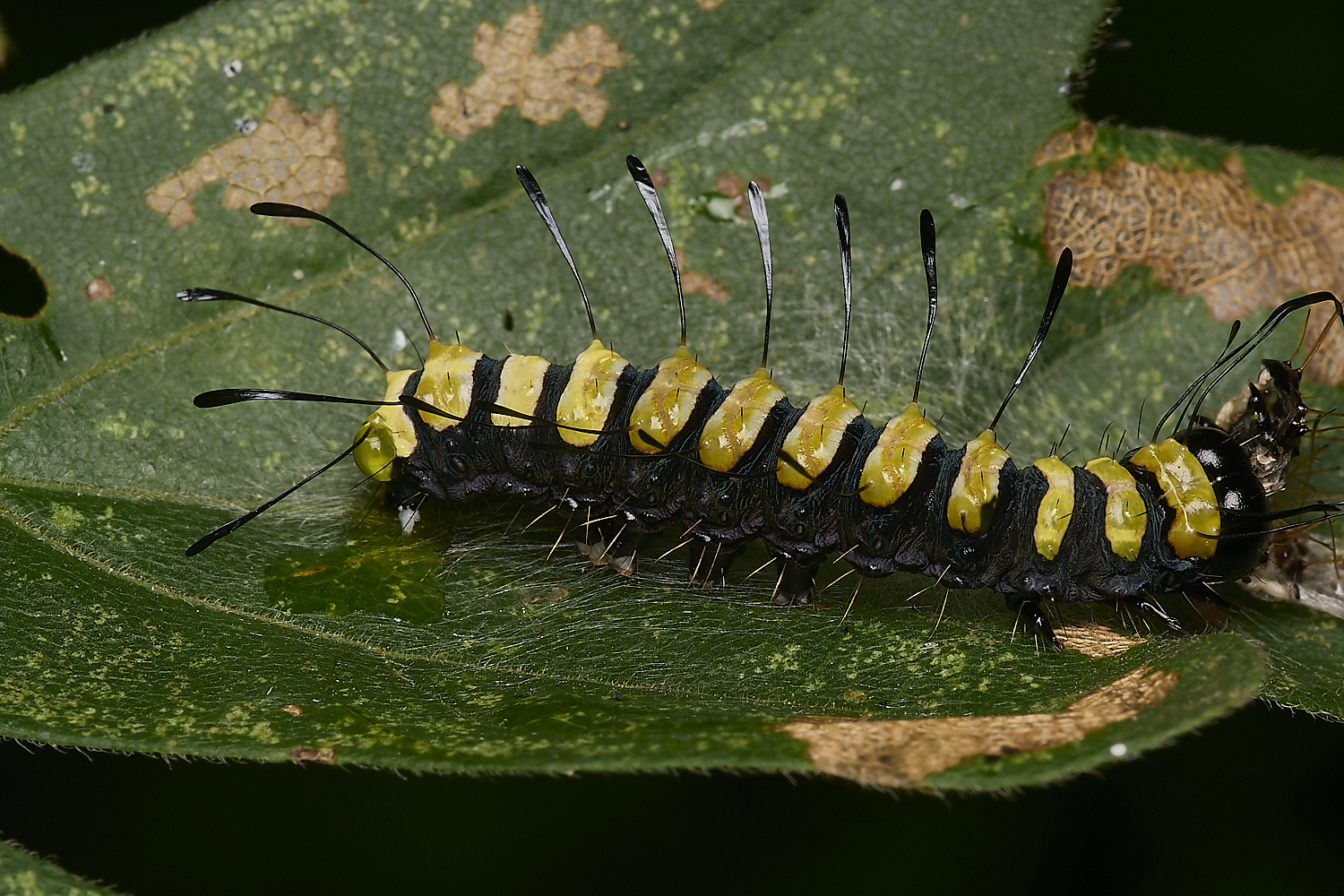
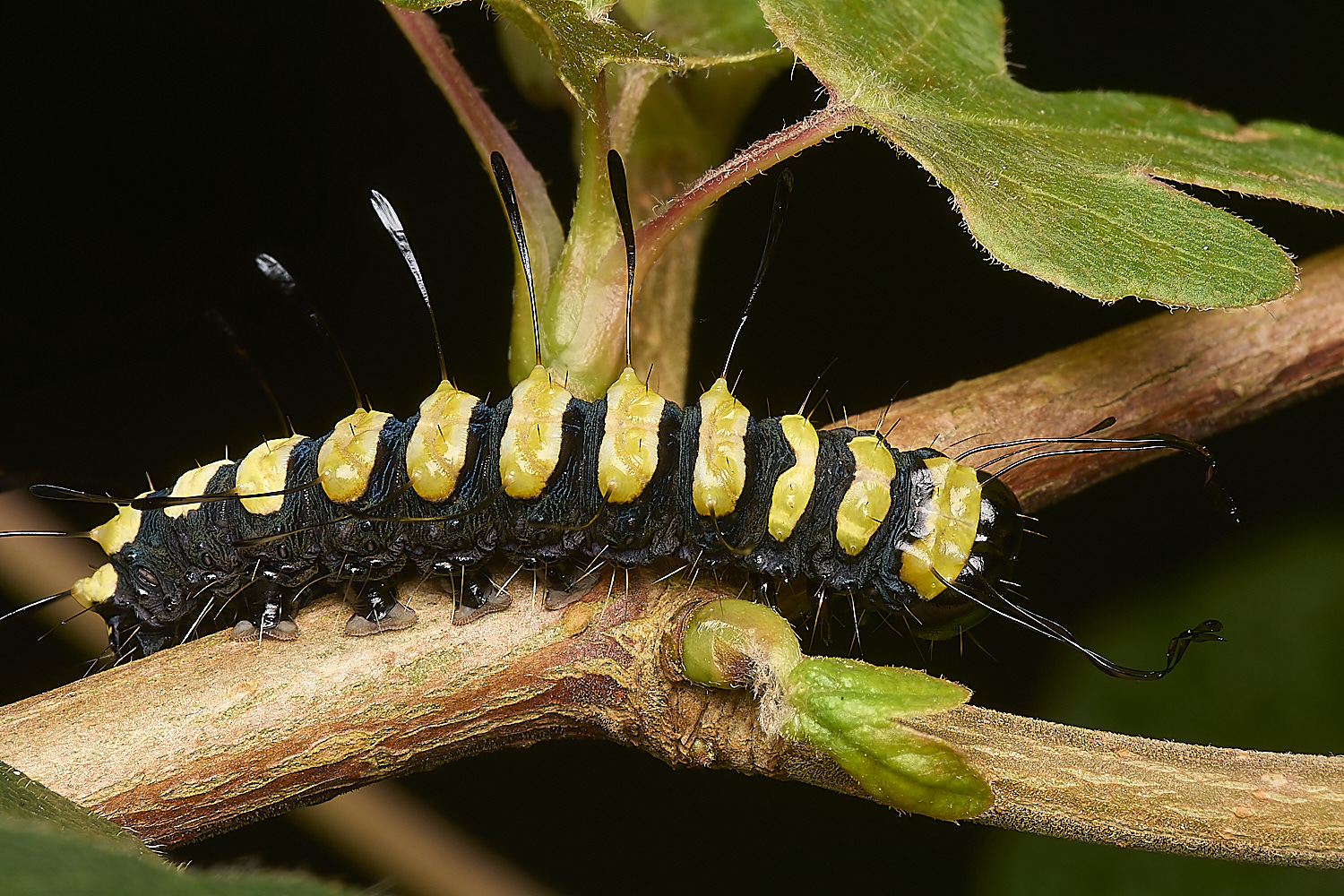
The
Exqusite
Alder Moth Caterpillar (Acronicta alni)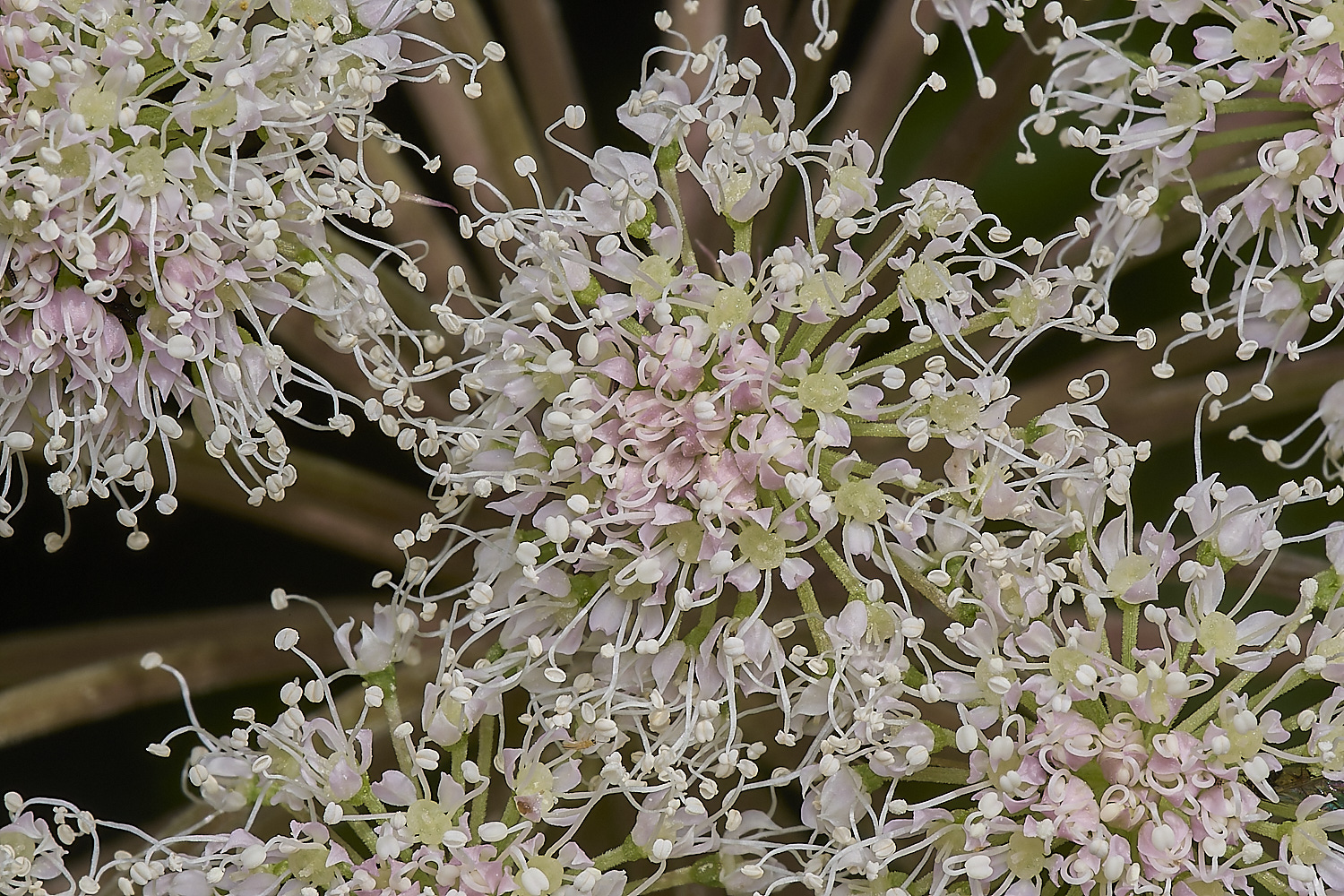
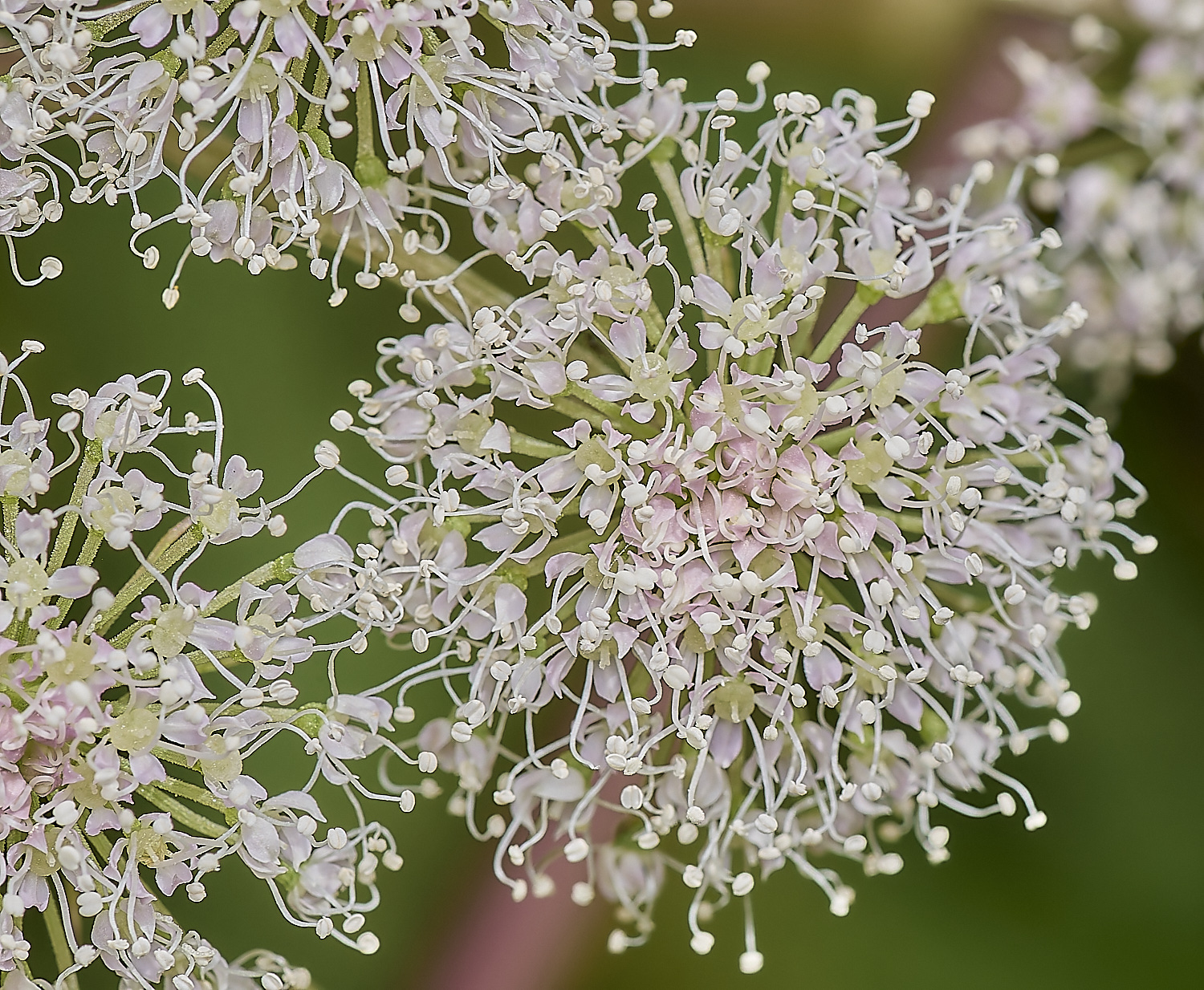
Wild snow
Angelica (Angelica archangelica) flowers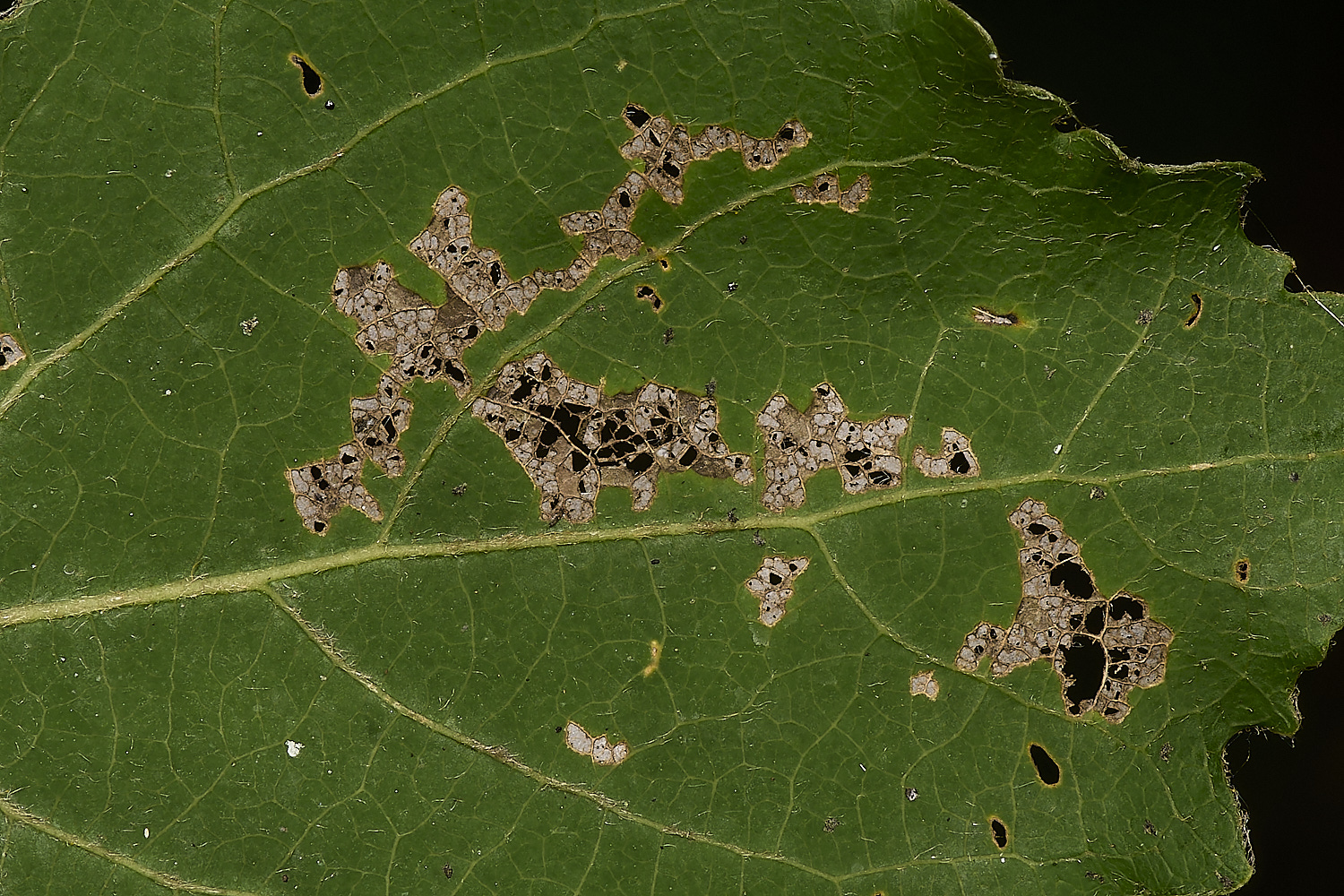
On Aspen?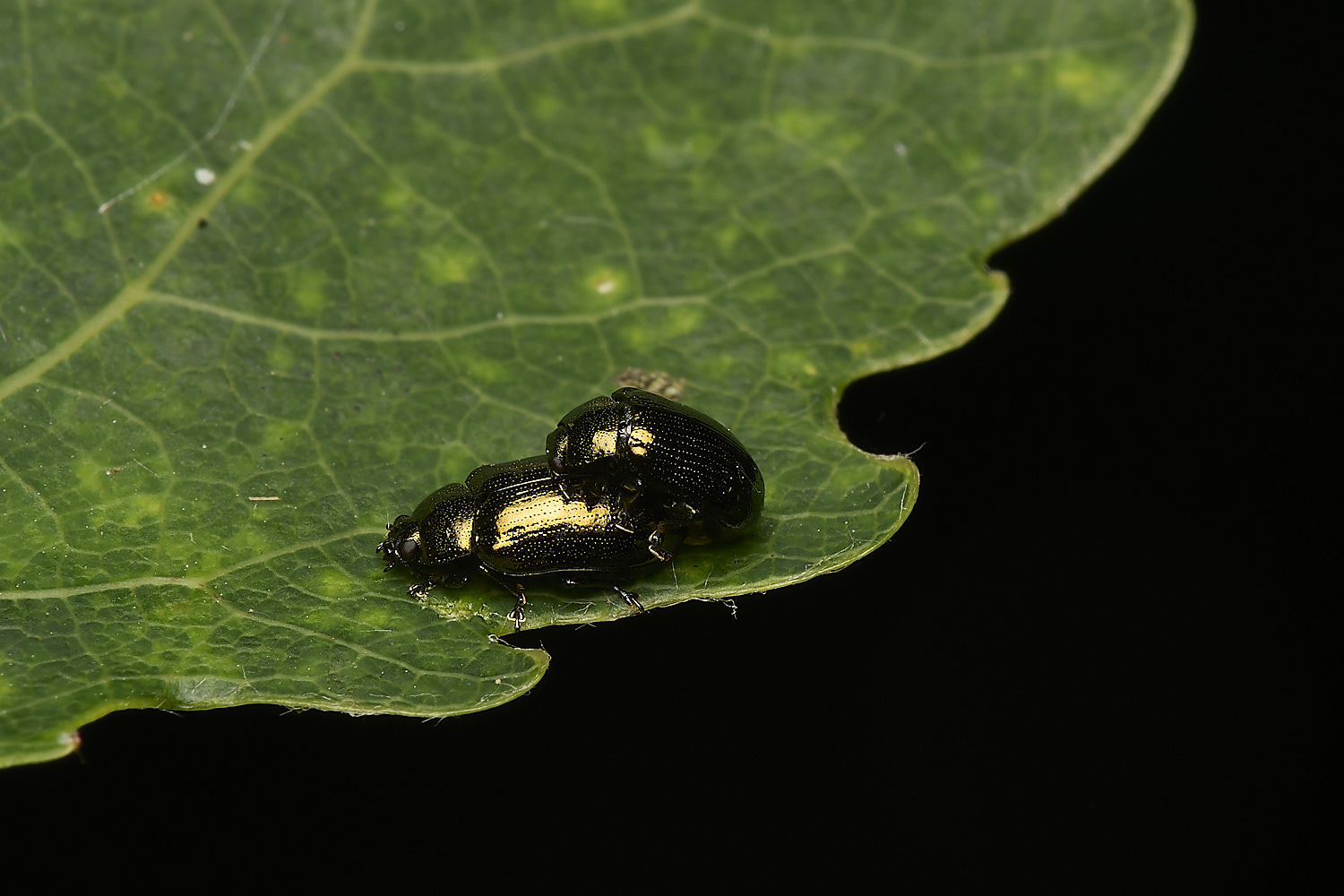
?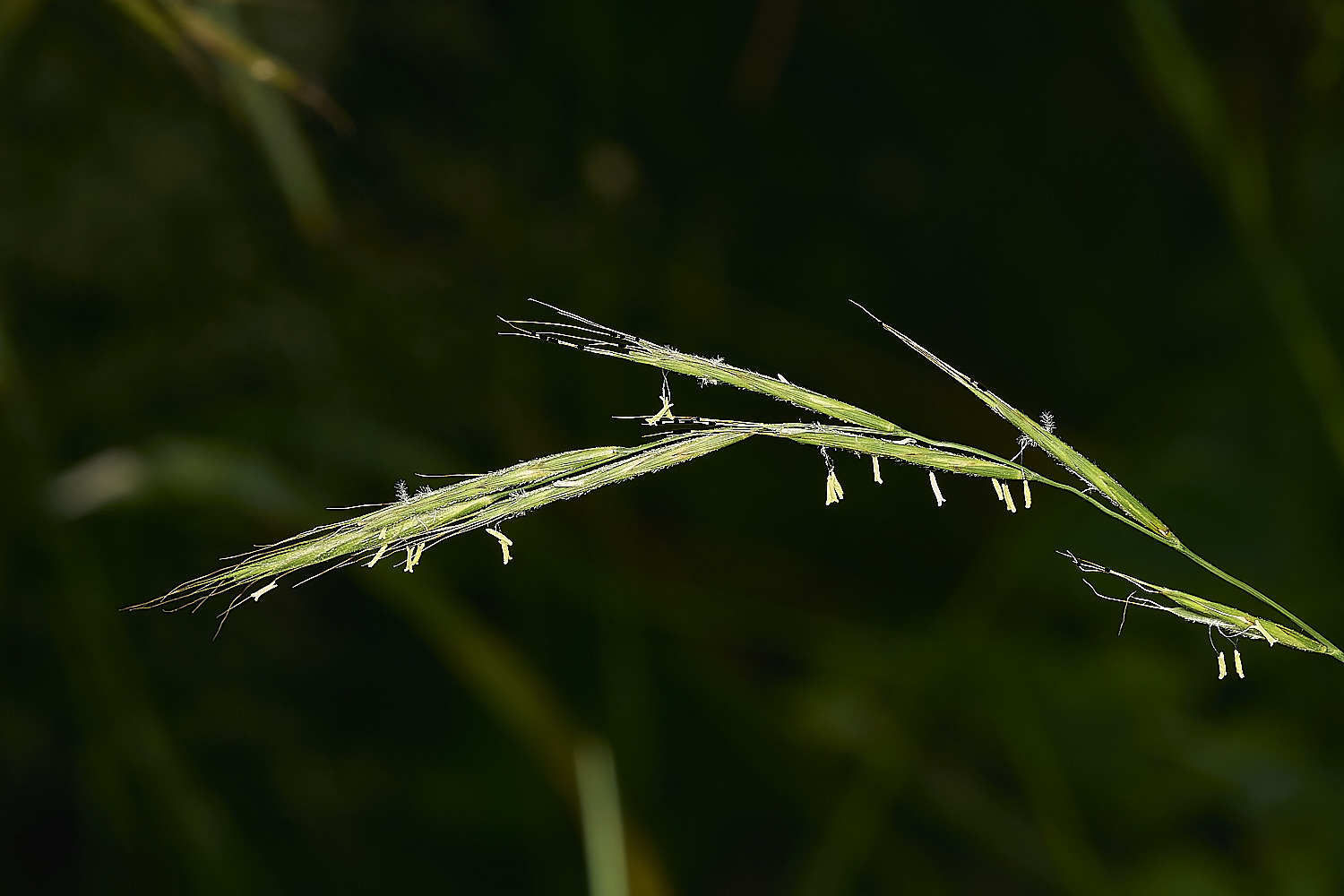
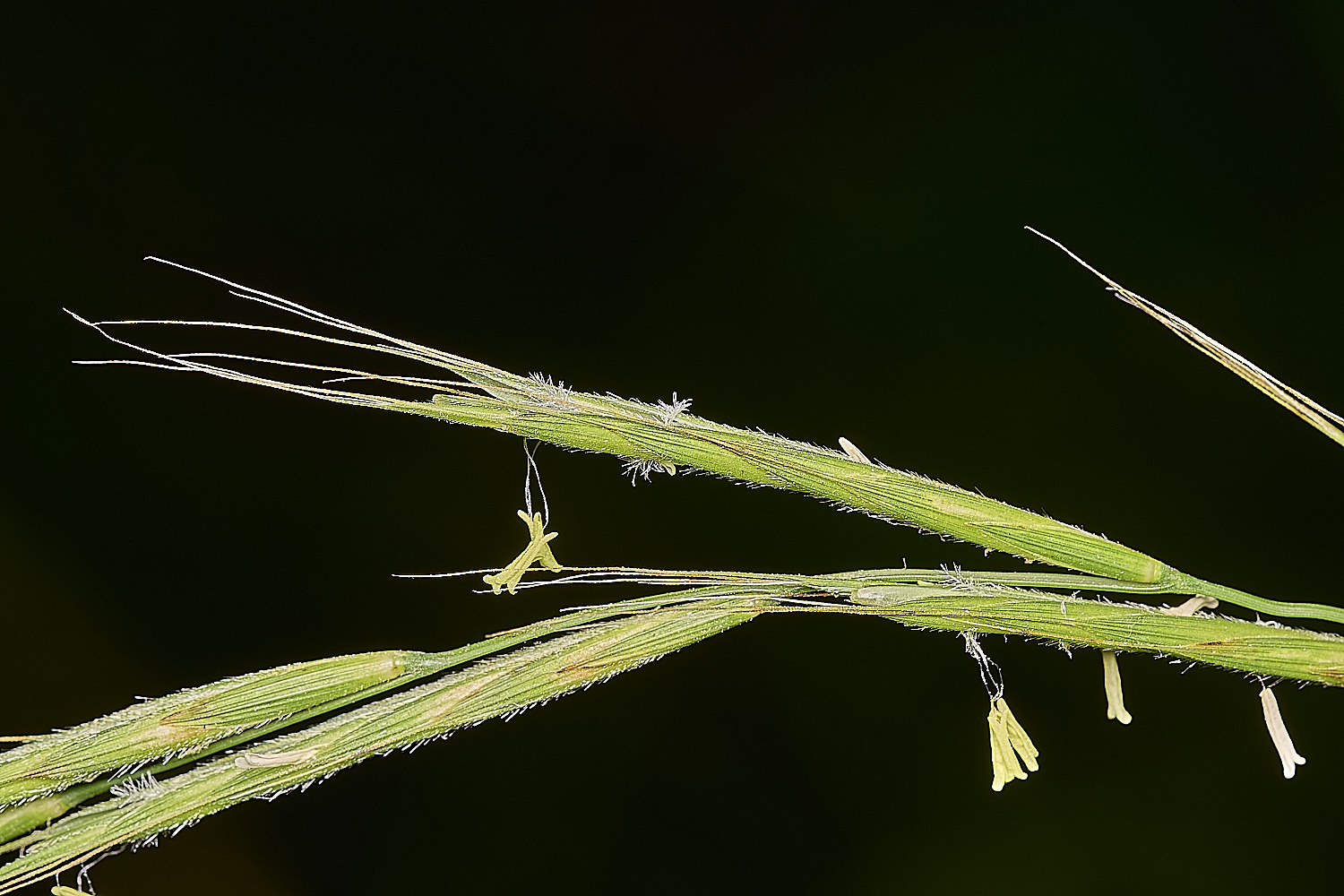
False Brome (Brachypodium sylvaticum)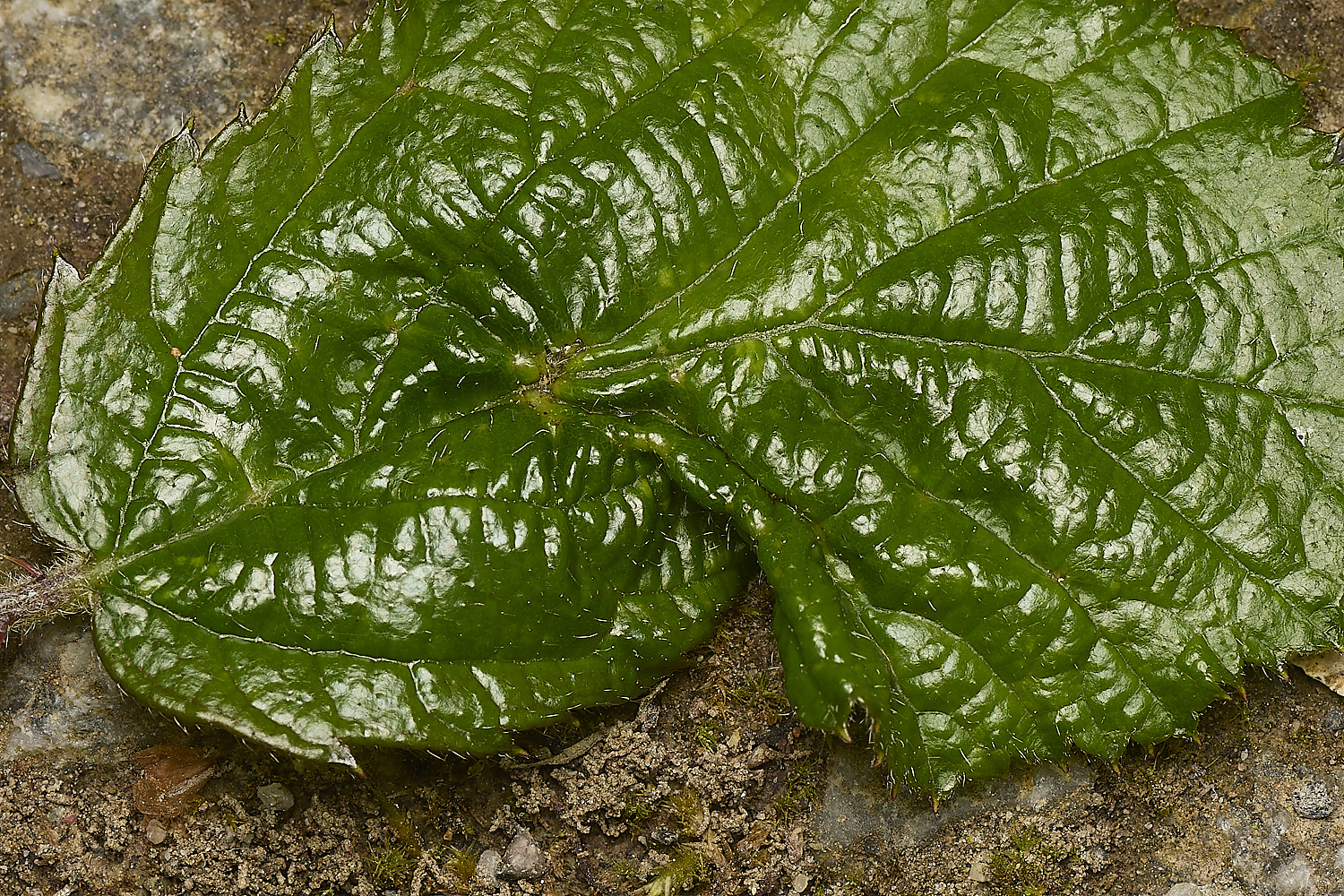
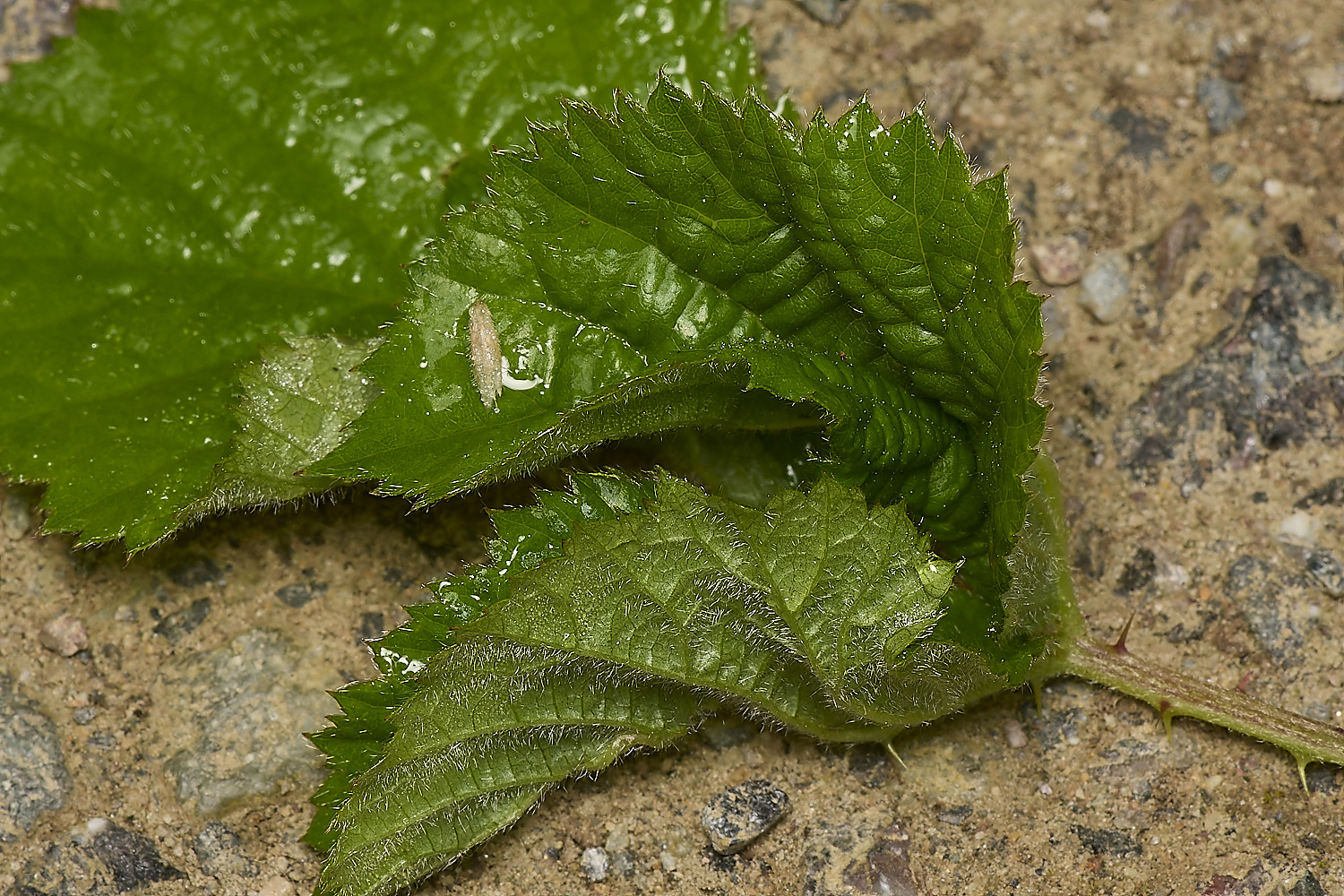
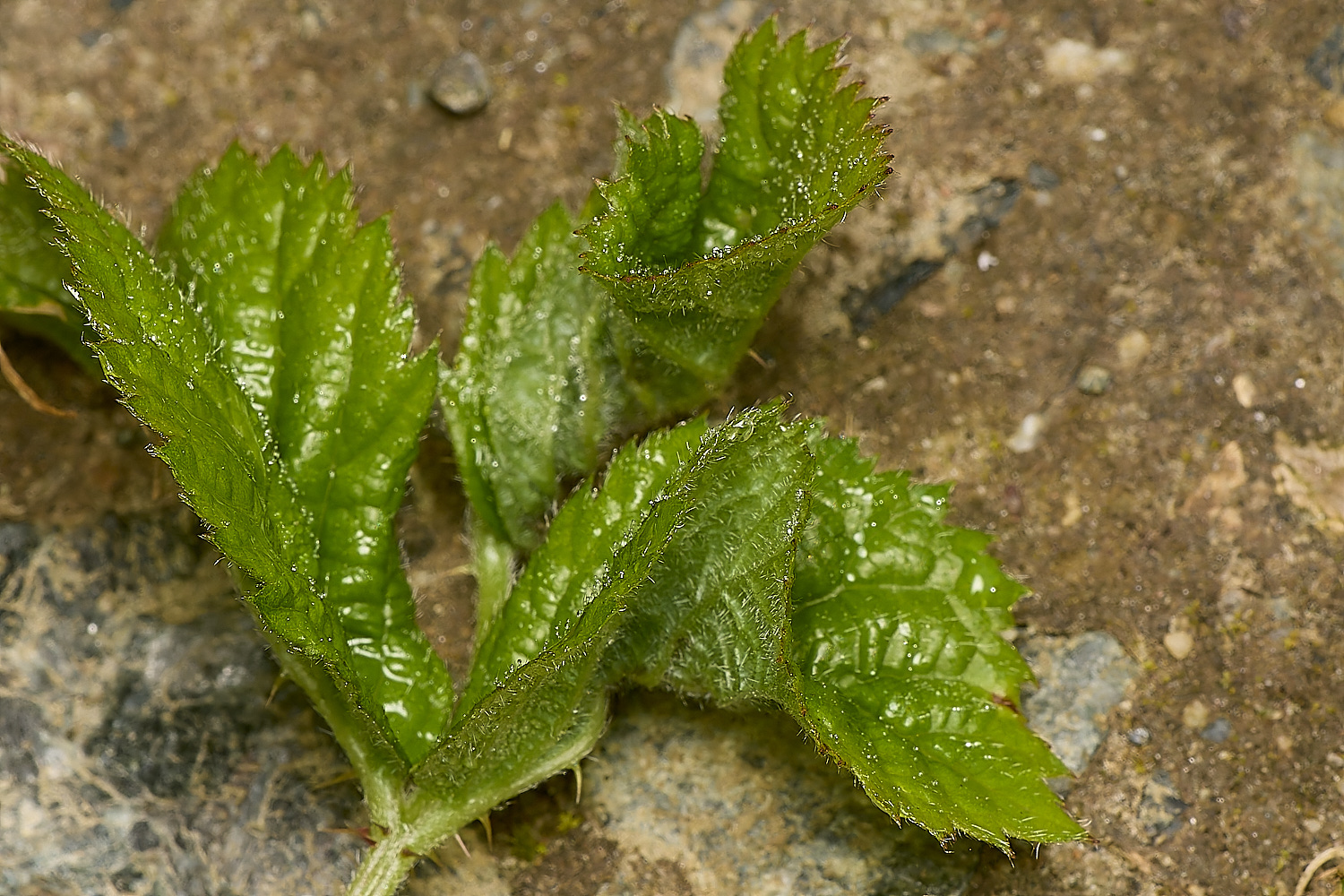
Blackberry Leaf Midge
The larvae of the Blackberry Leaf Midge (Dasineura plicatrix) cause galls to form on Bramble.
The young leaf is creased, pleated or buckled with thickened veins.
The larvae are present in the creases briefly in late spring and early summer.
from
Naturespot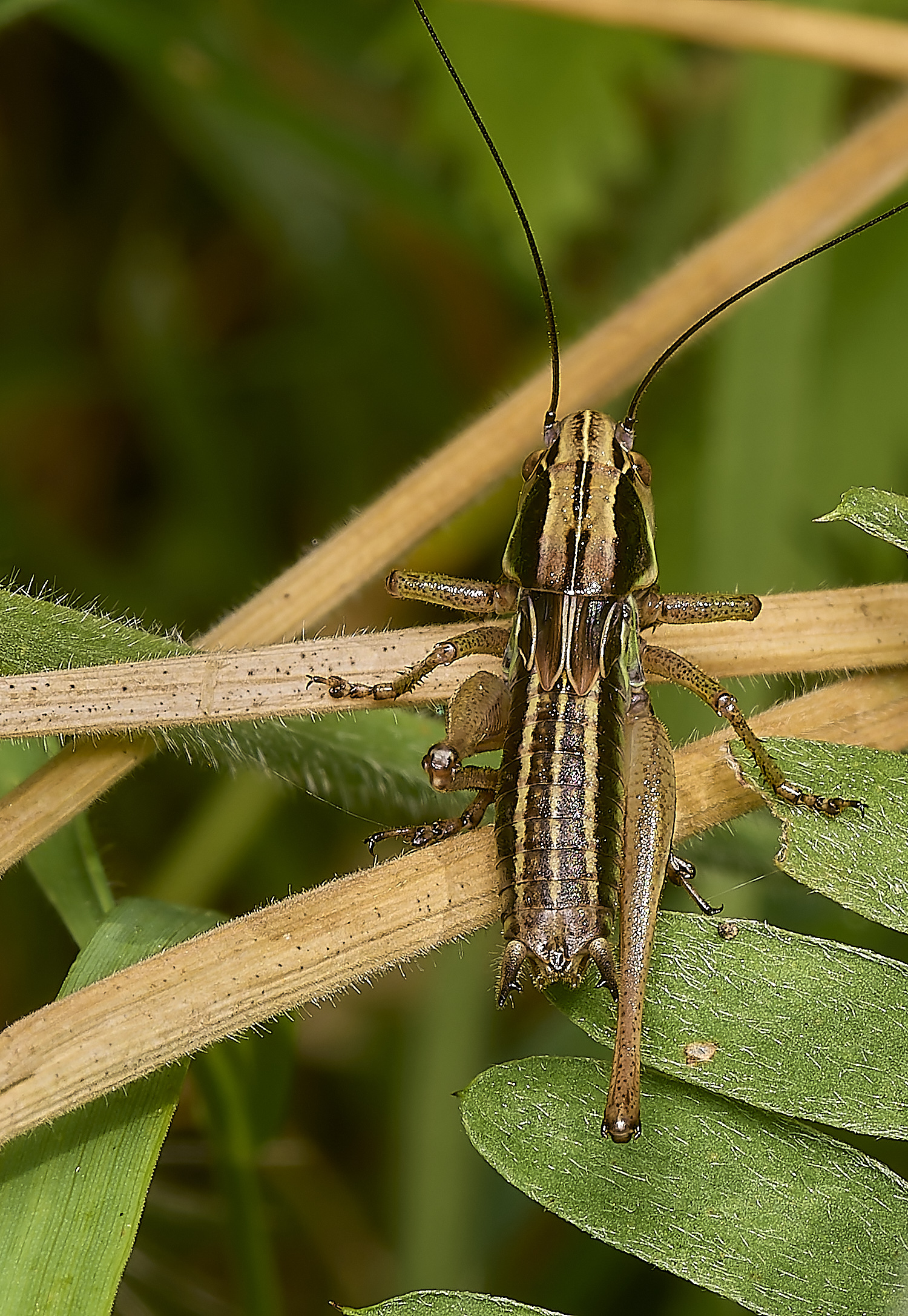
Roesel's bush-cricket (Roeseliana roeselli)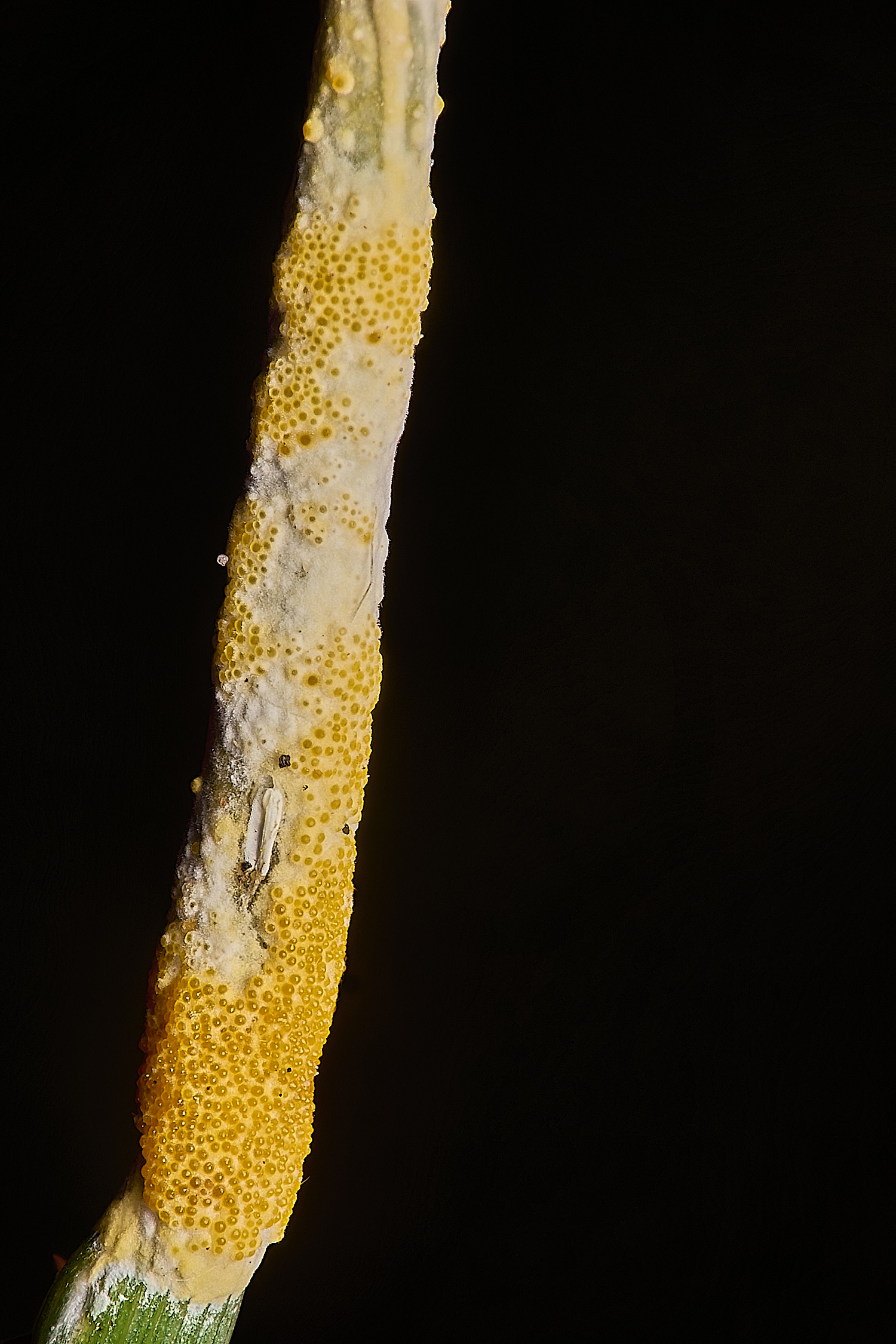
Choke (Epichloe Sp) on Cock's-foot (Dactylis glomerata) 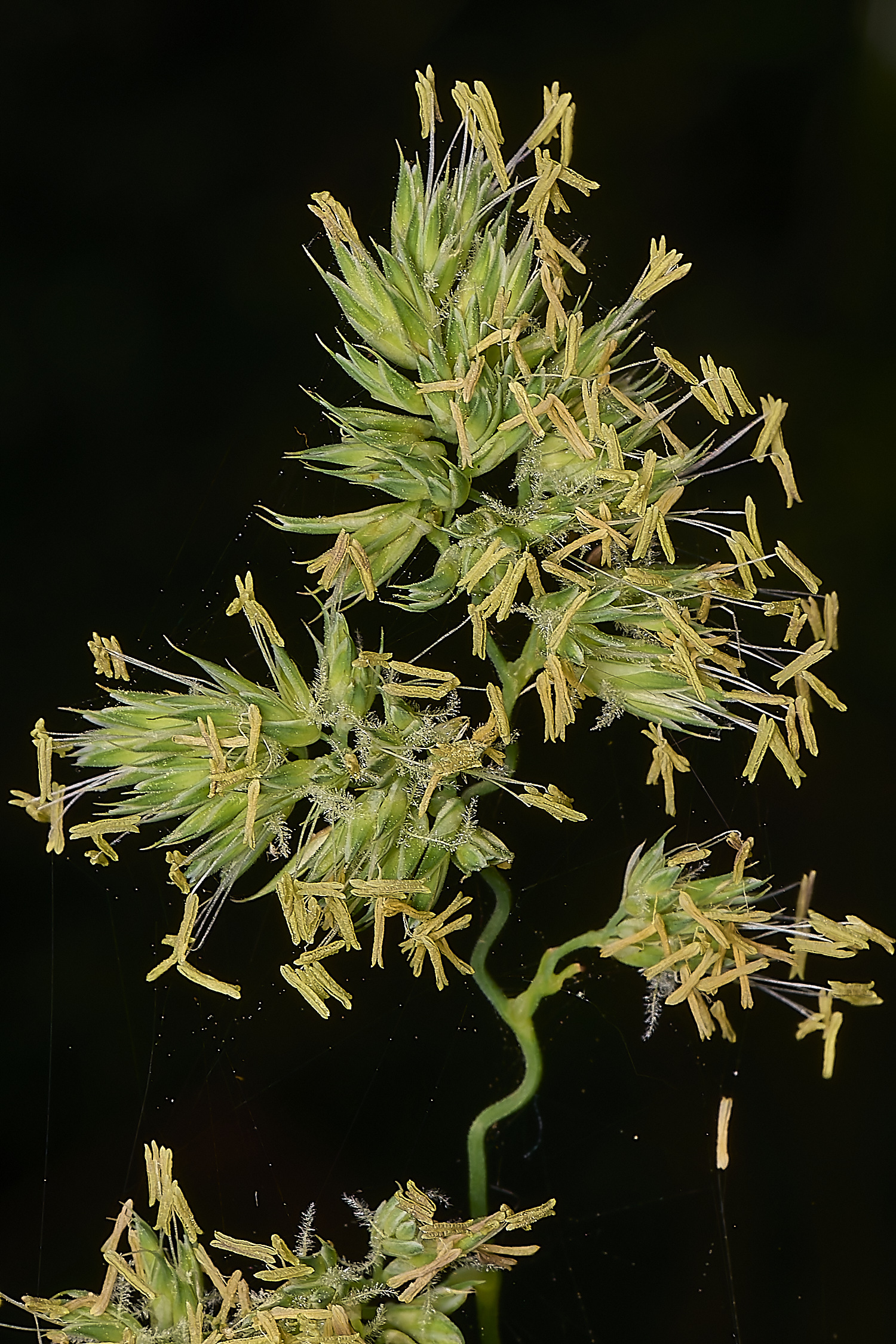
Cock's-foot grass (Dactylis glomerata)
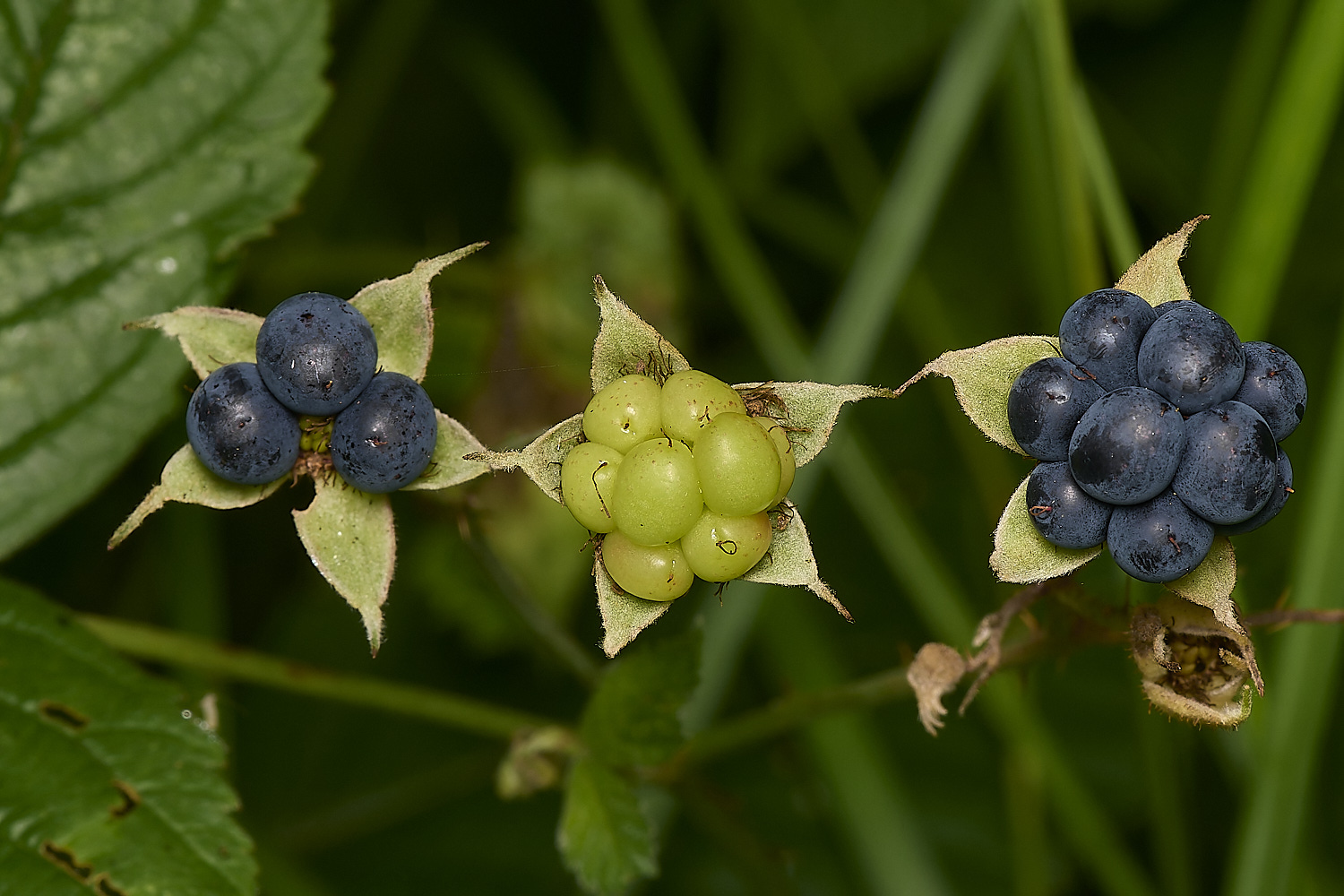
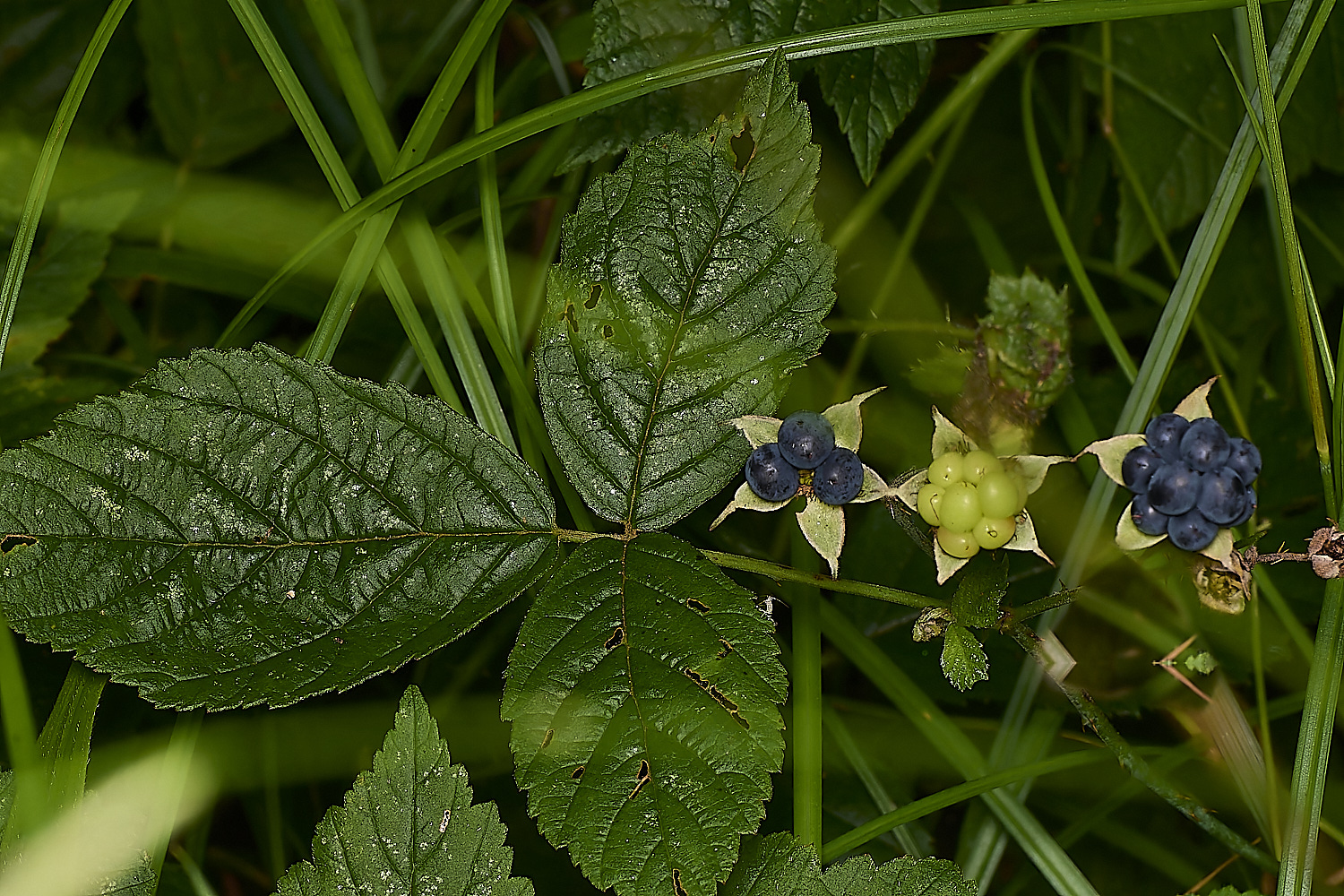
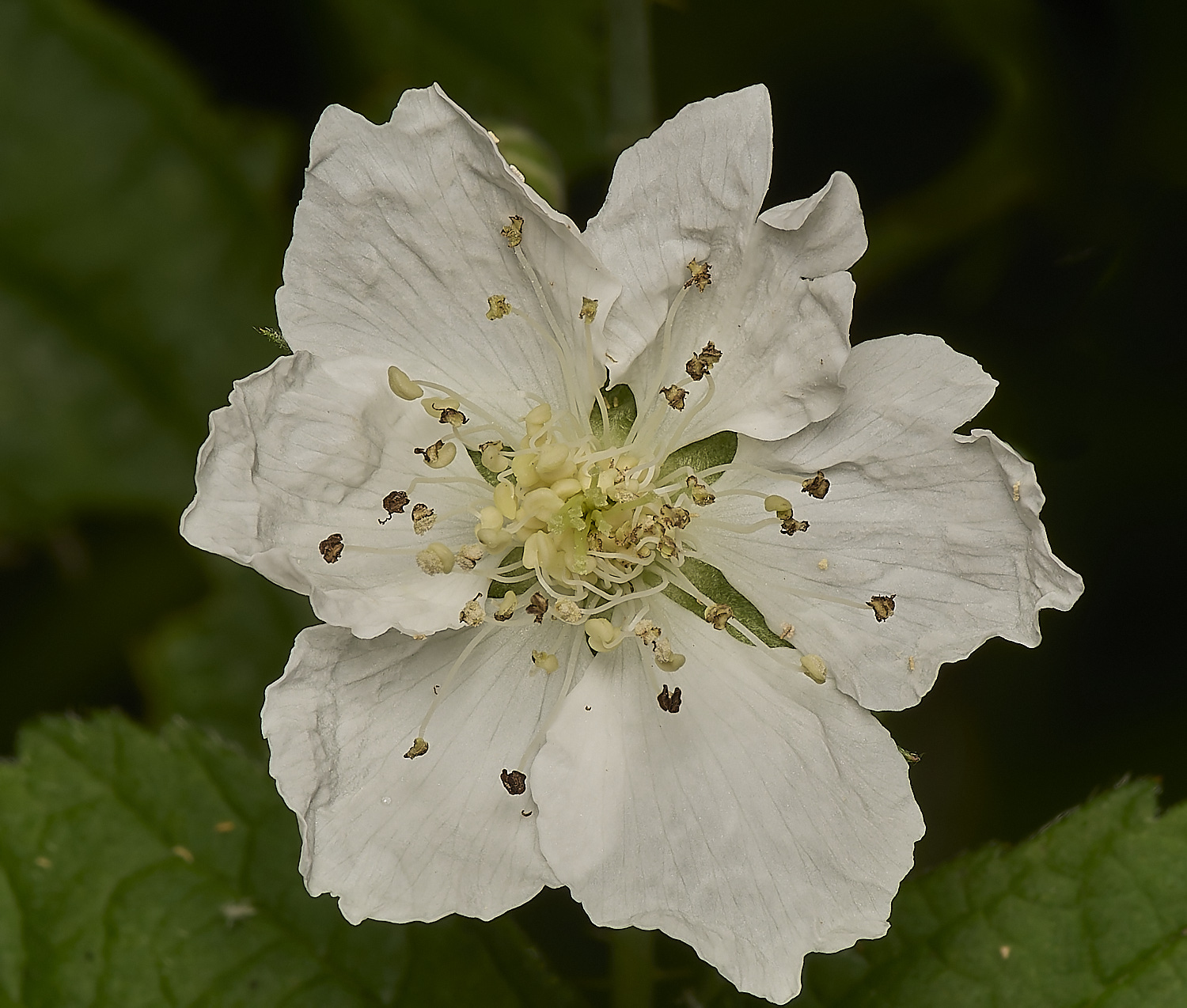
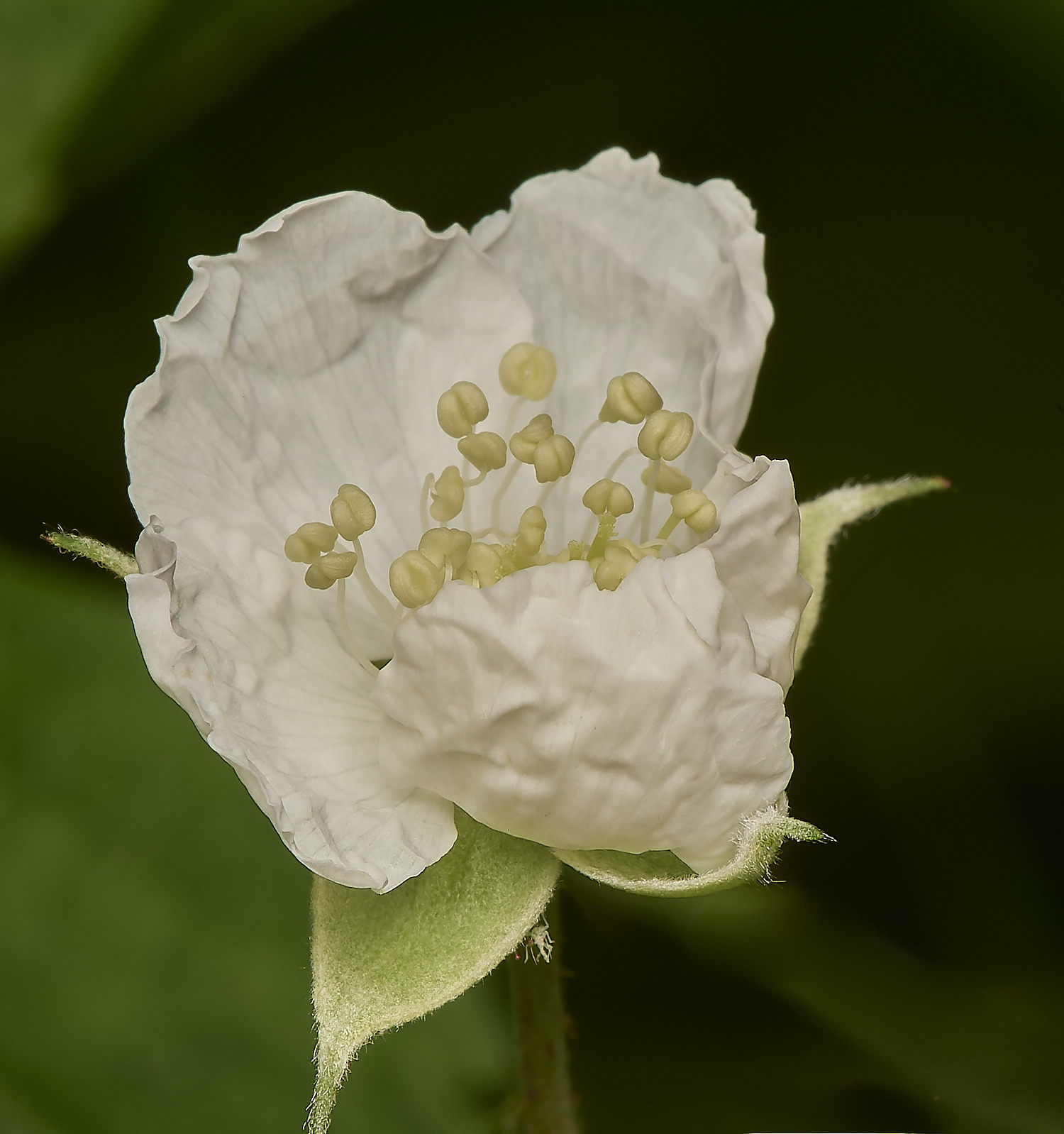
Common Dewberry (Rubus caesius)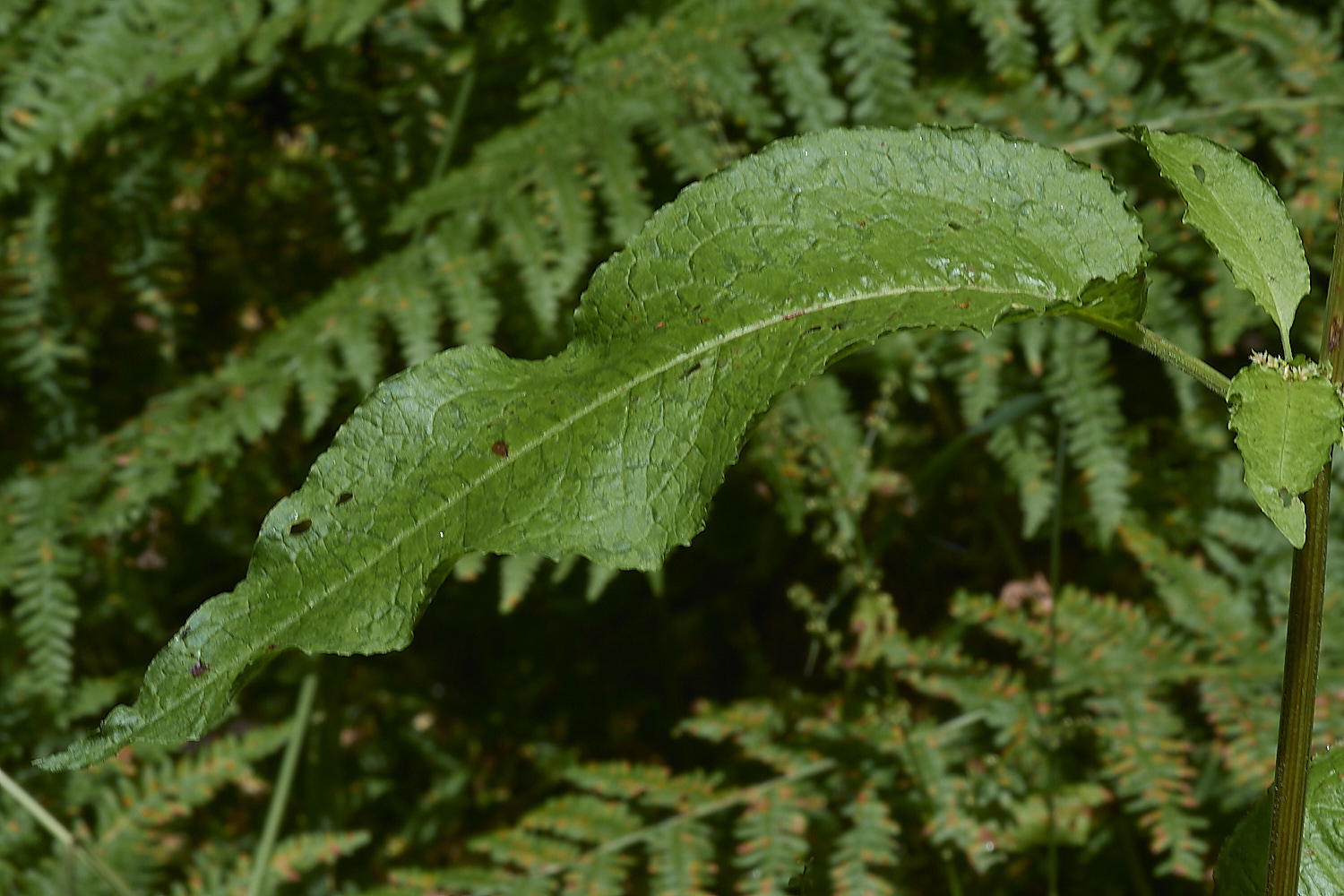
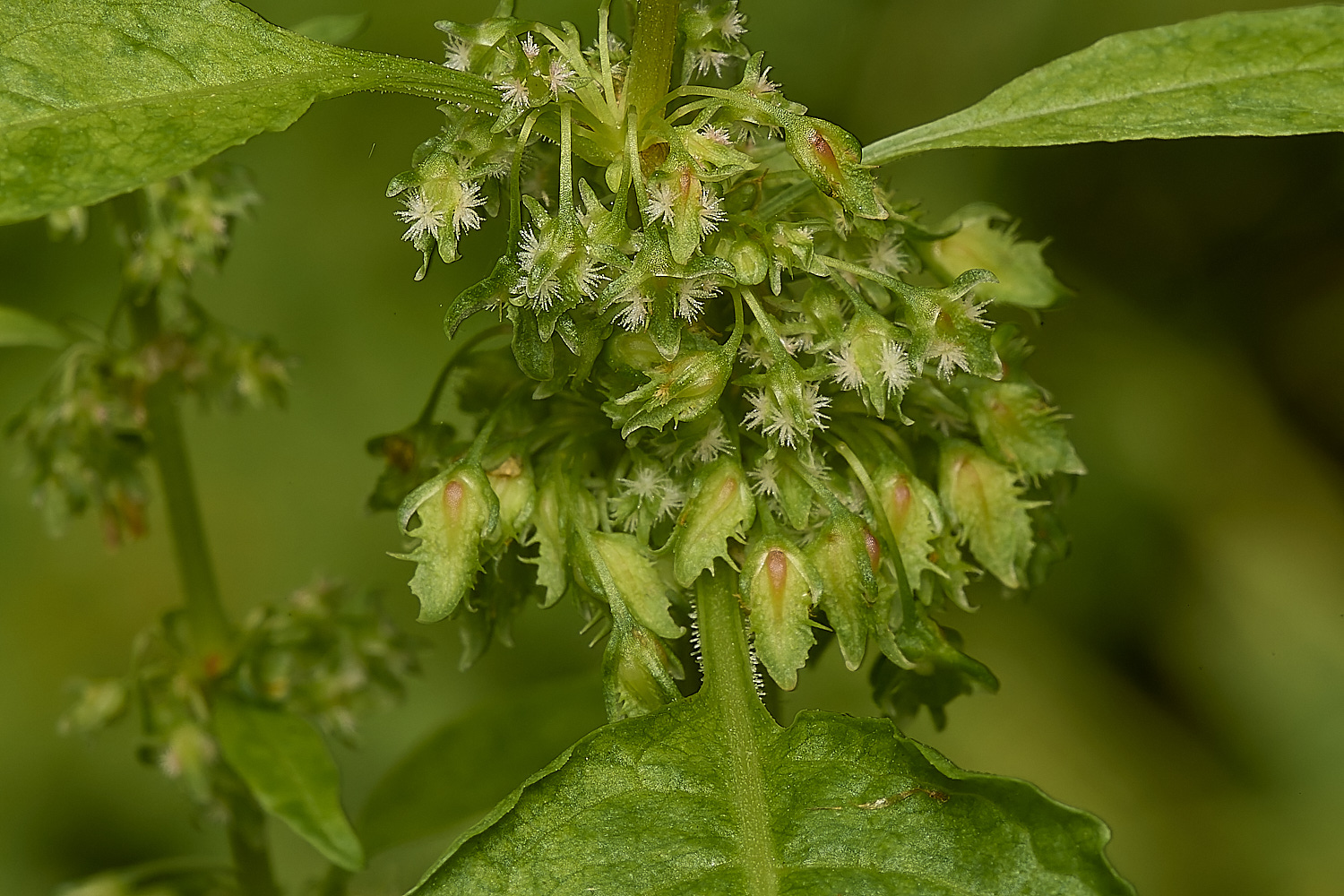
Dock Sp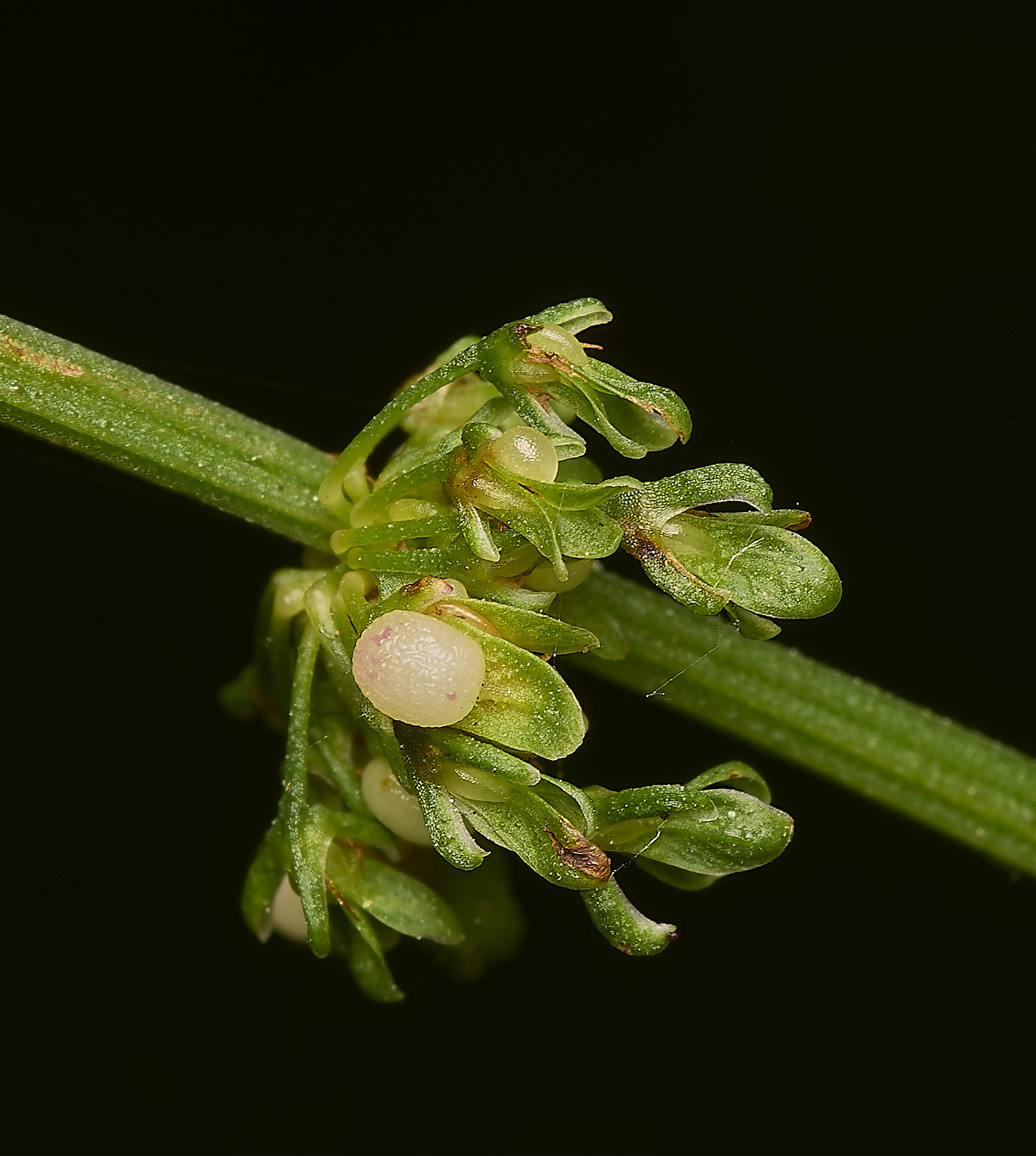
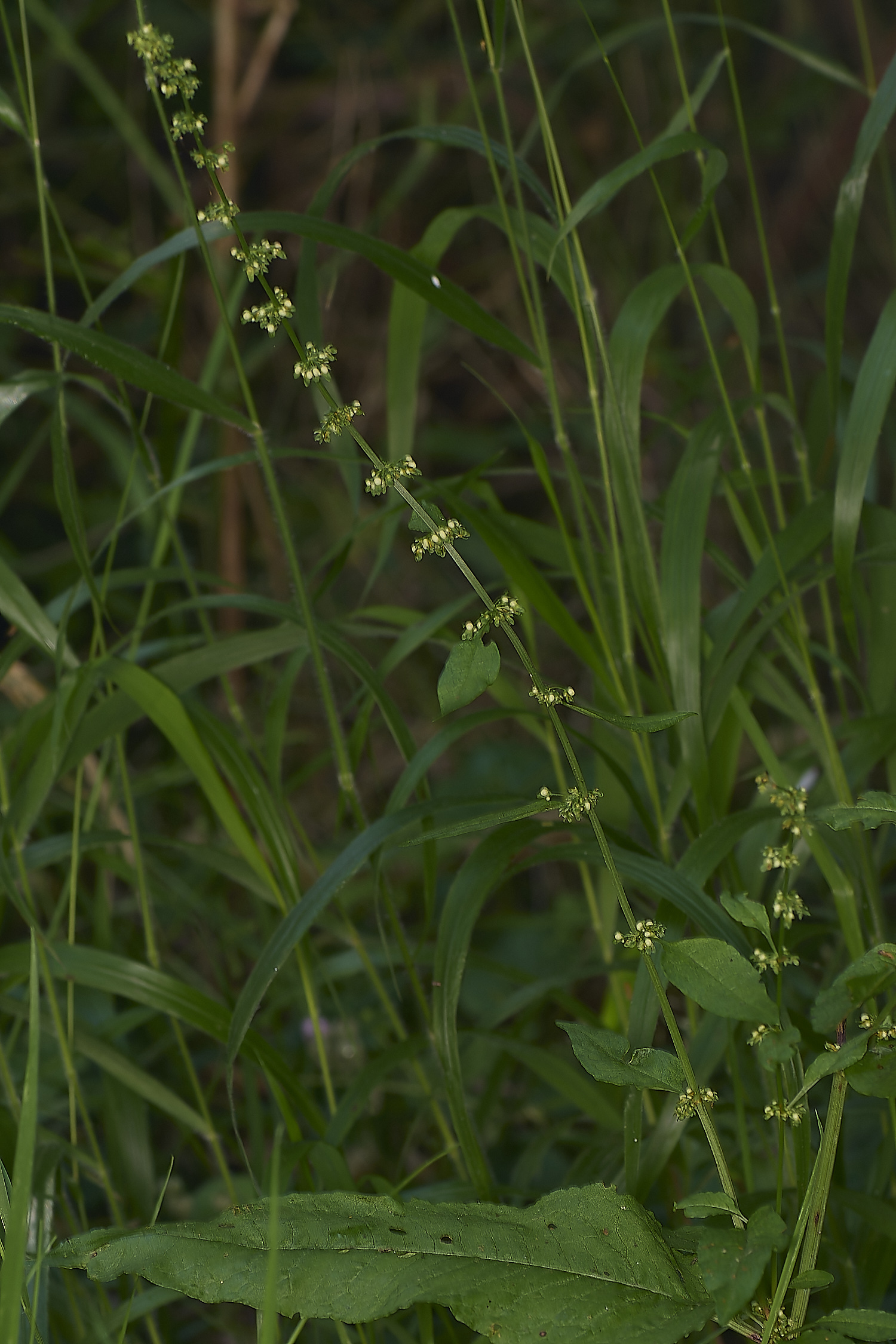
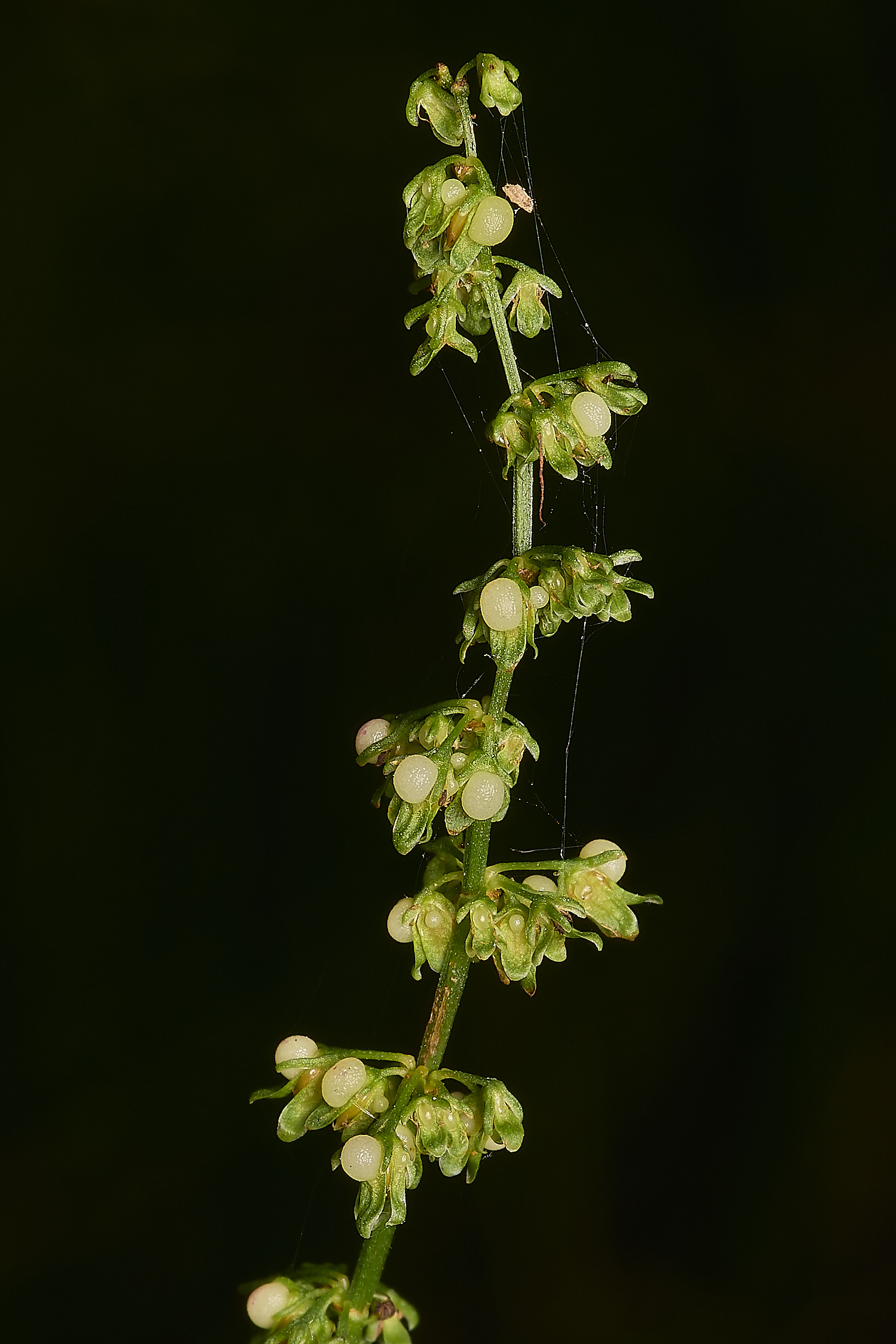
Dock Sp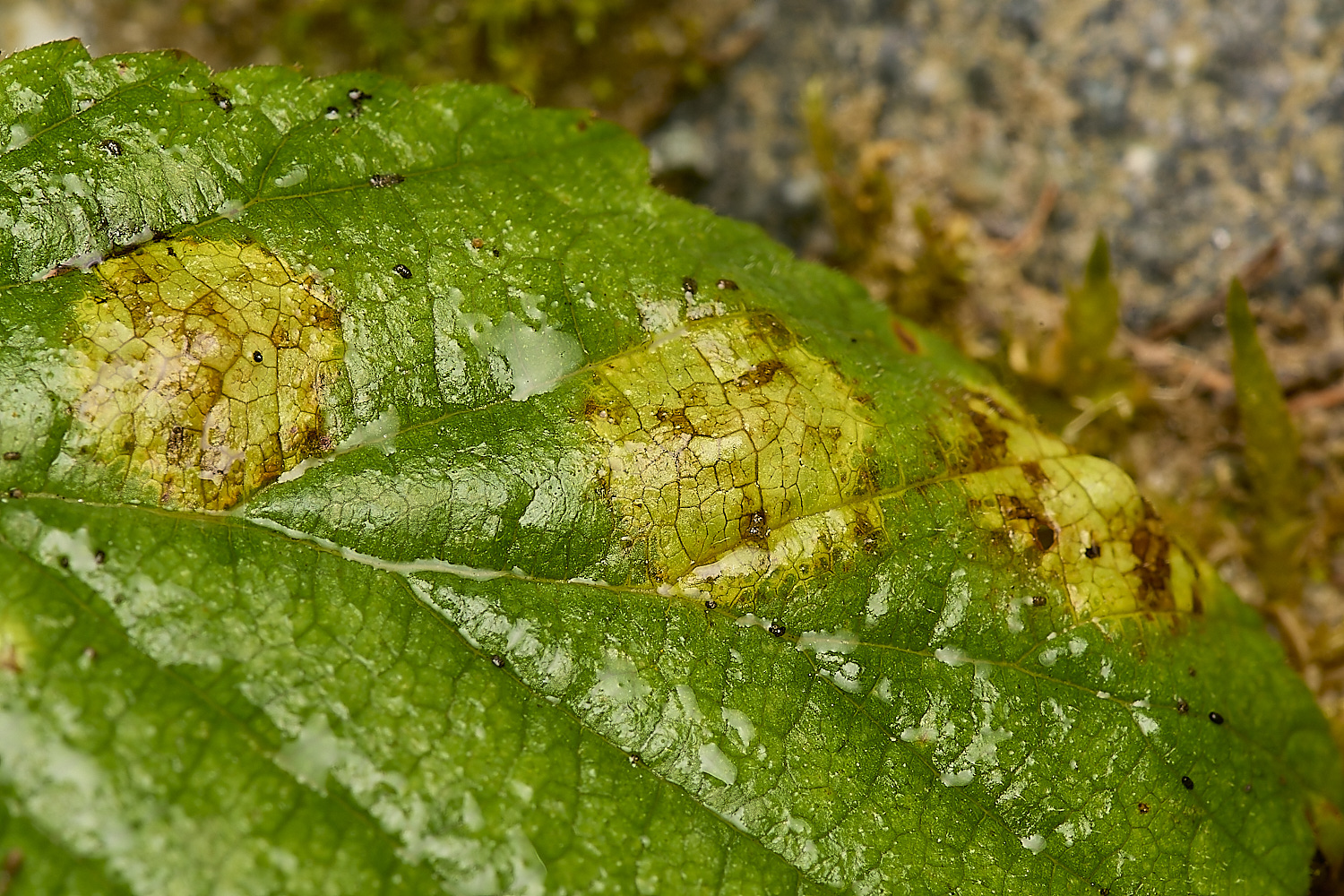
A gall midge Dasineura pustulans causes this kind of gall on Meadowsweet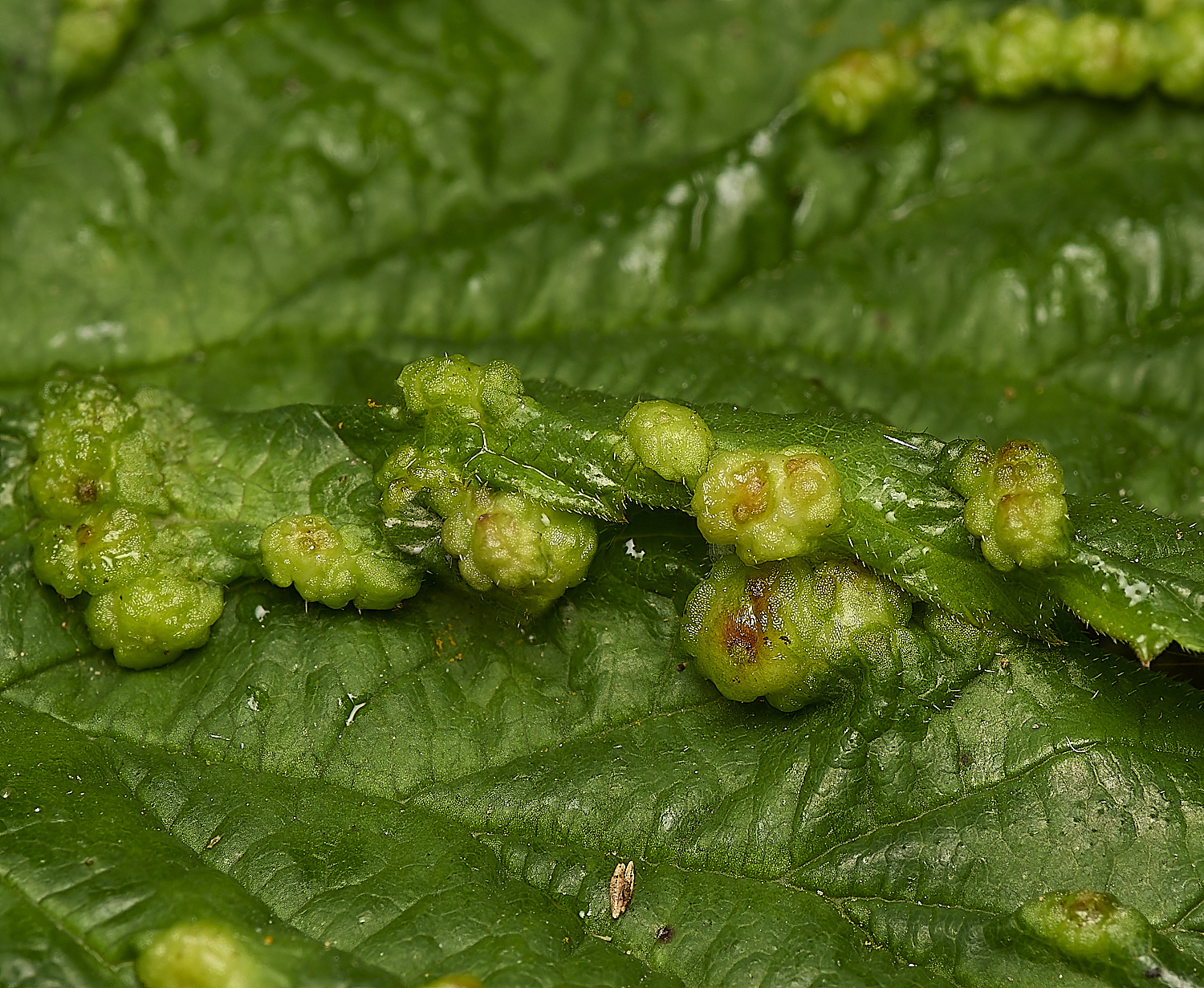
Gall on Meadowsweet
The larva of the Gall Midge Dasineura ulmaria causes gall to form on Meadosweet (Filipendula ulmaria)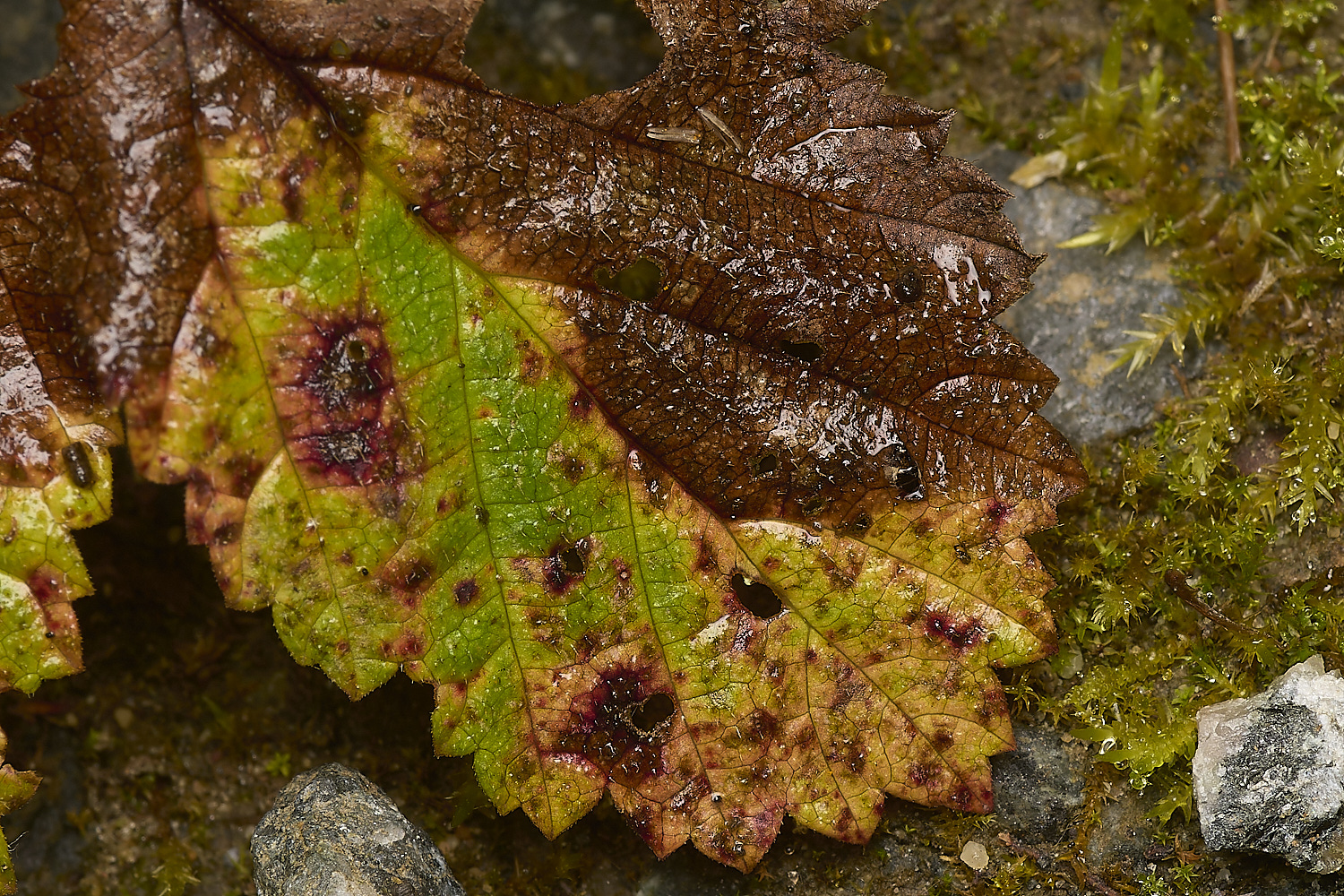
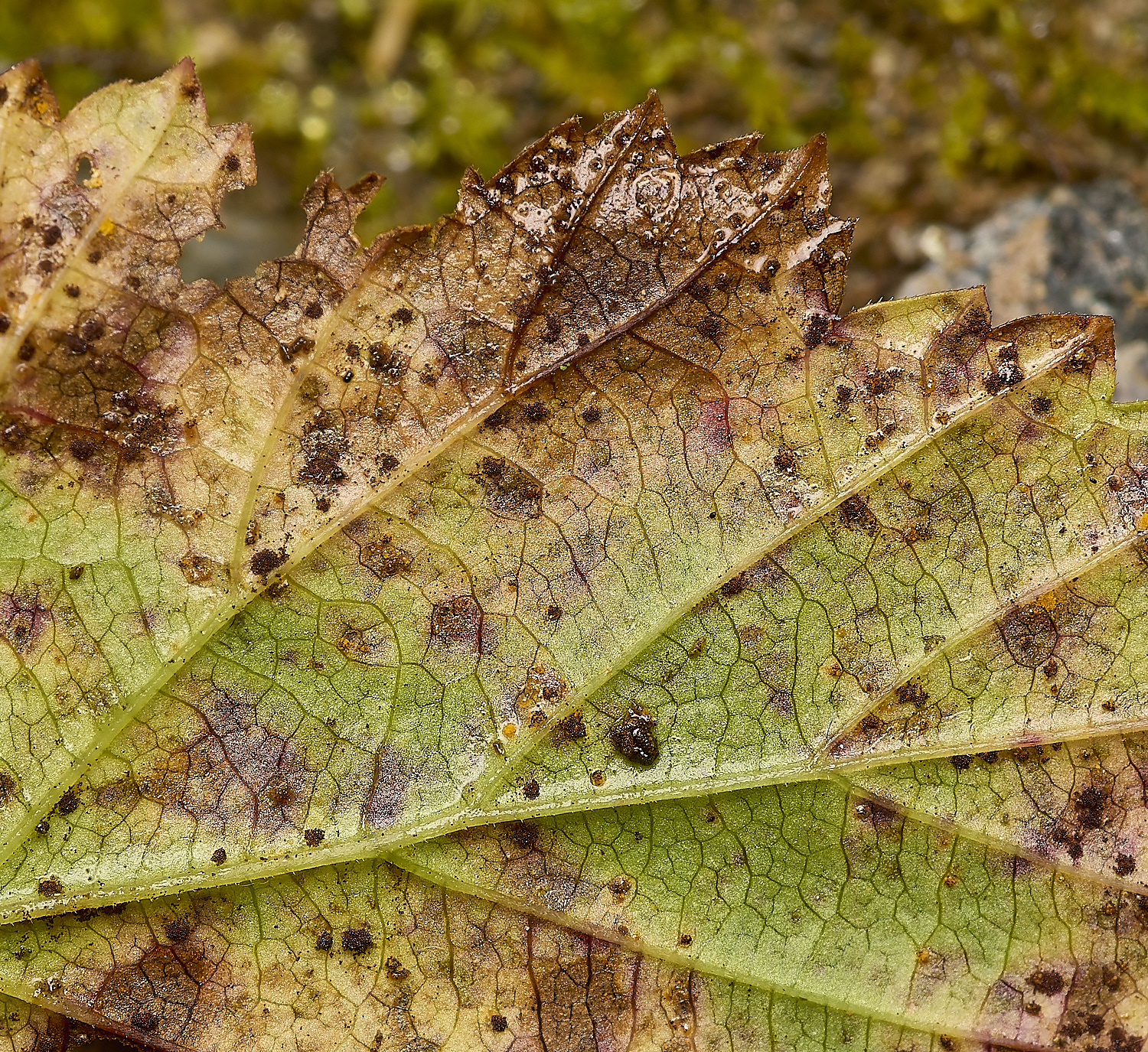
Meadowsweet Rust?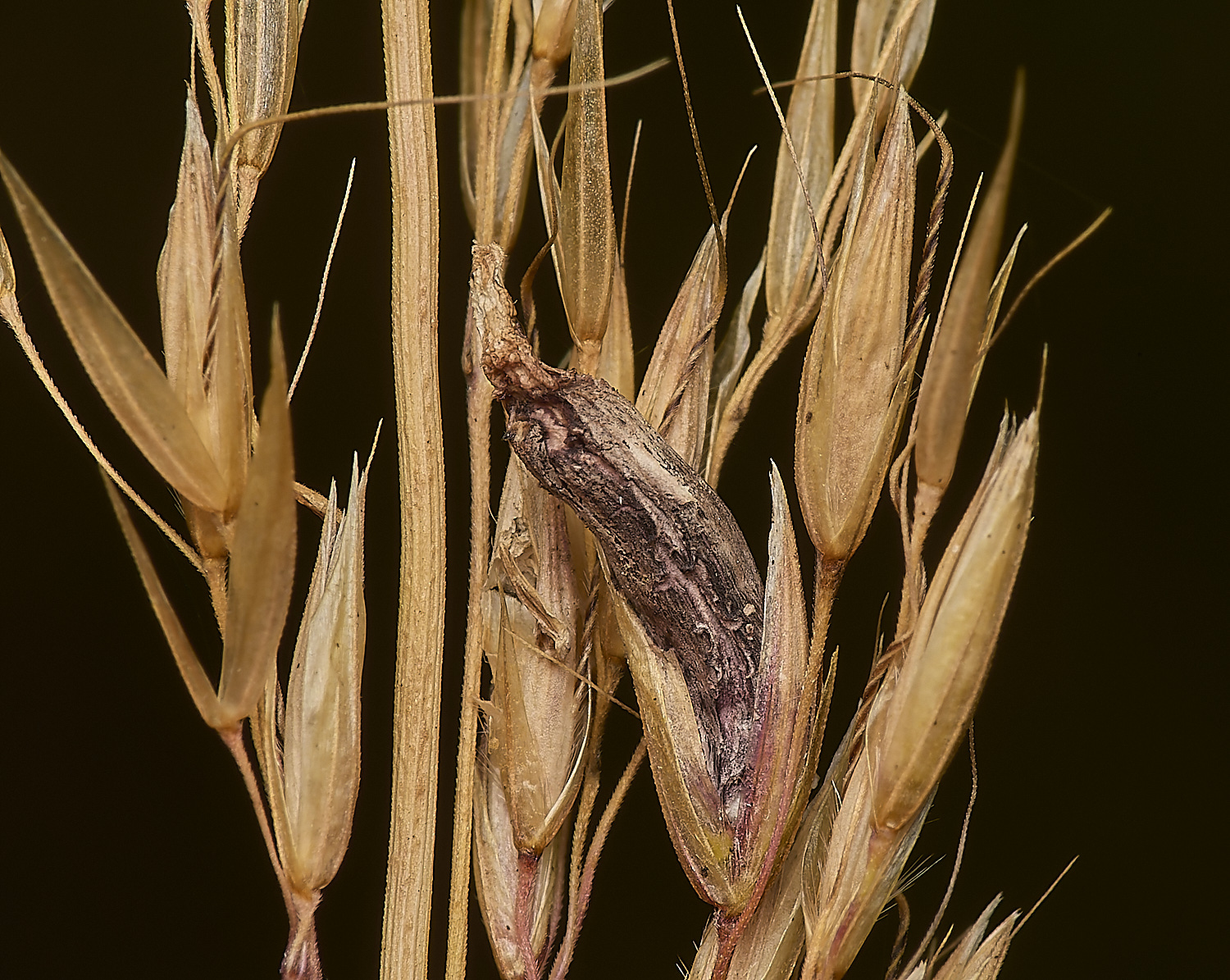
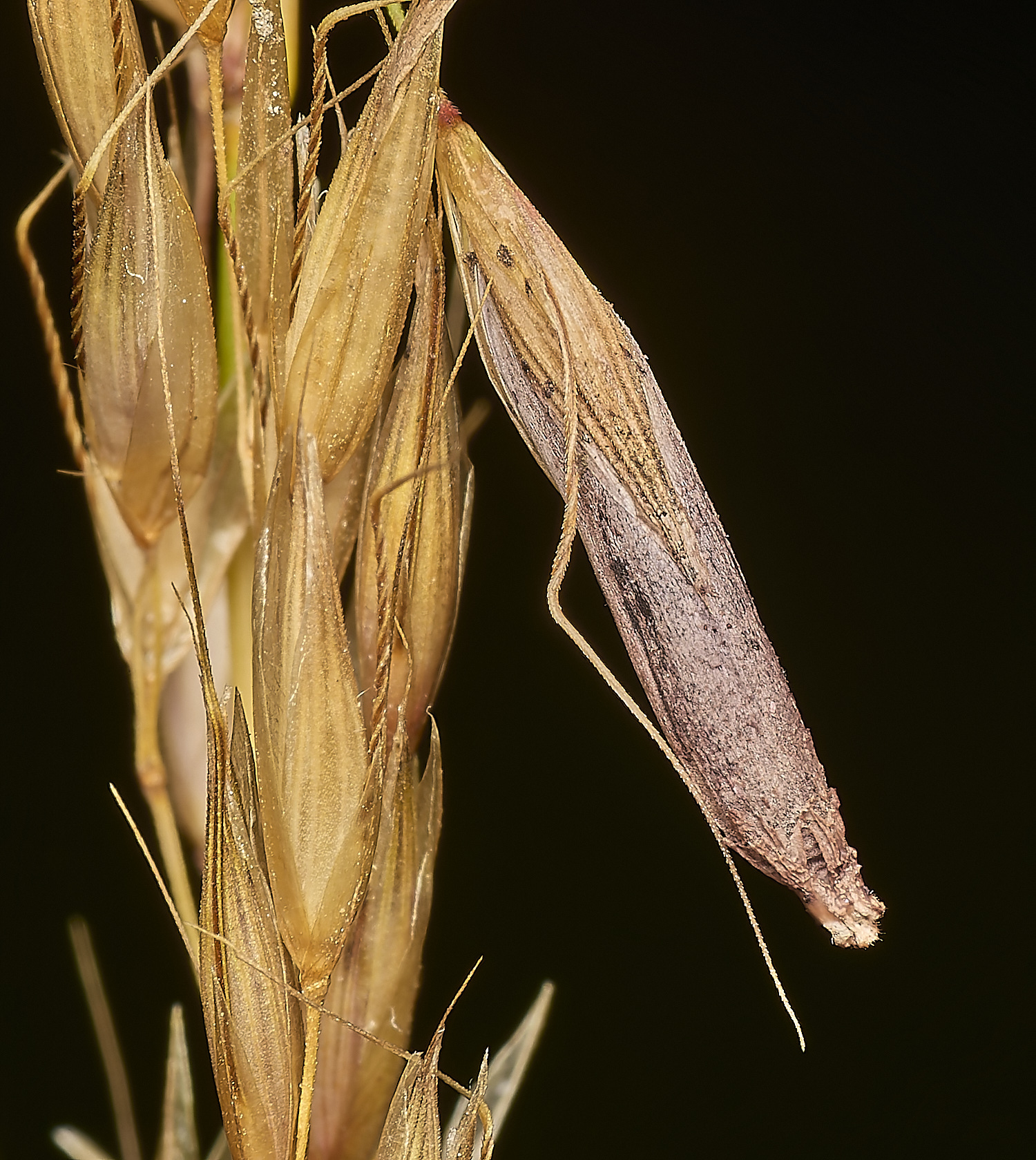
Ergot (Claviceps purpureus) on False oat-grass (Arrhenatherum elatius)
From Botany in Scotland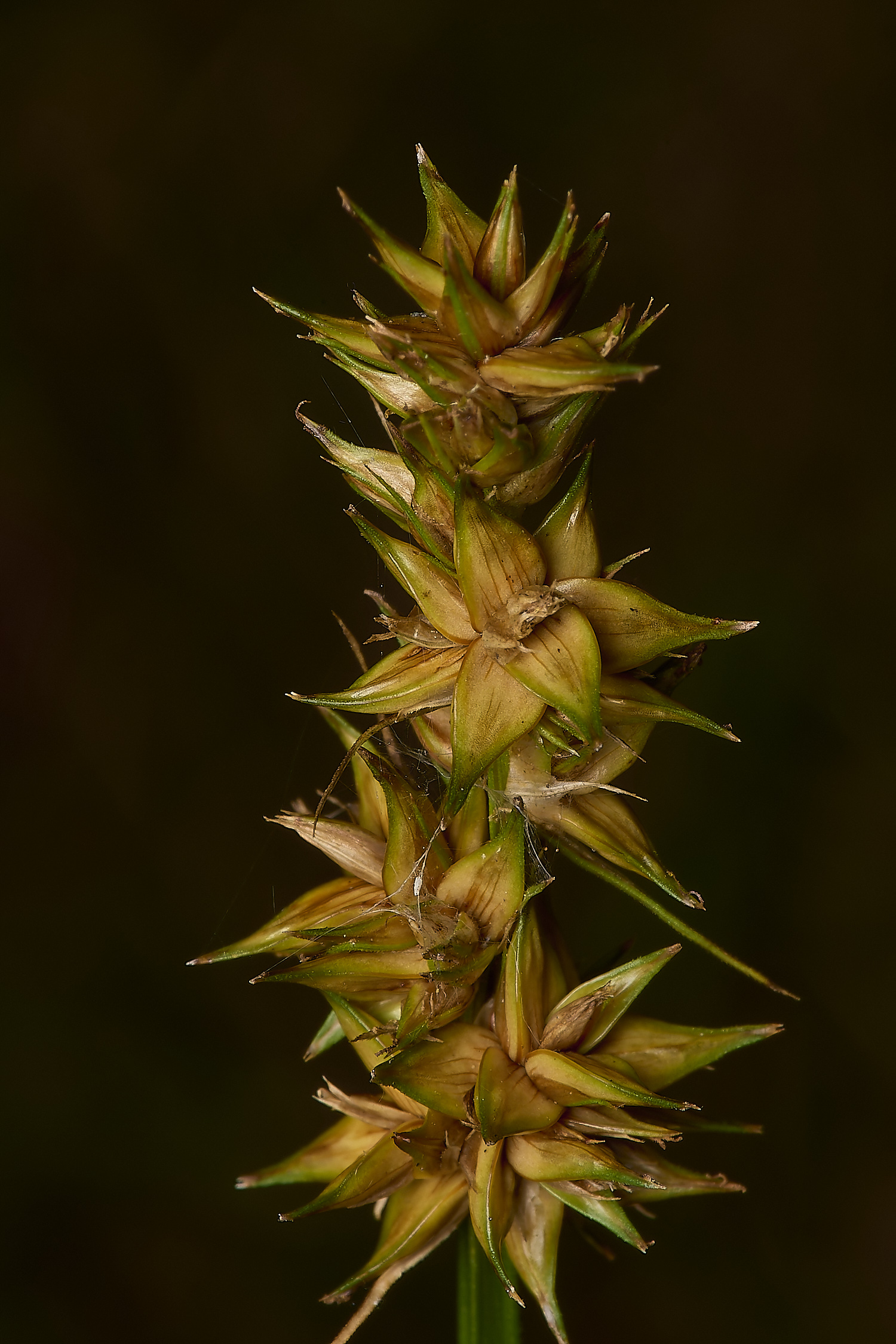
False Fox-sedge (Carex otrubae)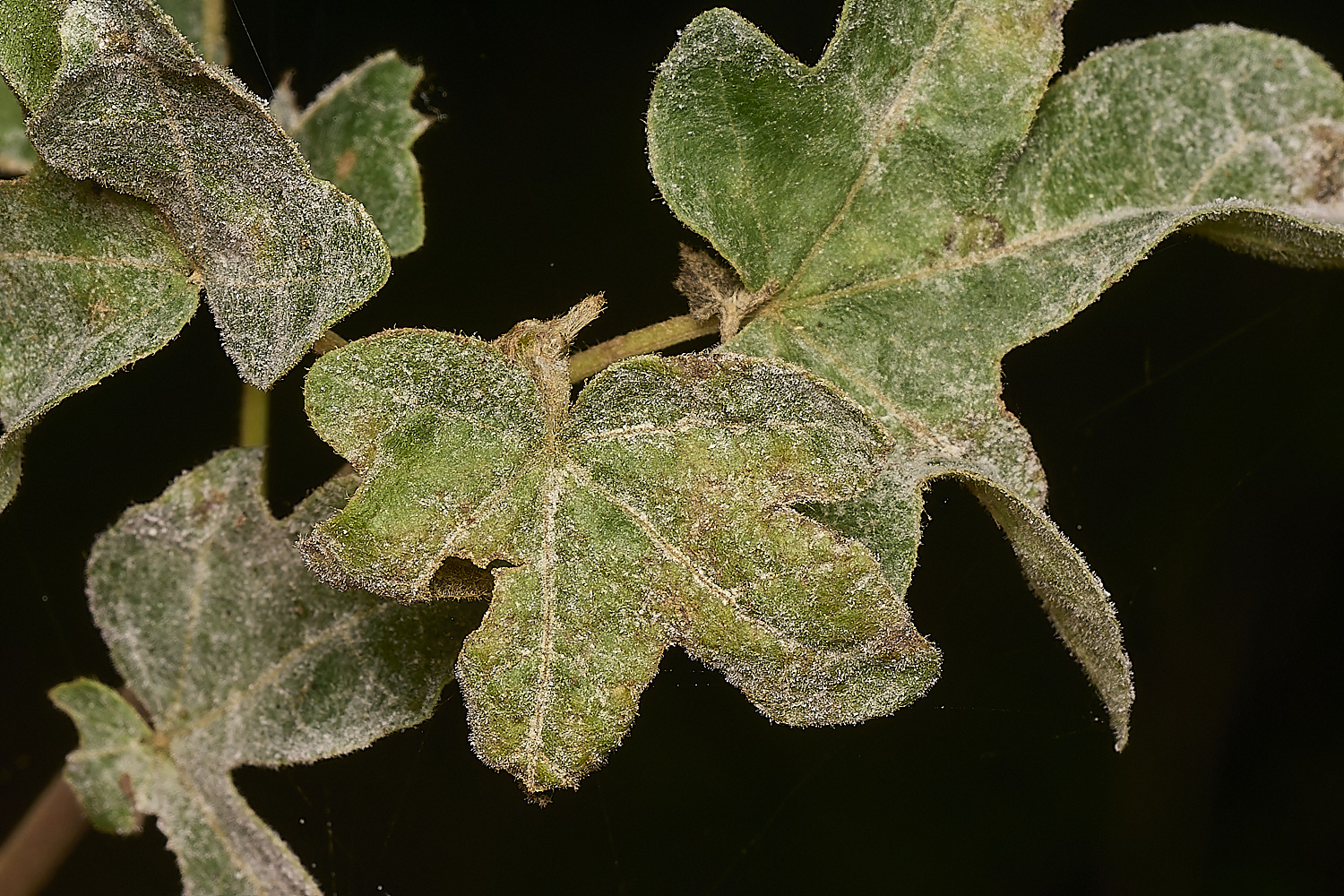
Powdery Mildew
Whitish covering on the leaves of Field Maple (Acer campestre)
Sawadaea bicornis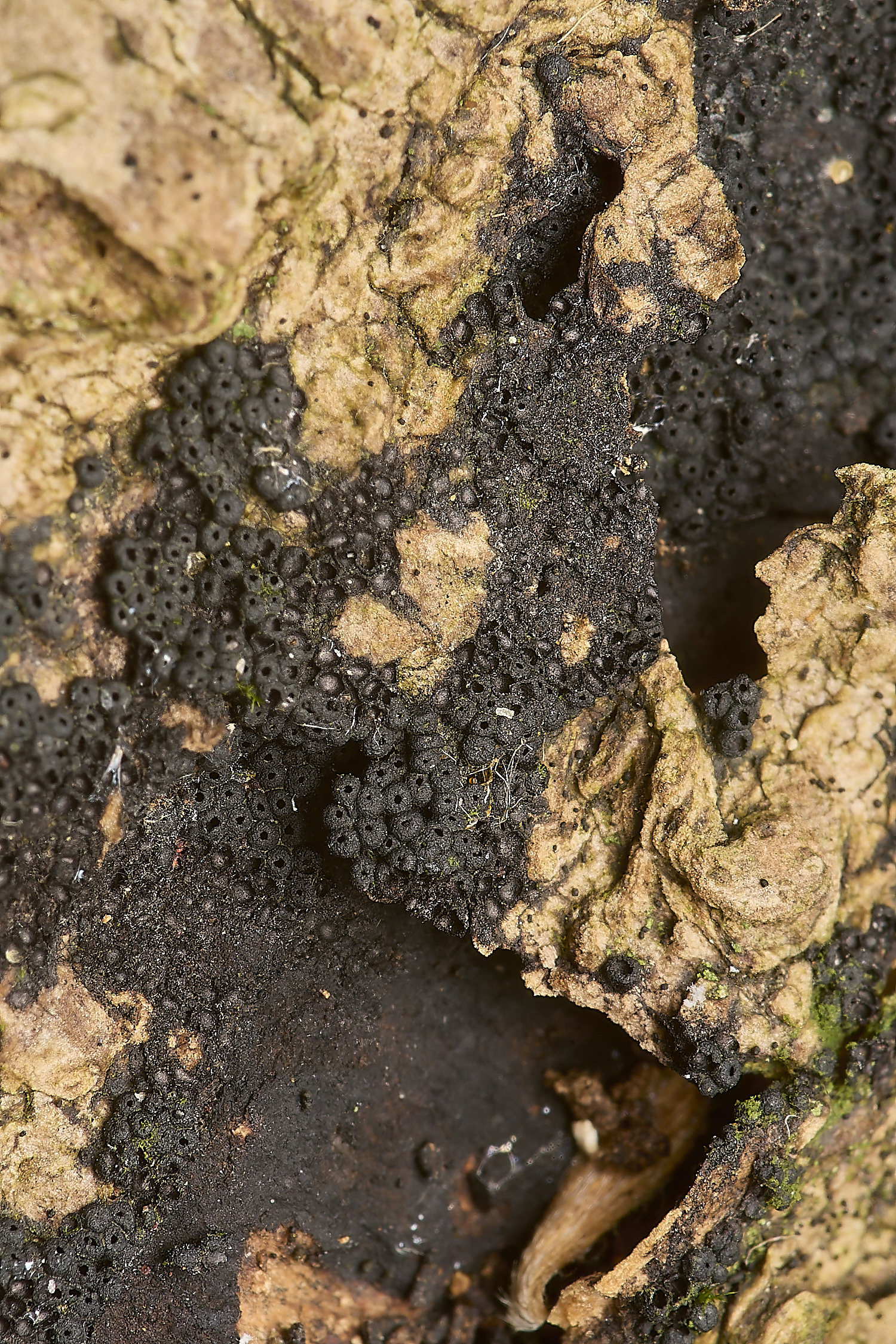
Fungus Sp?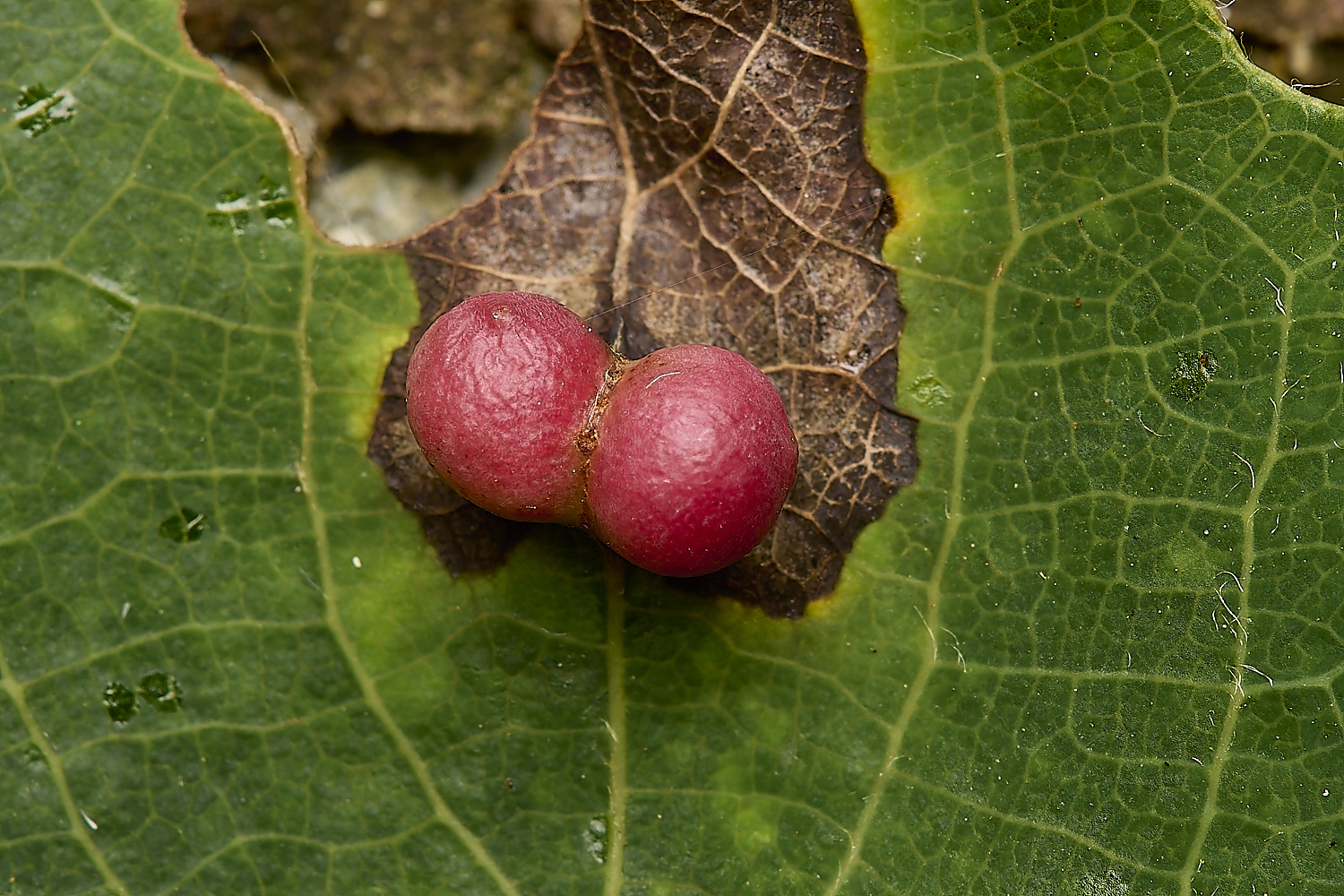
Galls of the Gall Midge (Harmandiola tremulae) on the upper side of an Aspen Leaf ?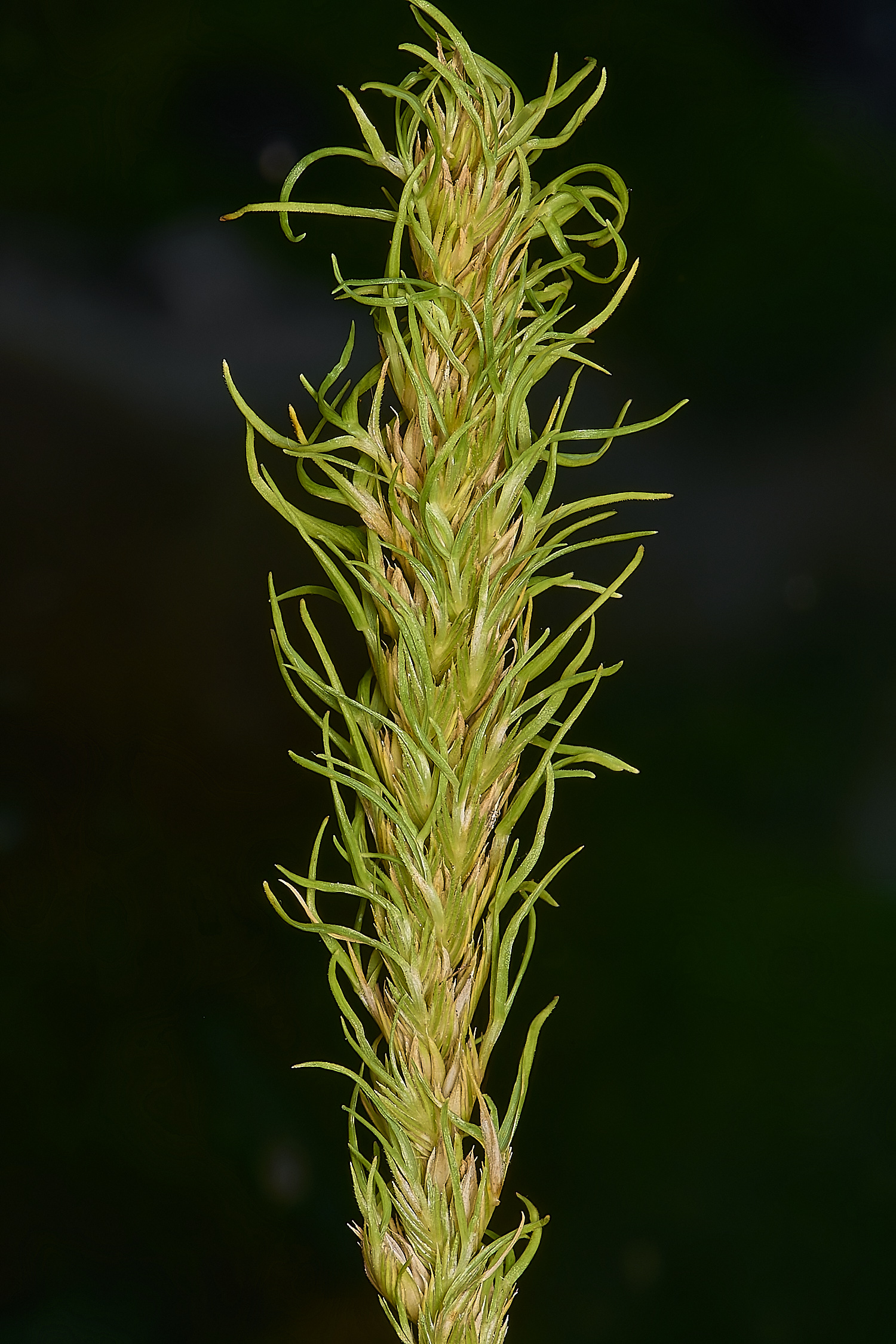
This is caused by the Gall Mite Aceria tenuis
Grass Sp?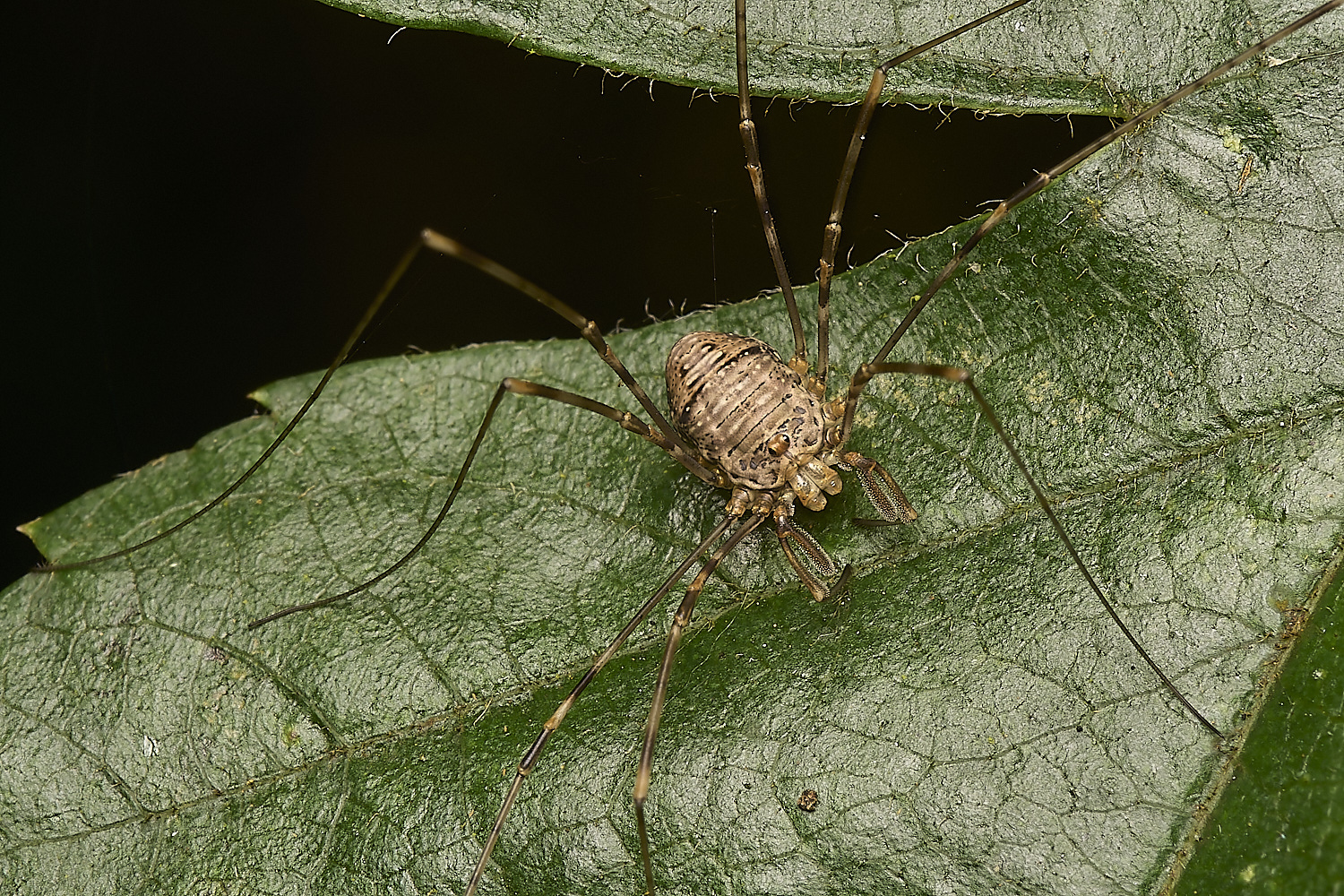
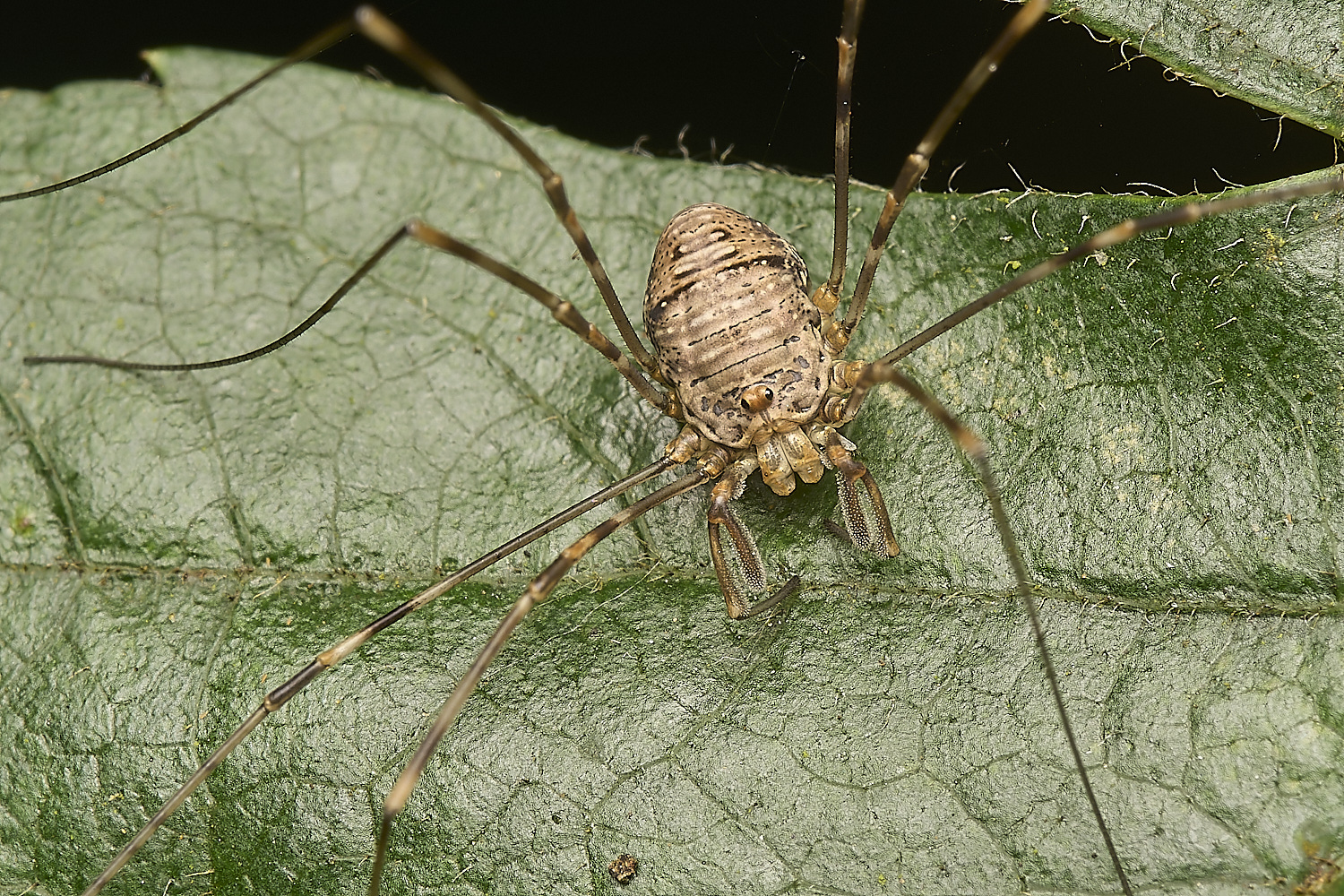
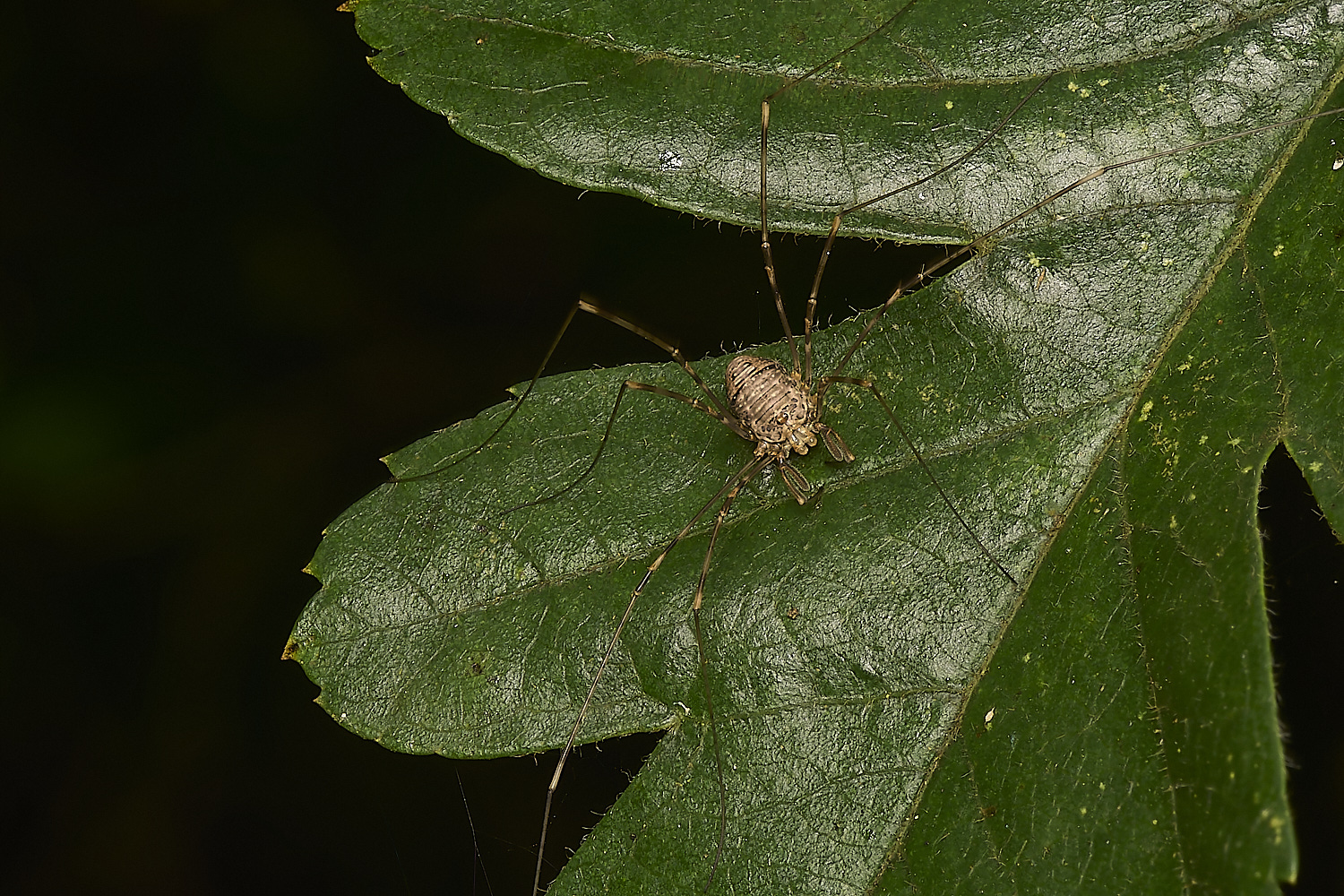
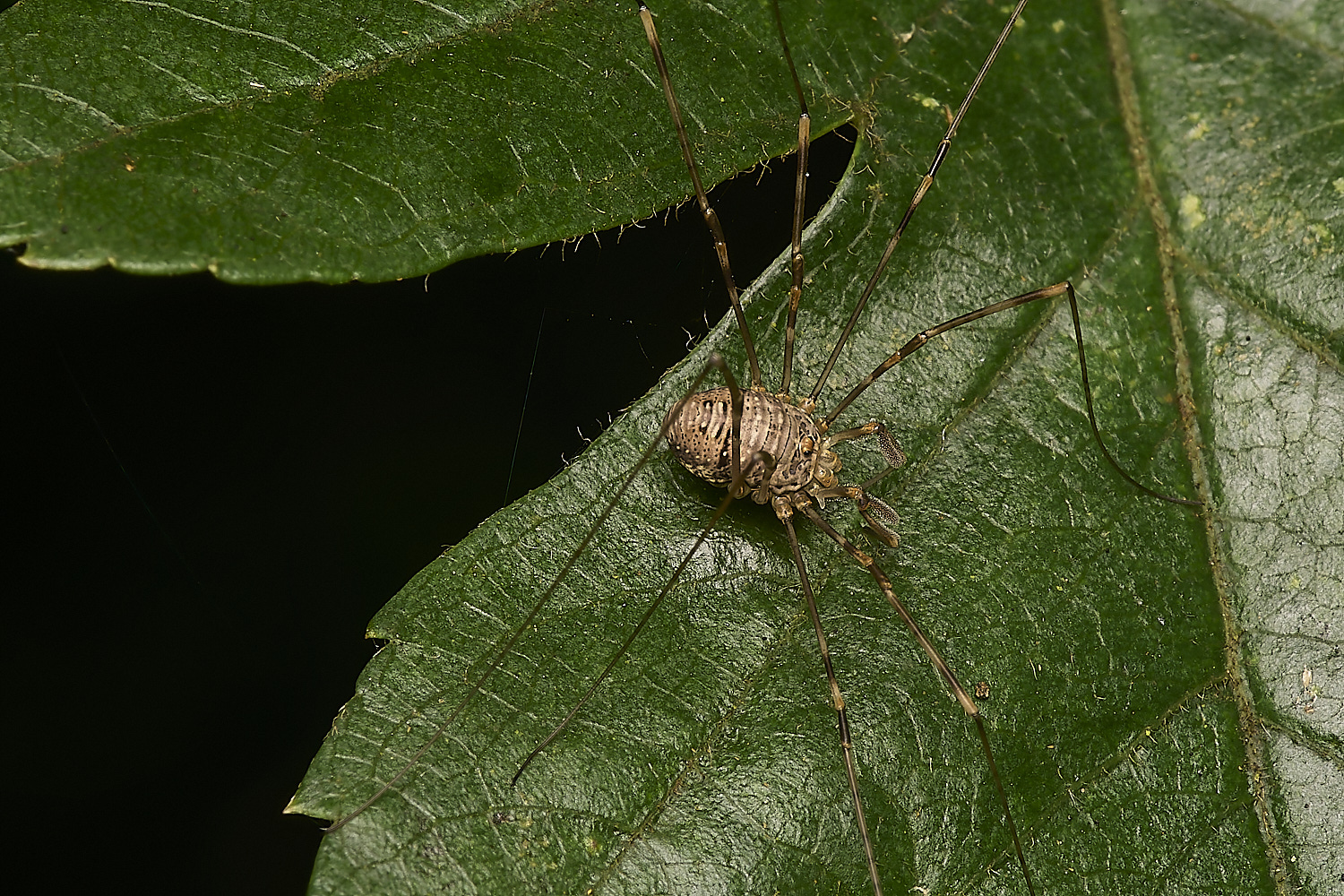
Harvestmen Sp
Dicranopalpus ramosus agg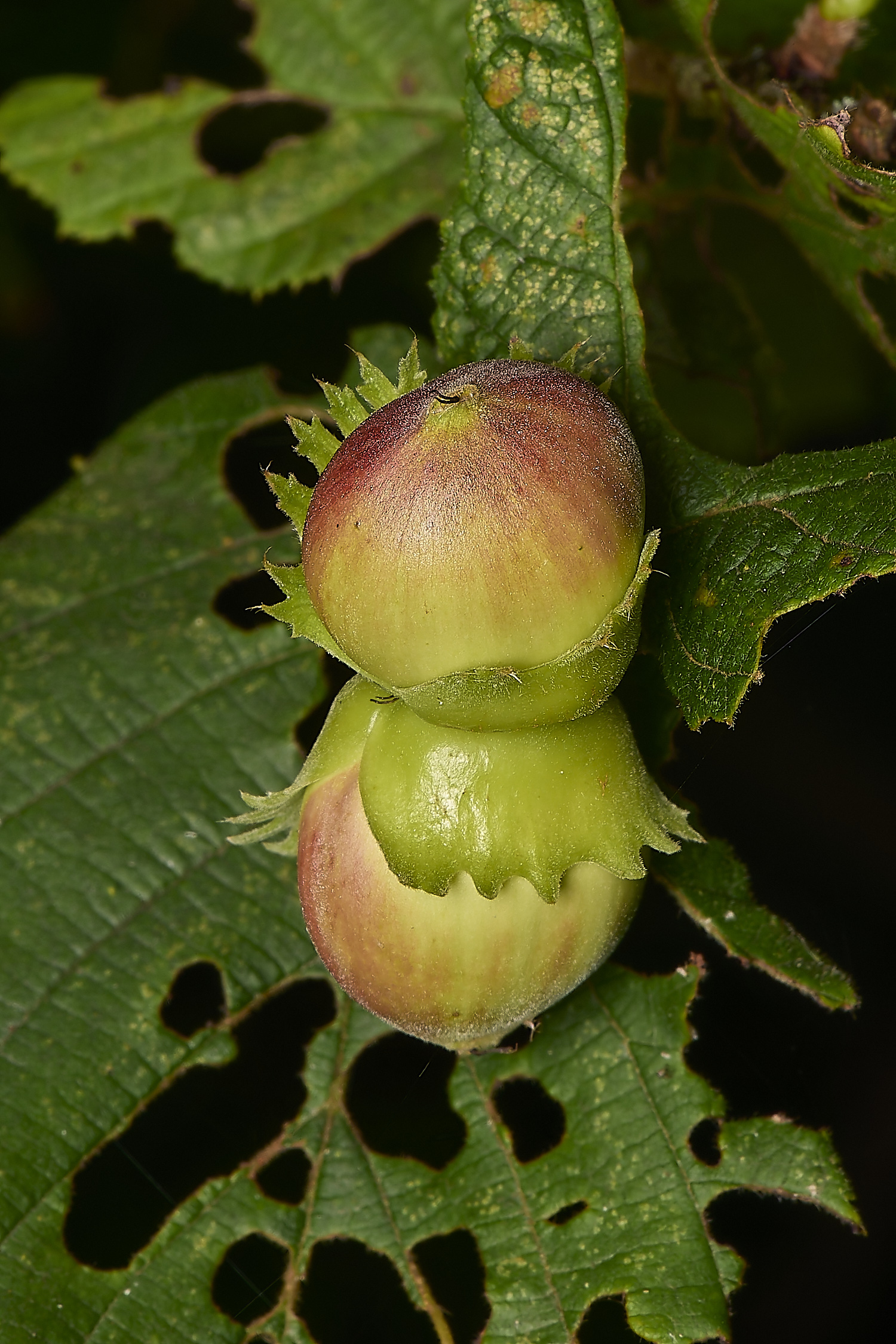
Hazel (Corylus avellana) nuts.
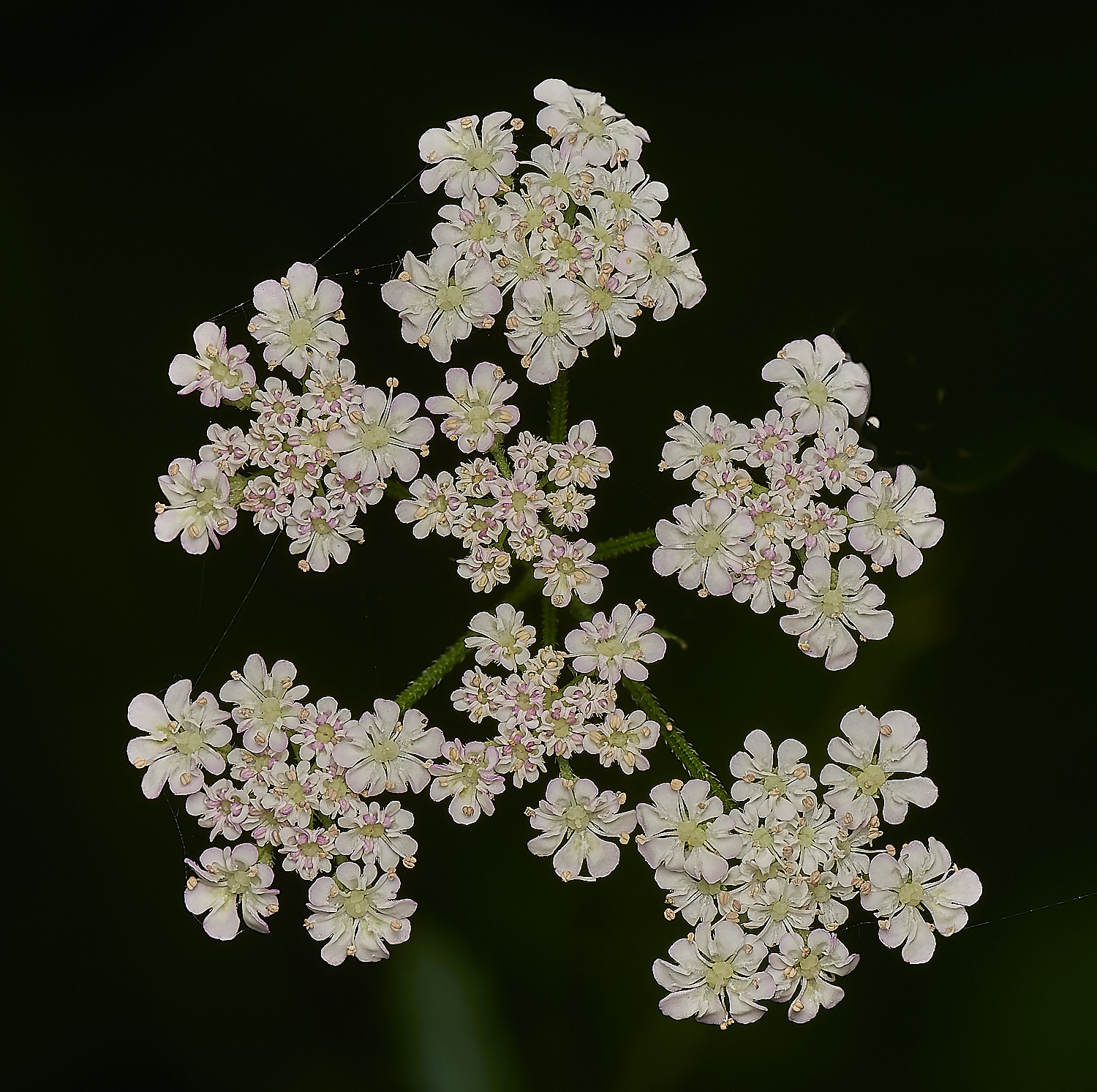
Upright Hedge Parsley (Torilis japonica) flower head.
The following images show various Chequered Hoverflies (Melanostoma scalare) that were seen hanging from the grass False Brome (Brachypodium sylvaticum ) at a height of about a metre from the ground.
Also of two attached to Common Agrimony (Agrimonia eupatoria)
They had all been infected by an Entomophthoragic fungus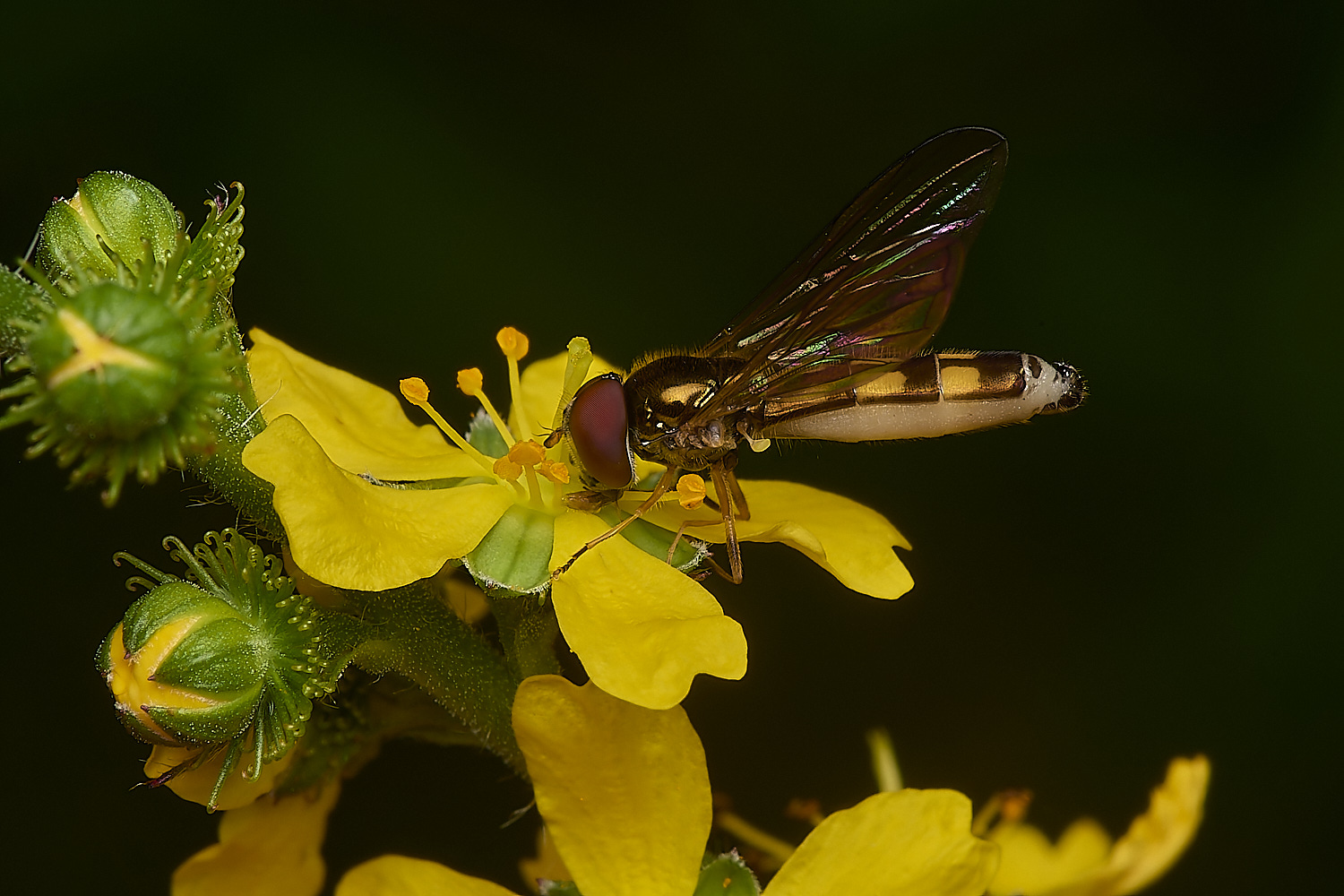
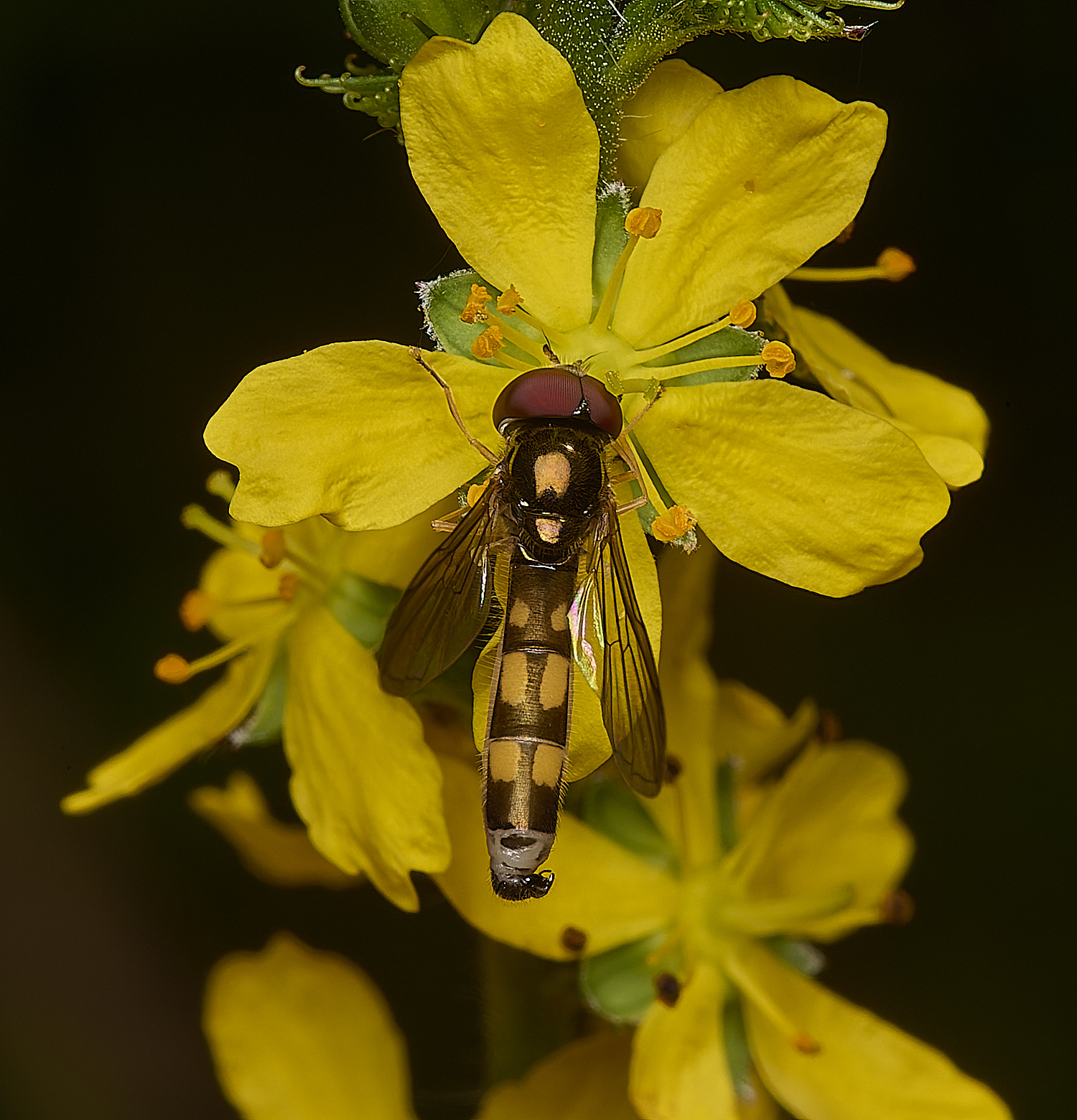
♂︎
Early stage of infection presumably.
Well and truly stuck and not moving.
The hoverfly looks pristine and wings have yet to open
On Agrimony (Agrimonia eupatoria)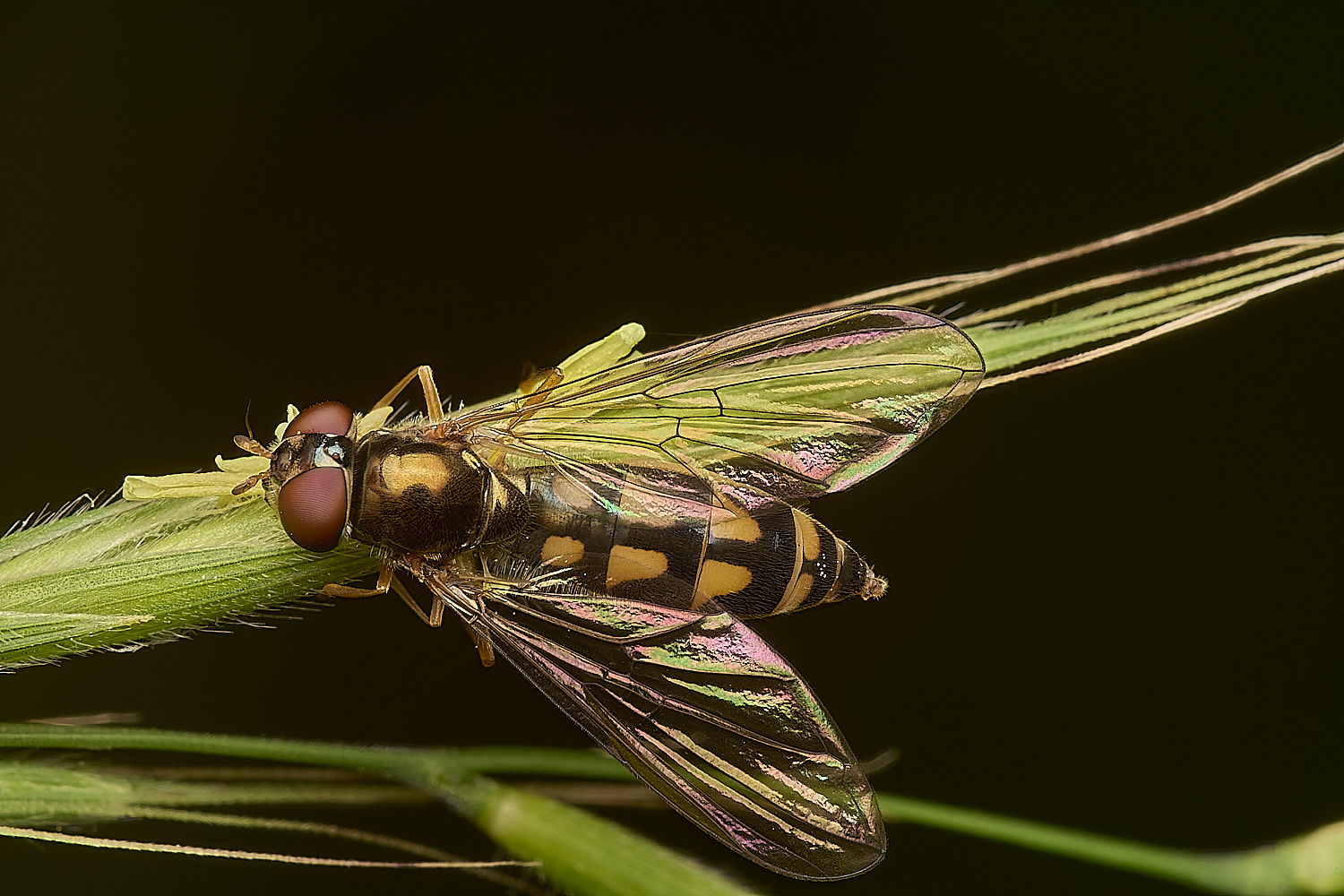
♀︎
Early stage the hoverfly looks pristine and wings have yet to open. No movement.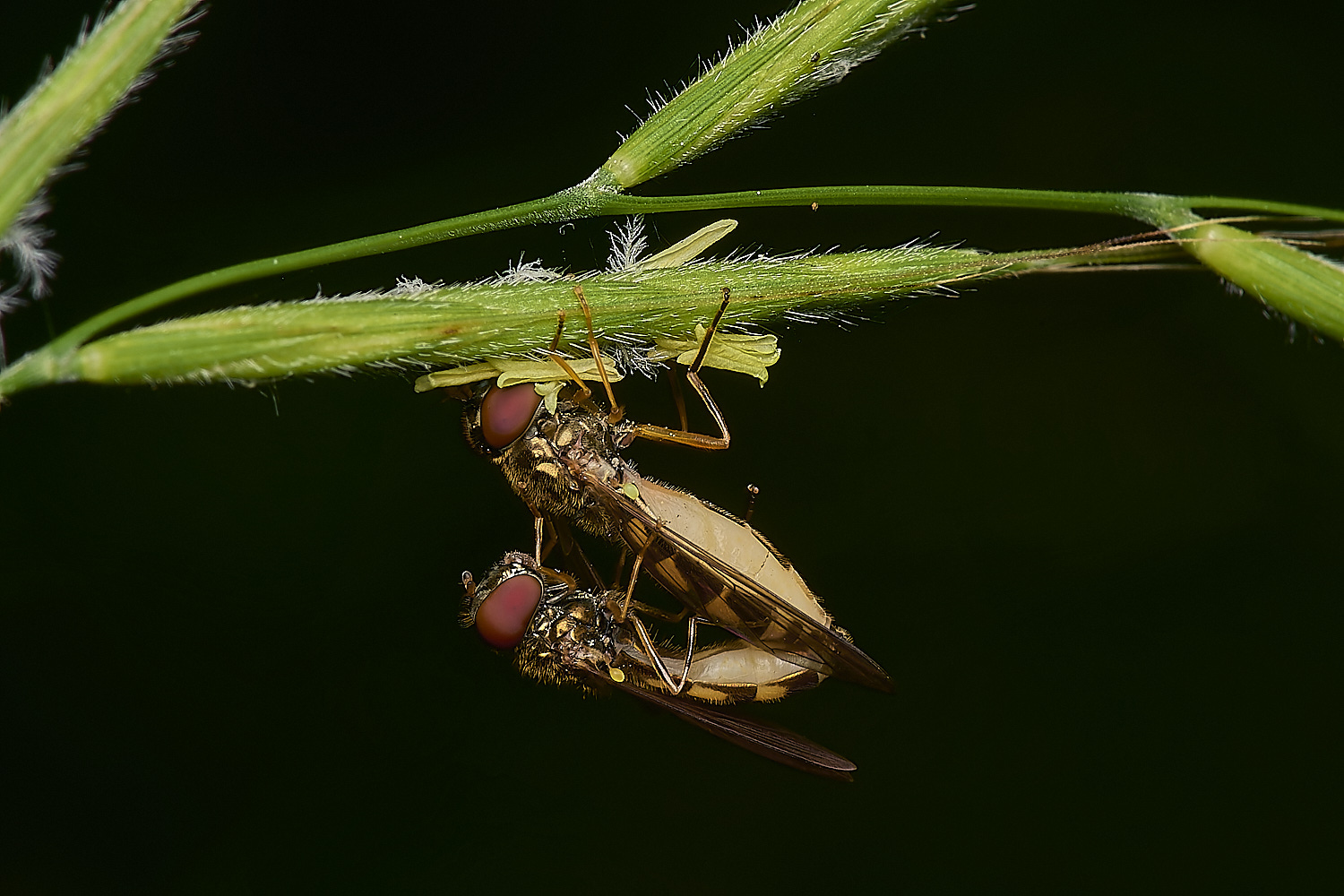
The lower hoverfly actually flew off the one attached to the grass but presumably had been infected.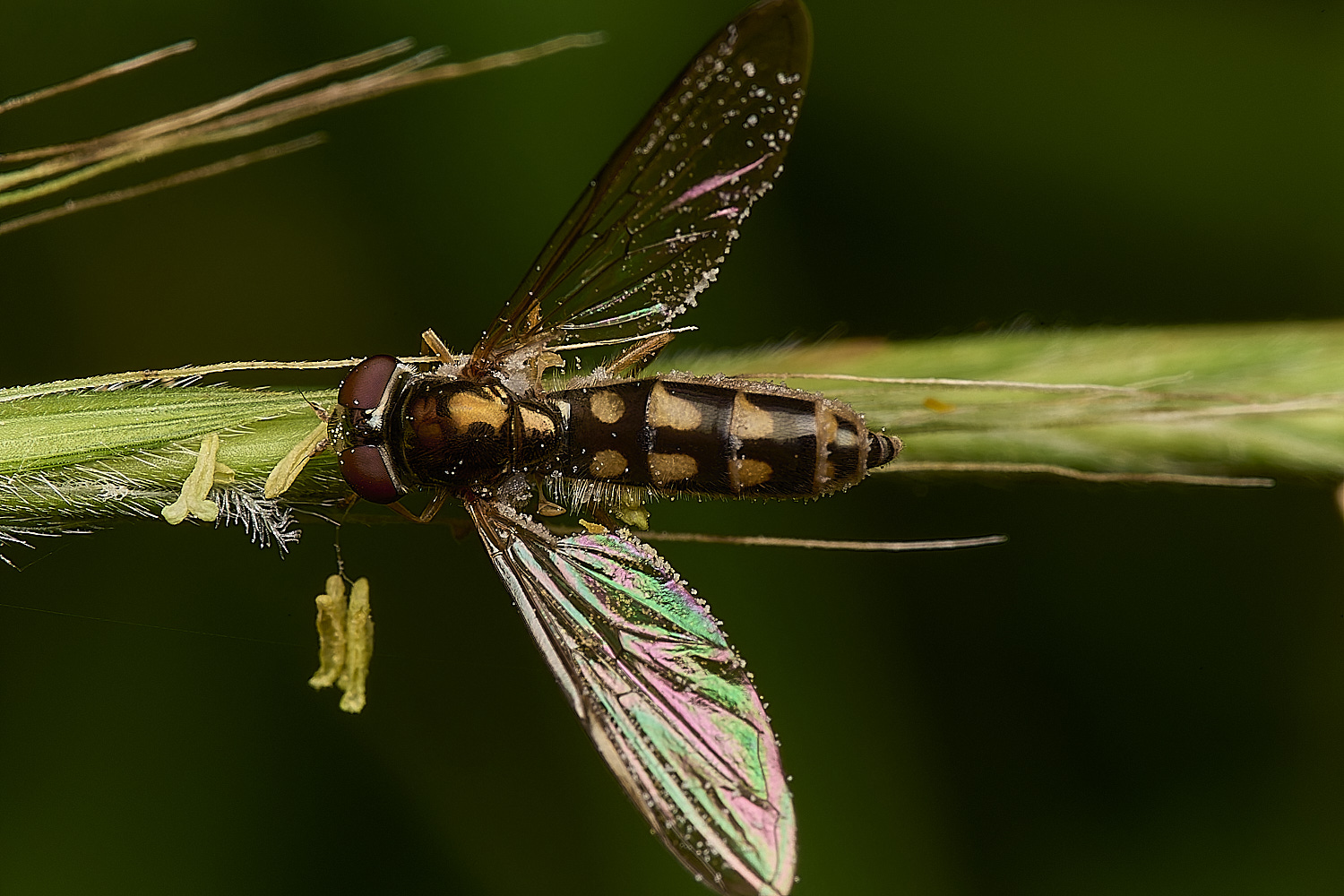
Very different stage.
The wings are open and you can see the spores beginning to cover the insect.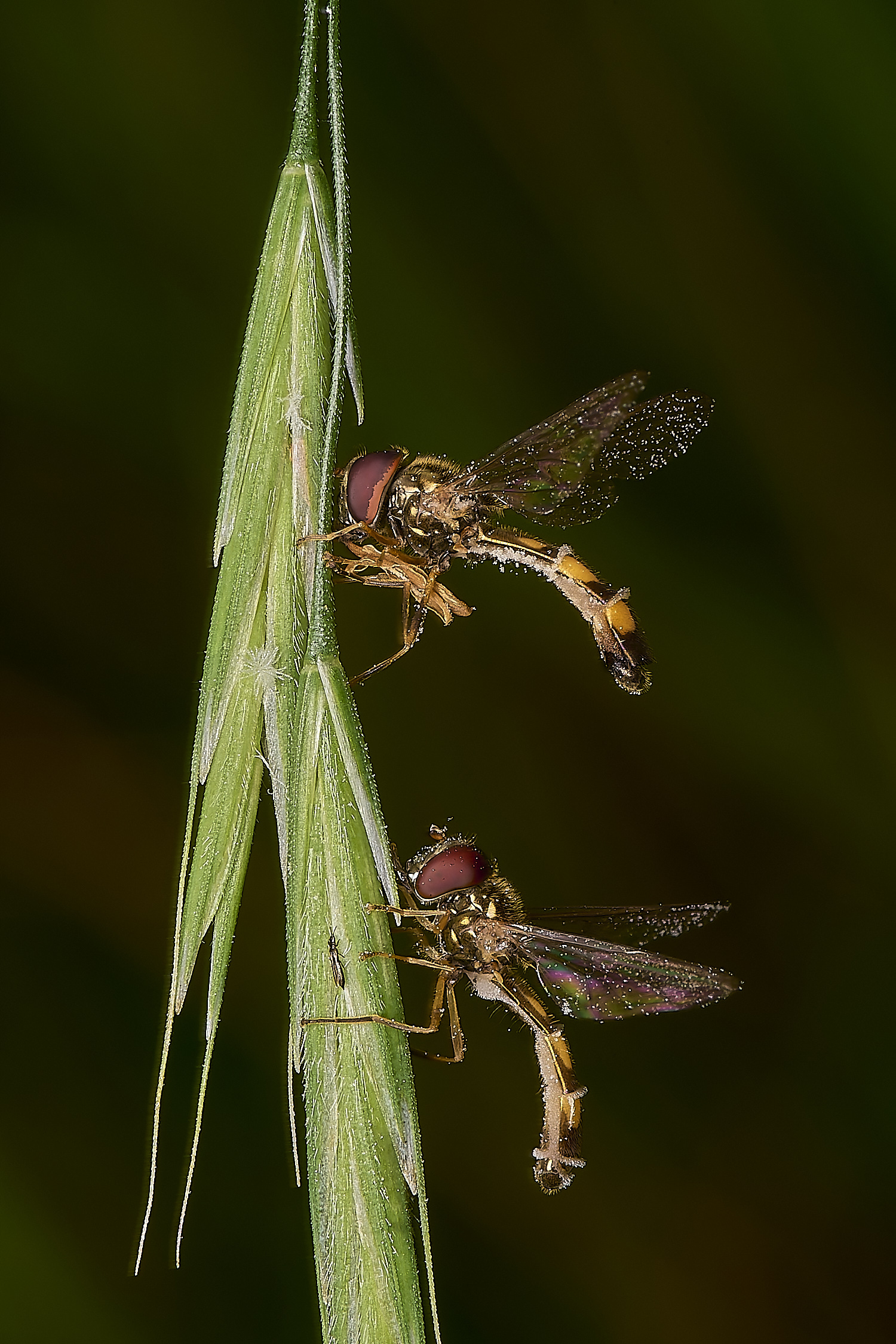
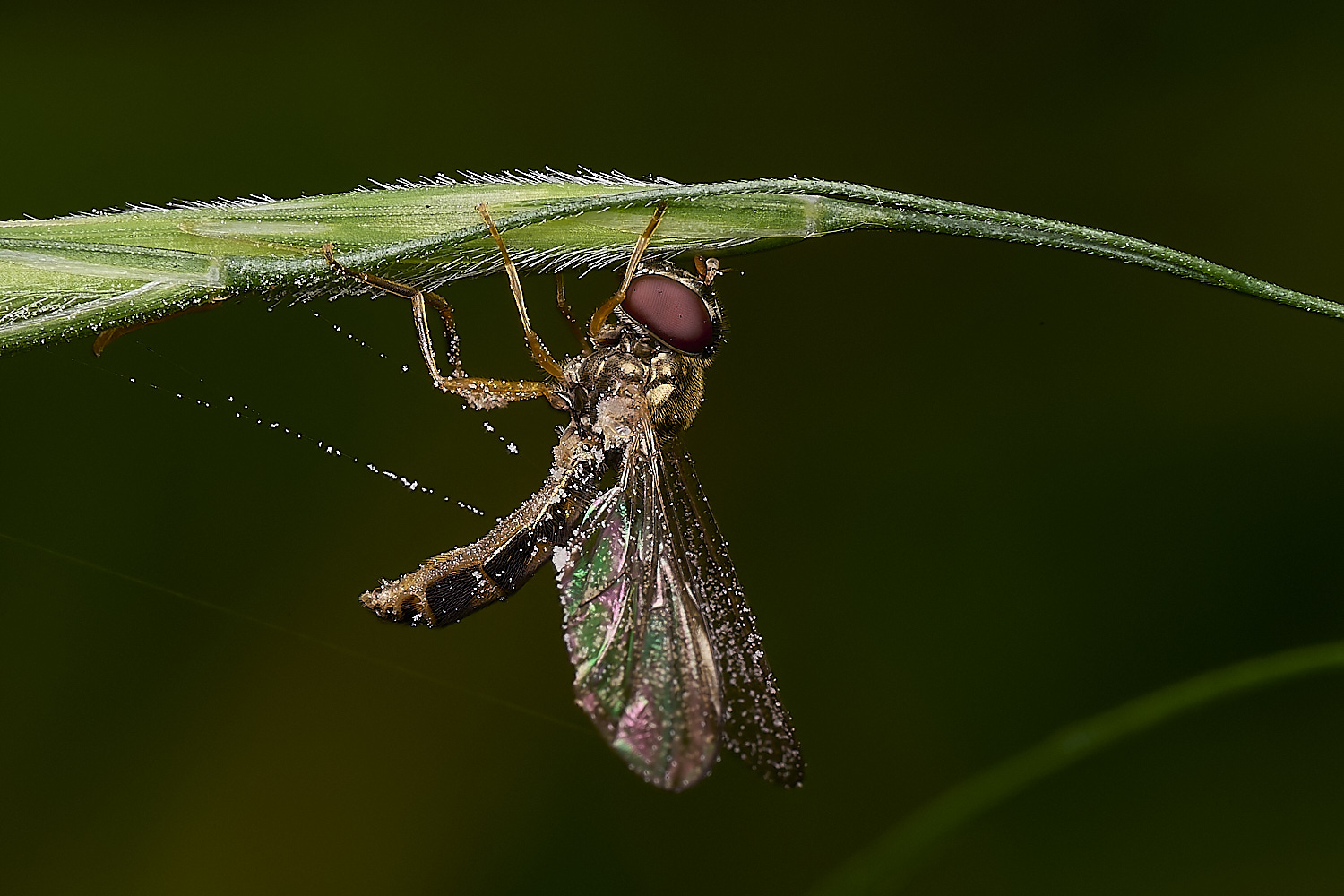
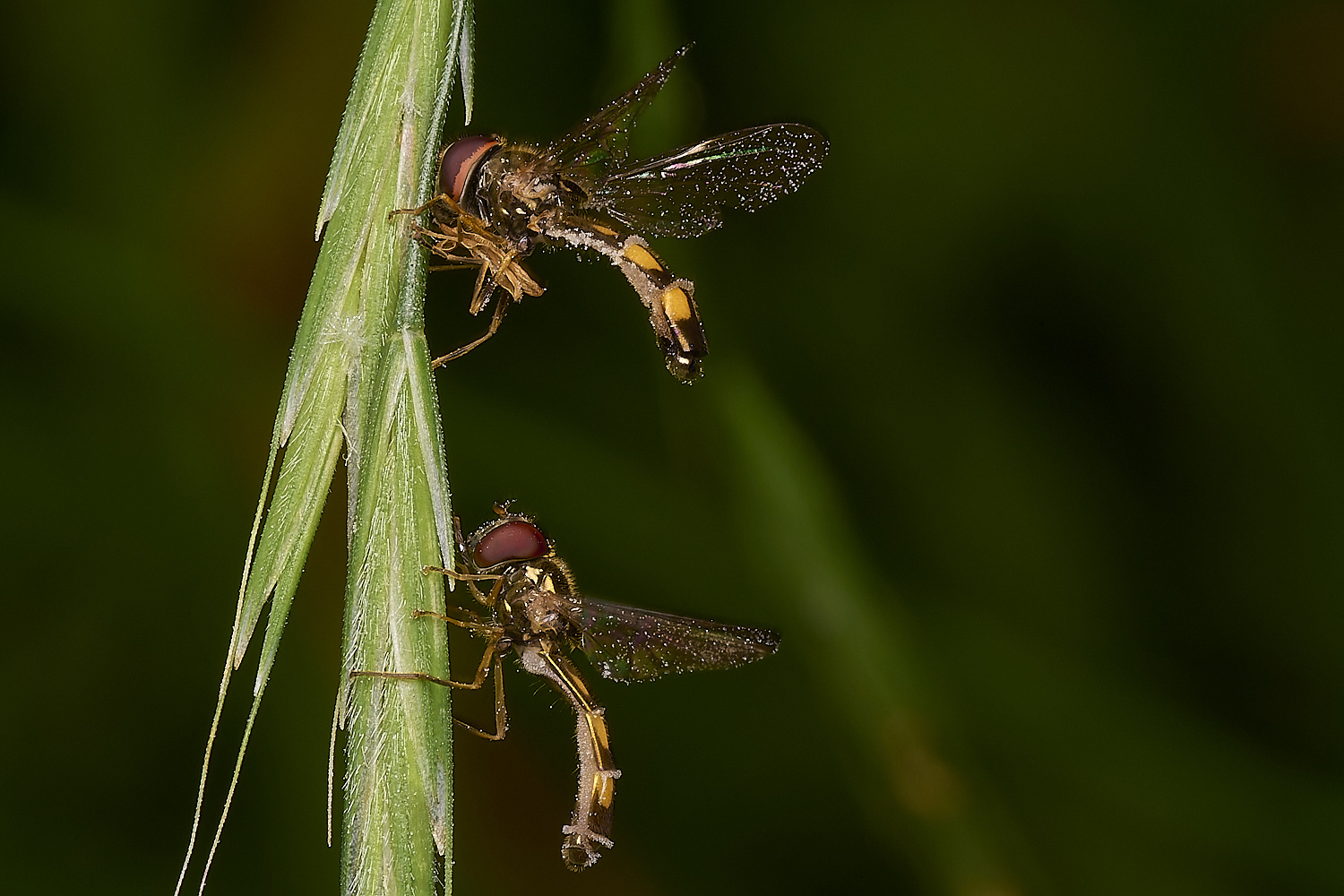
A much more advanced state. The hovers are well and truly adhered to the plant. The insects have reached about a metre from the ground.
The wings are outstretched and the spores are pouring from their bodies.
On False Brome (Brachypodium sylvaticum)
The curious case of
epizootics
or
"The Zombies"
Entomophora fungal species
elicit dramatic behaviours in infected hosts
to
promote optimal spore dispersion
The genus Entomophthora:bringing the insect destroyers into the twenty-first century.
The images above show examples of infected hosts that have climbed the plants ('summiting disease') to give the fungus the best chance of spore dispersal.
When the proboscis touches the plant it adheres and thus effectively glues the hoverfly in place.
The wings will eventually raise up away from the dorsal abdomen
The legs have grasped the plant as well.
in this case
The Chequered Hoverfly (Melanostoma scalere)
Largely females but at least one male was found.
For more detailed information about the possible processes in play the article linked to above is a good summary.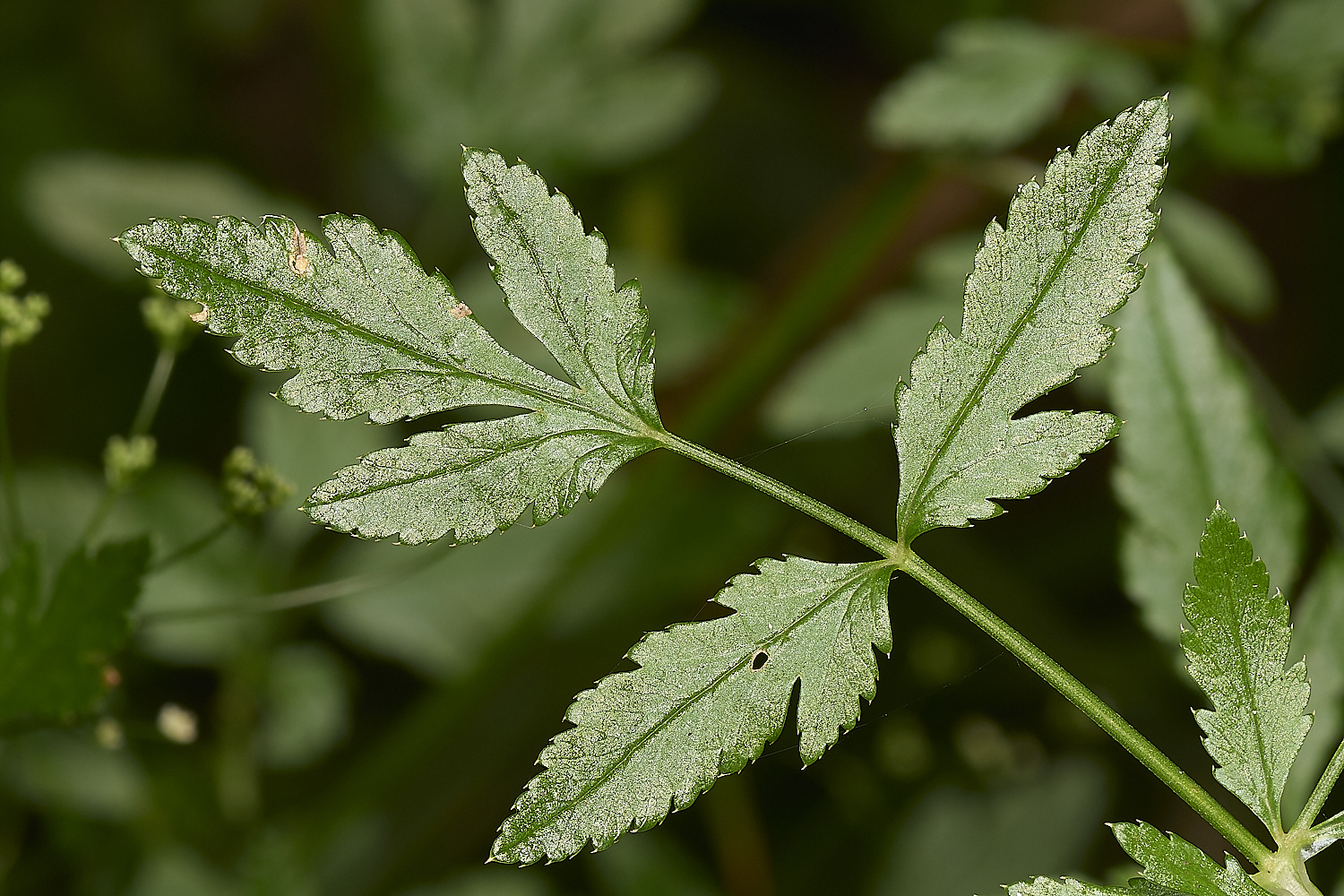
Lesser Water Parsnip (Berula erecta)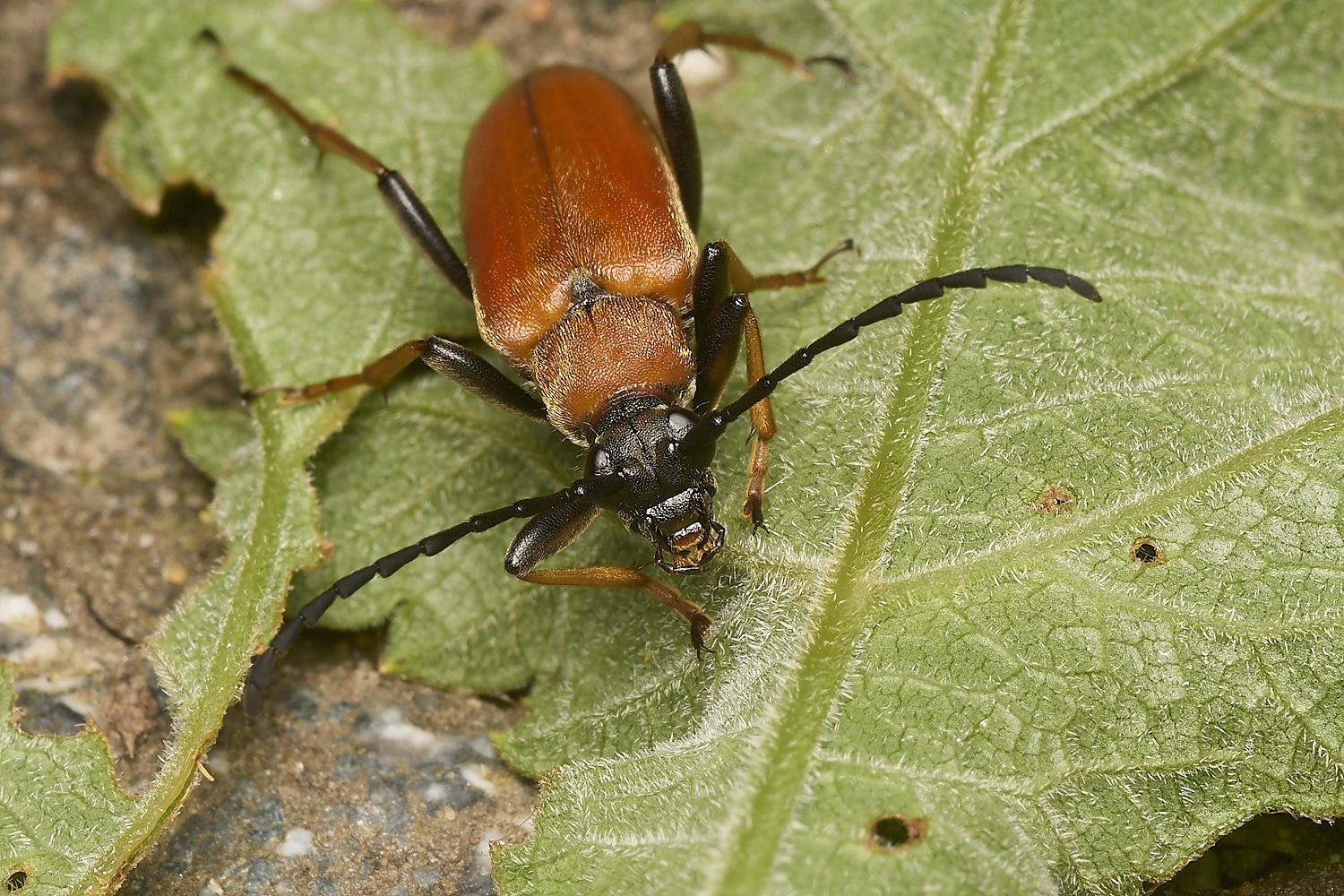
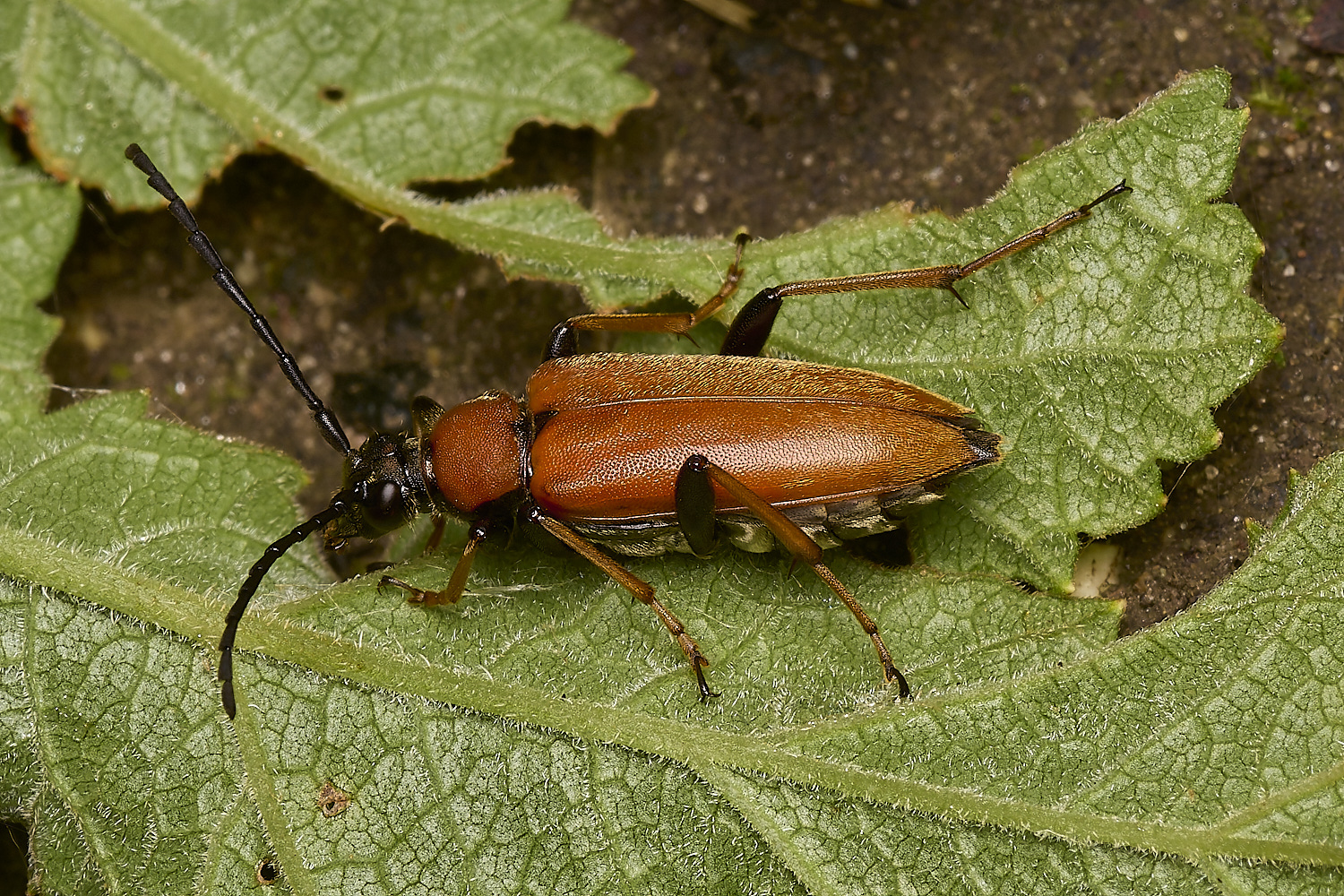
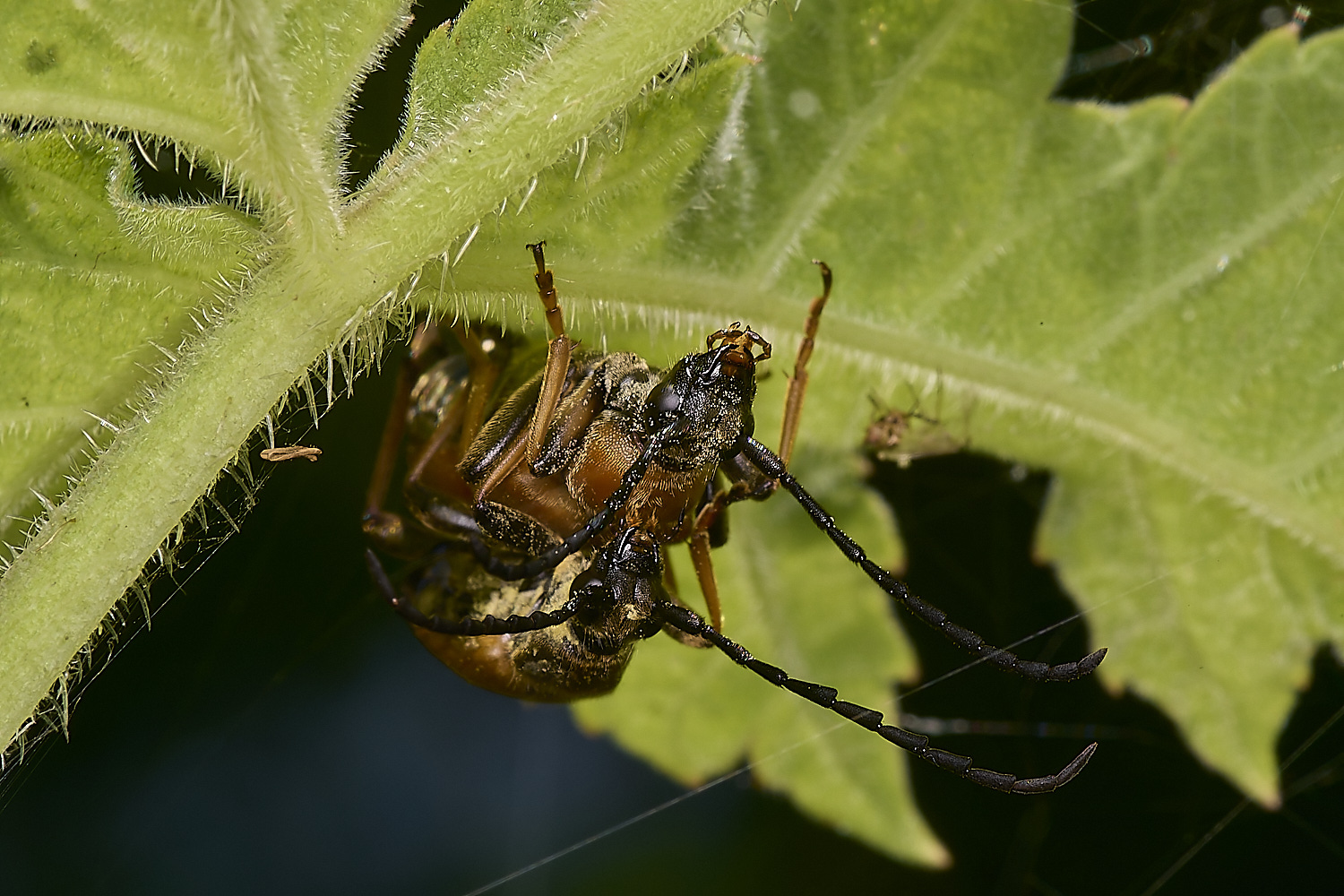
Red-brown Longhorn Beetle (Stictoleptura rubra)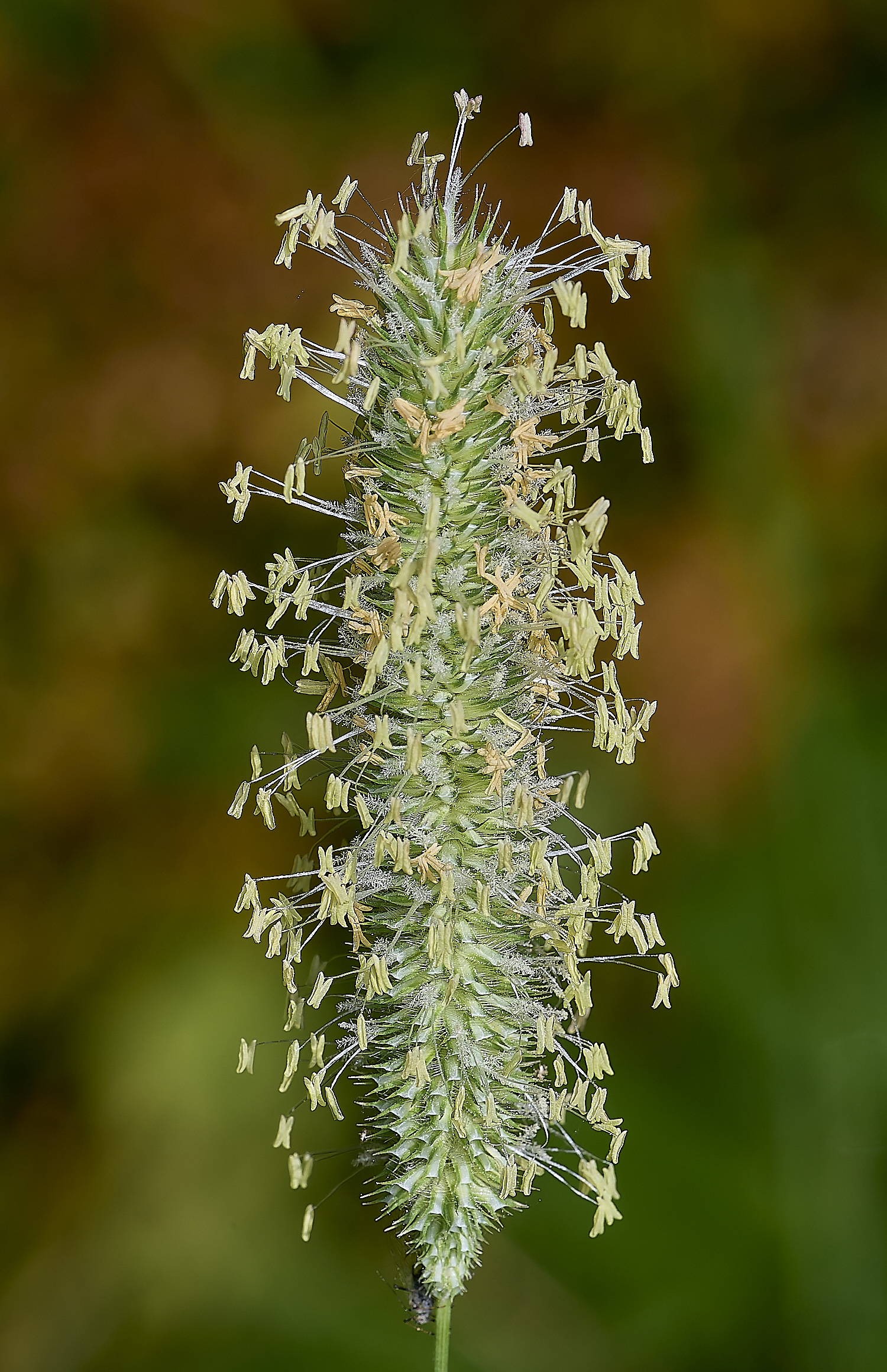
Timothy Grass (Phleum pratense)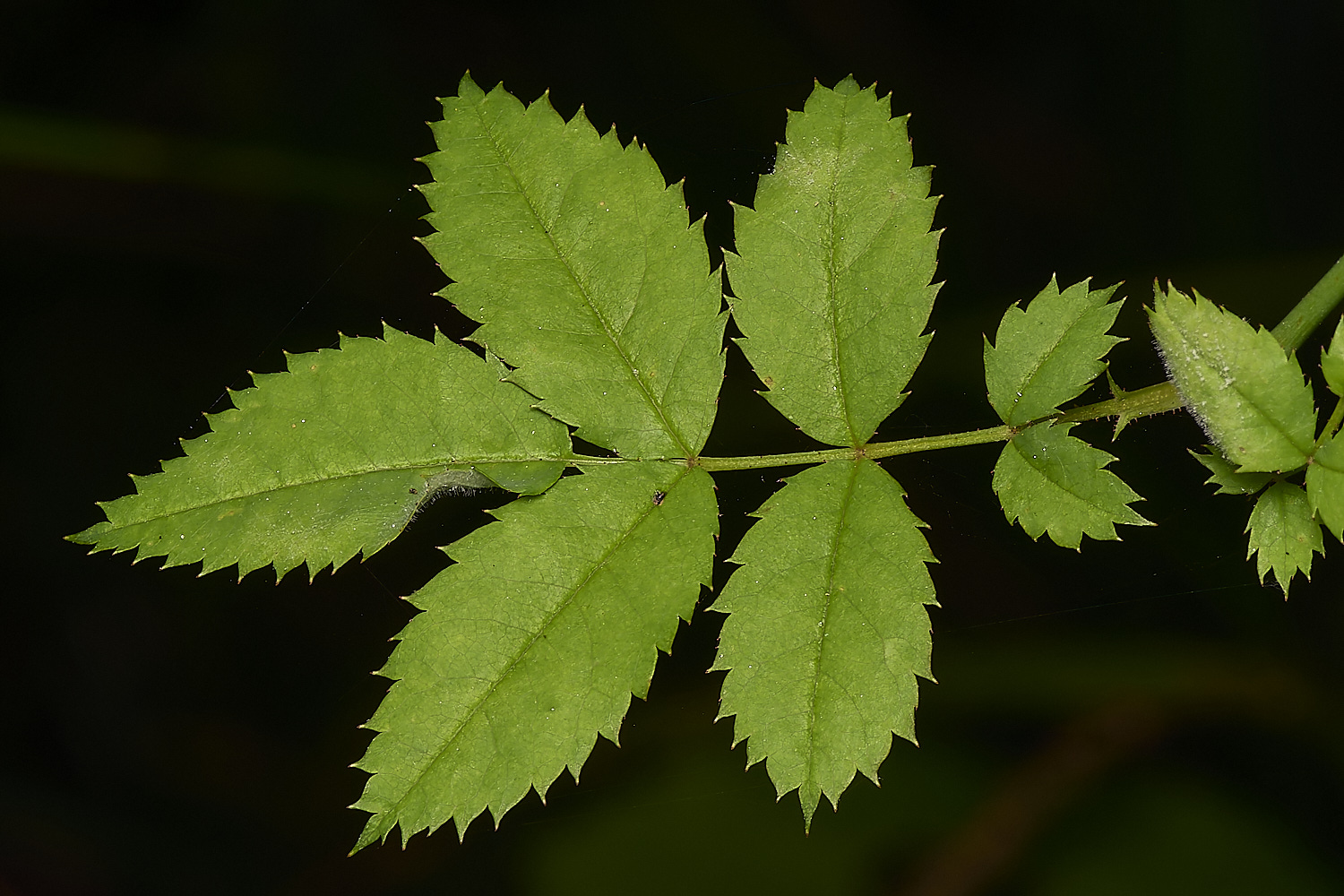
Possibly Glandular Dog-rose (Rosa squarrosa)?
Glandular hairs on leaf tips and on stem. Leaves biserrate 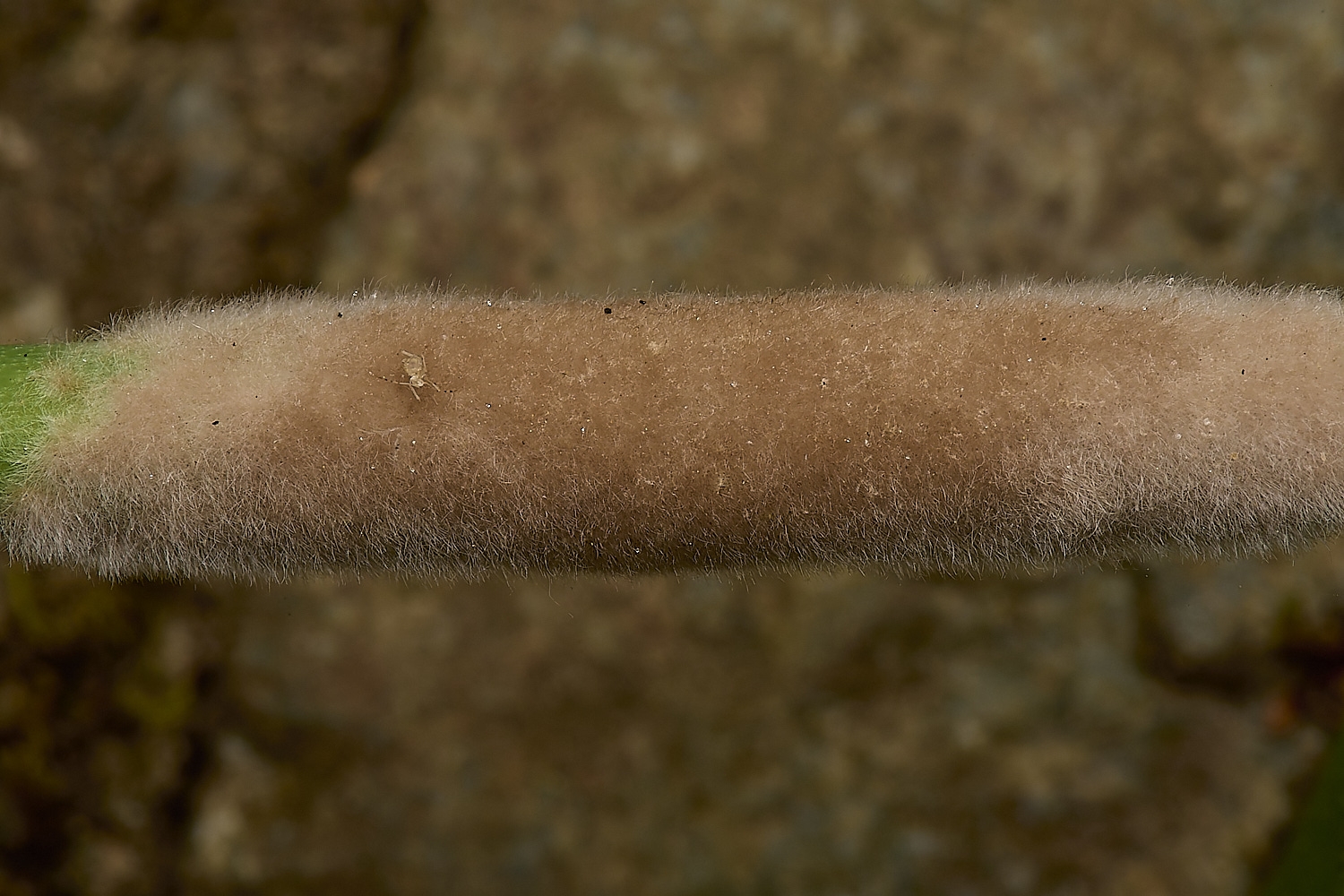
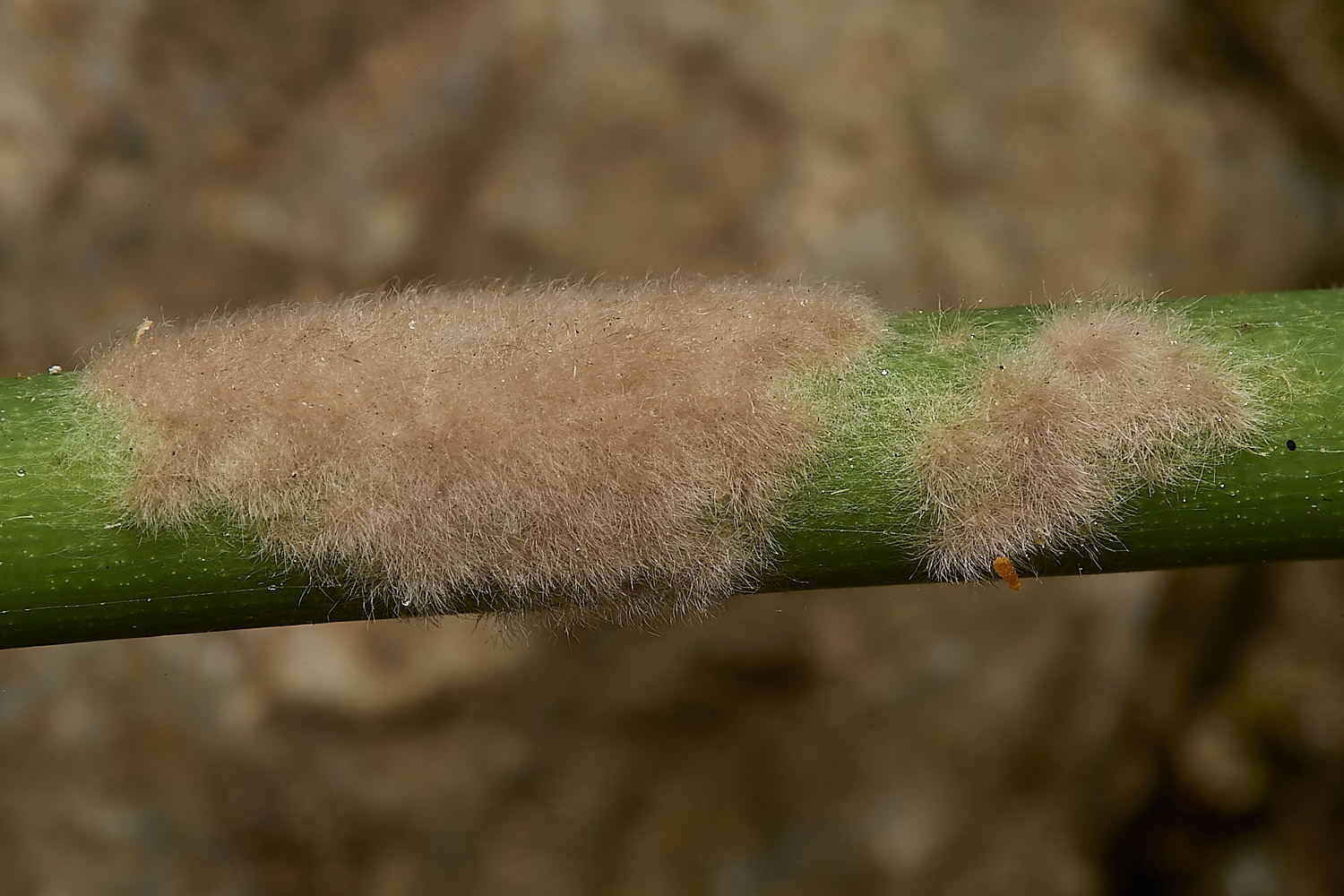
A powdery mildew sp
Podosphaera pannosa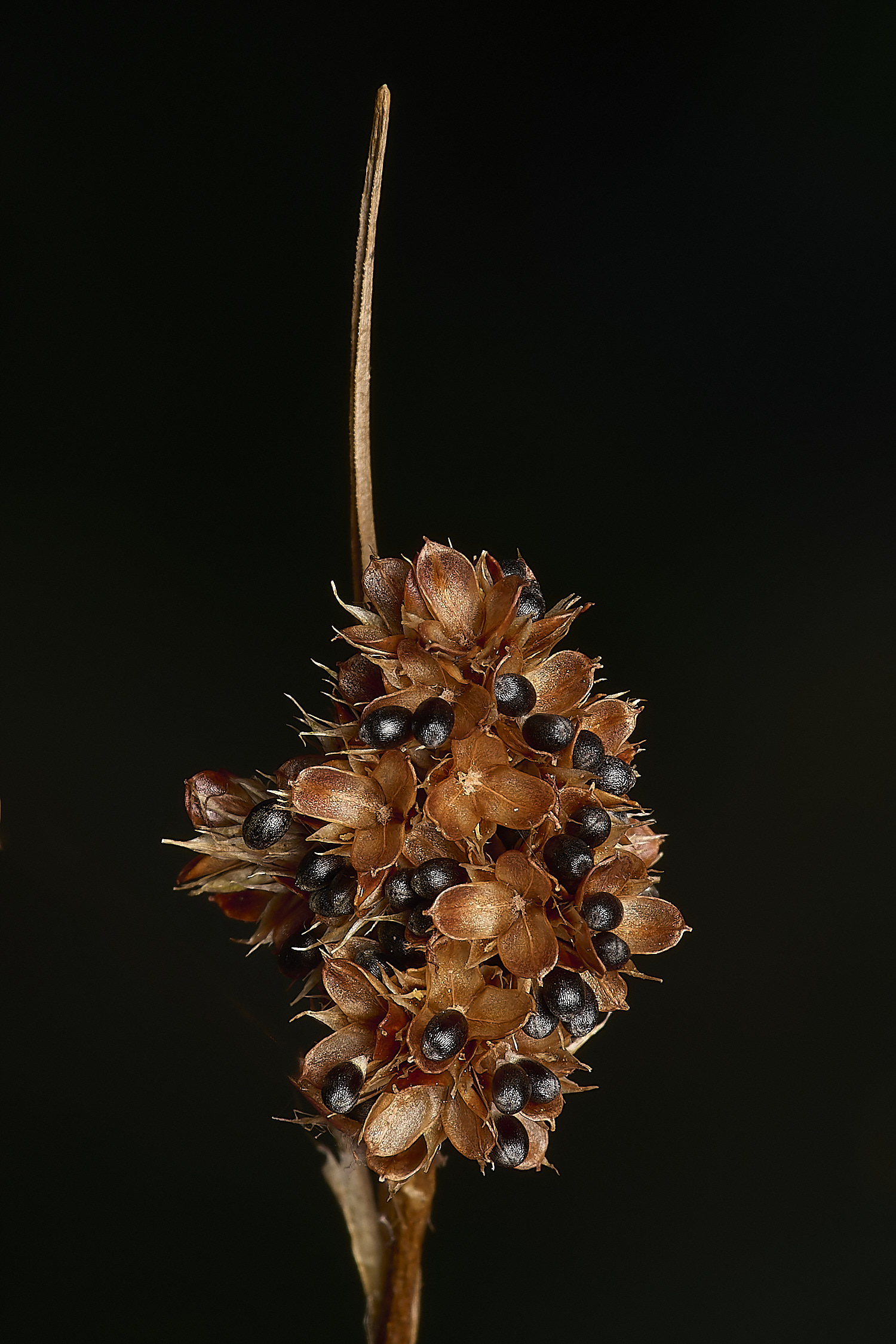
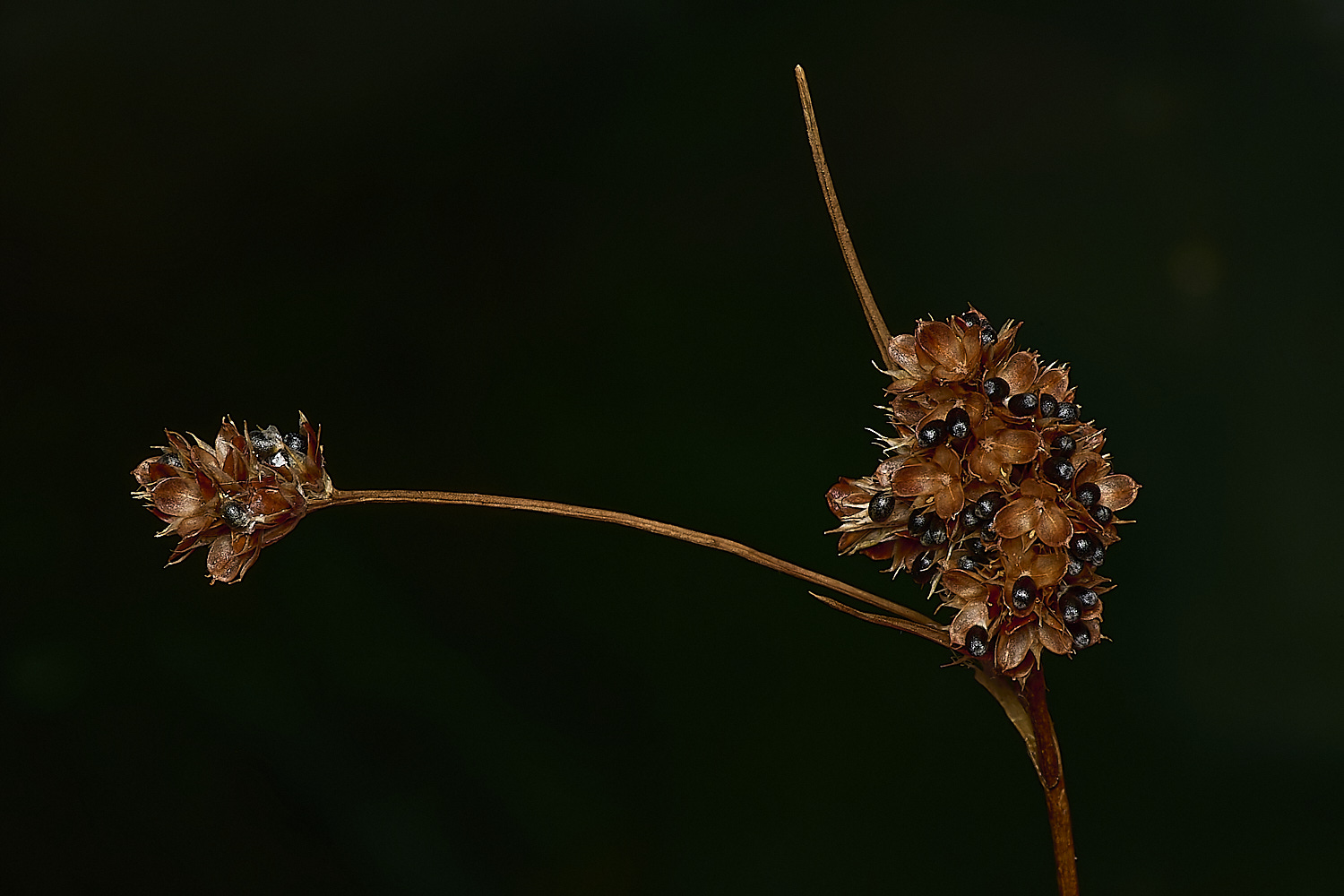
Heath Wood Rush (Luzula multiflora subsp congesta)?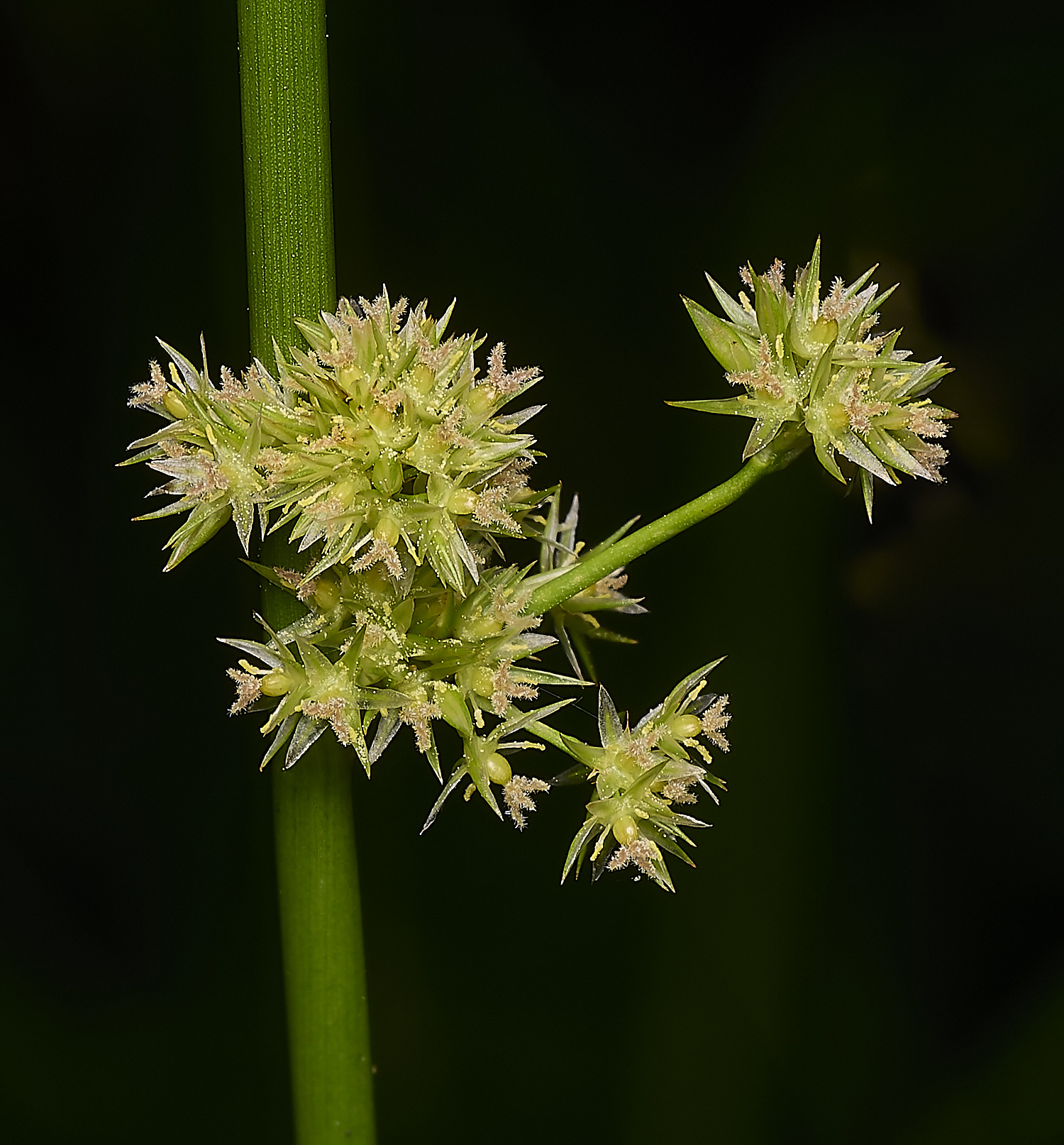
Rush Sp - Smooth Rush? (Juncus effusus) in flower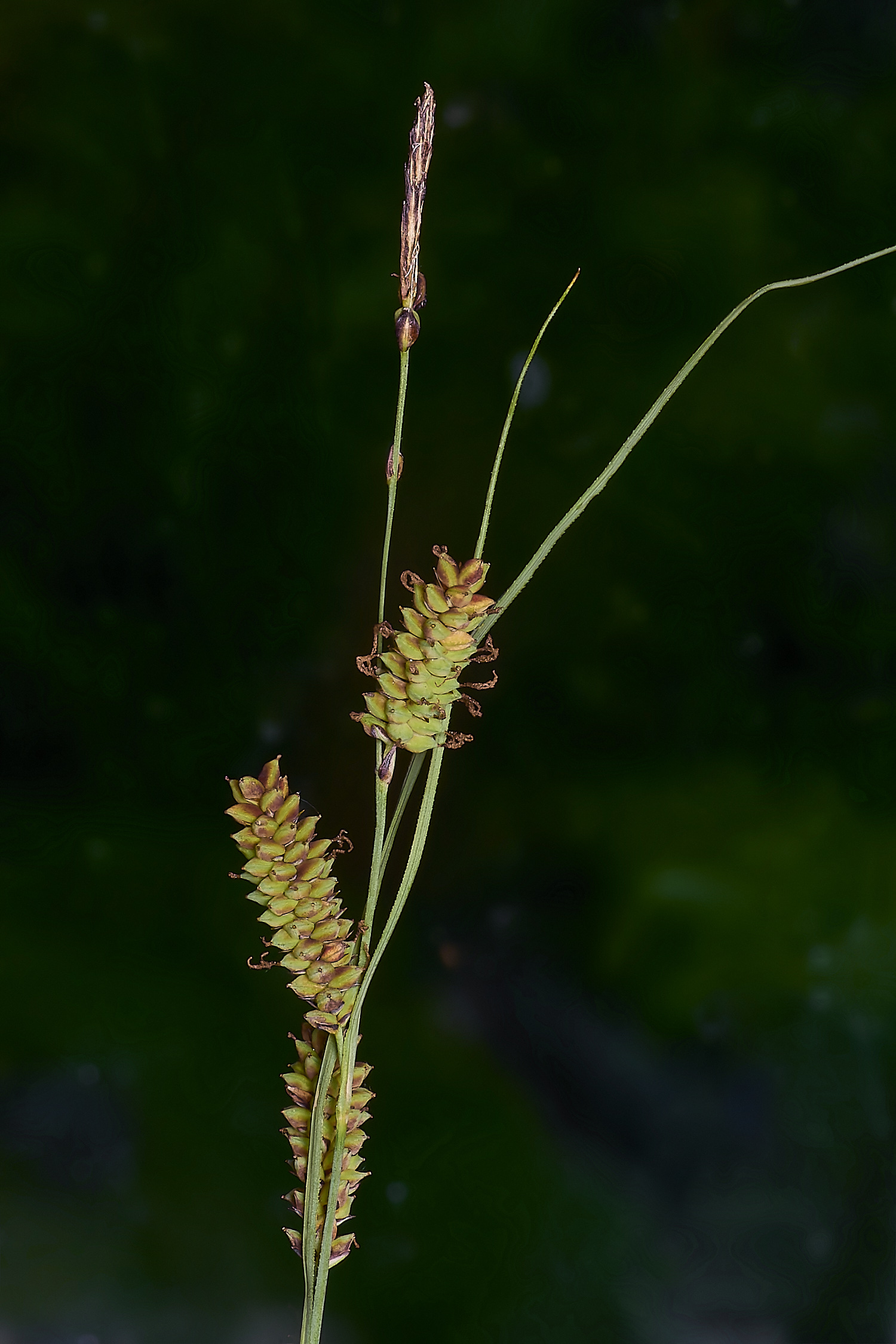
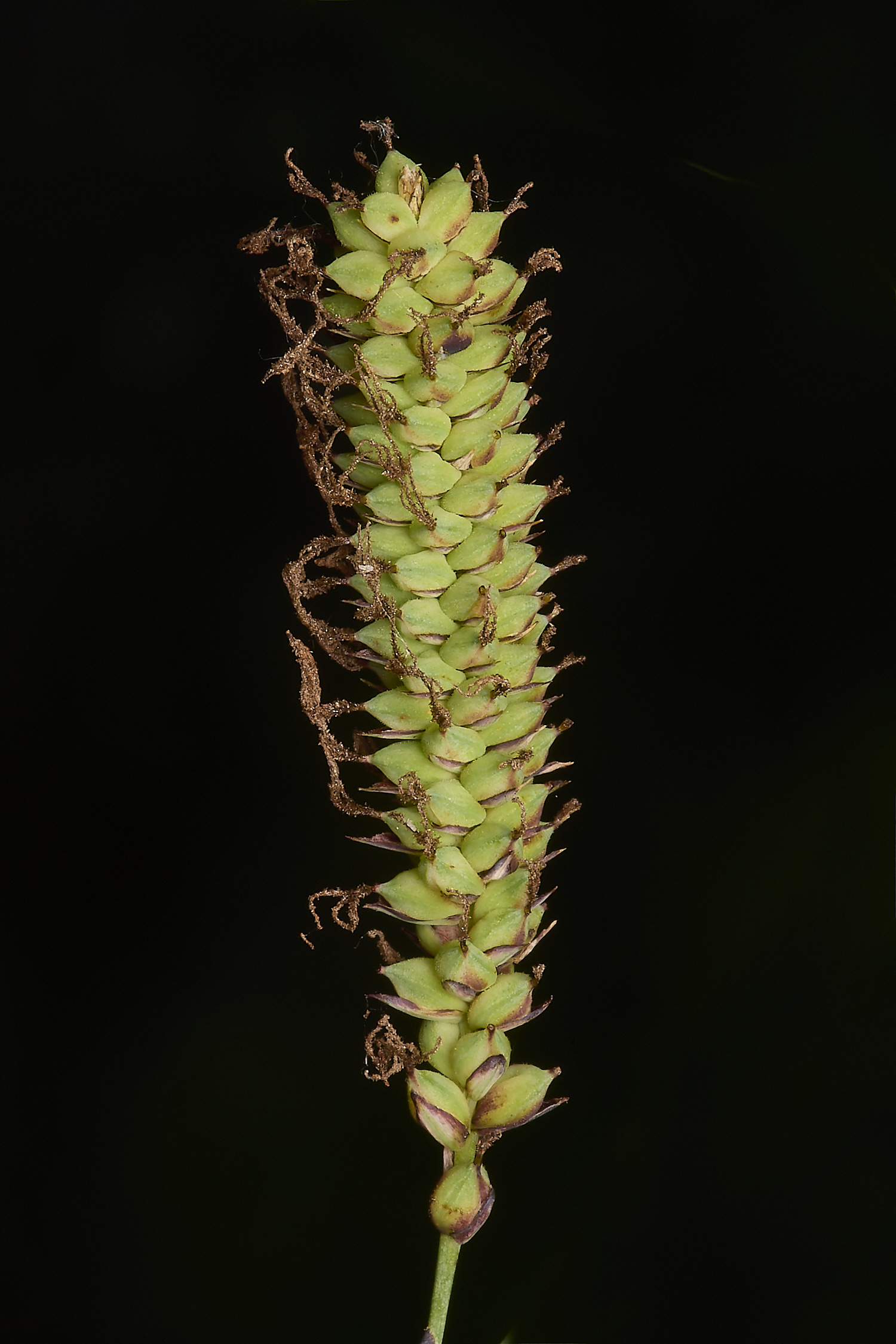
Glaucous Sedge (Carex flacca)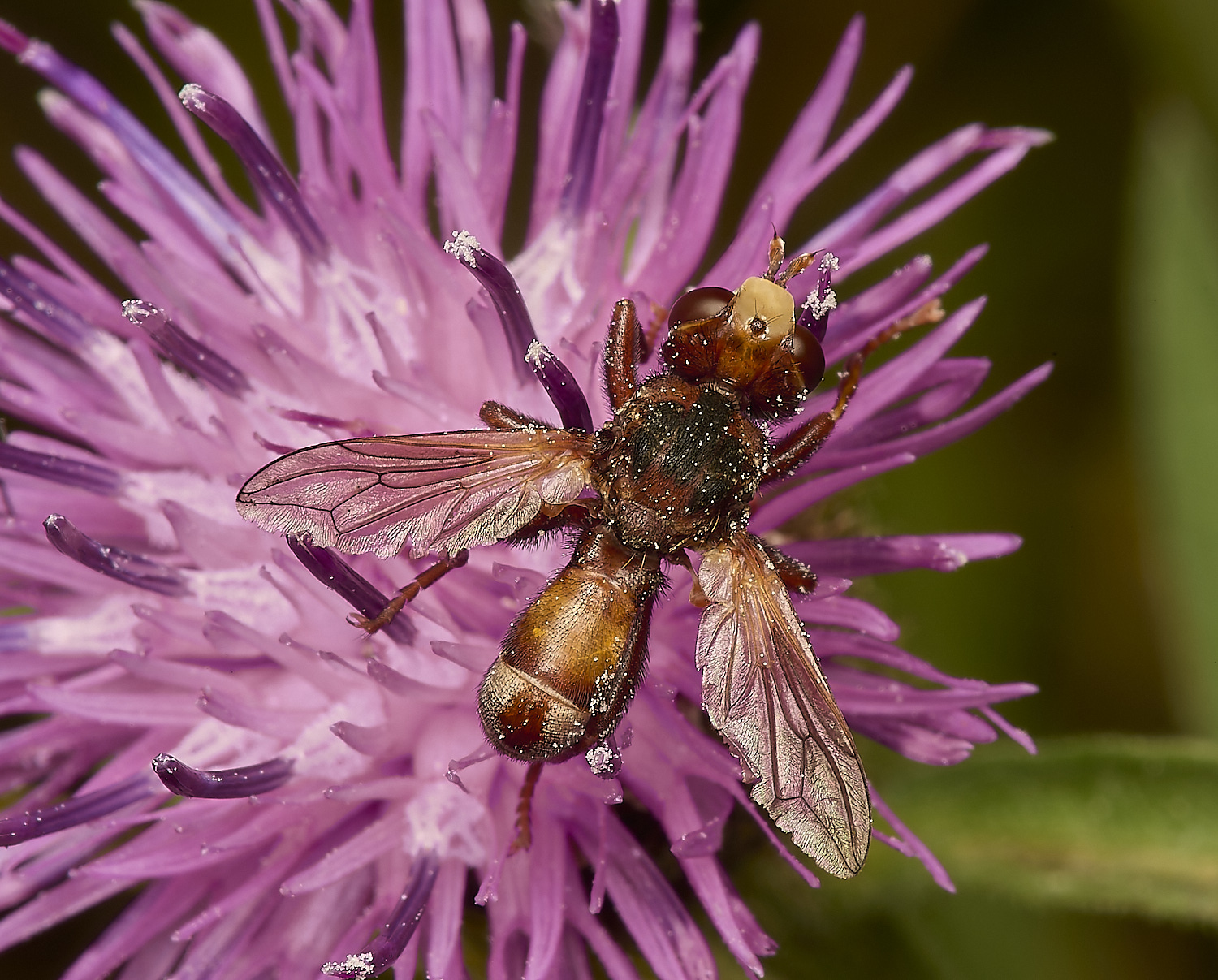
Ferruginous Bee-grabber (Sicus ferrigineus)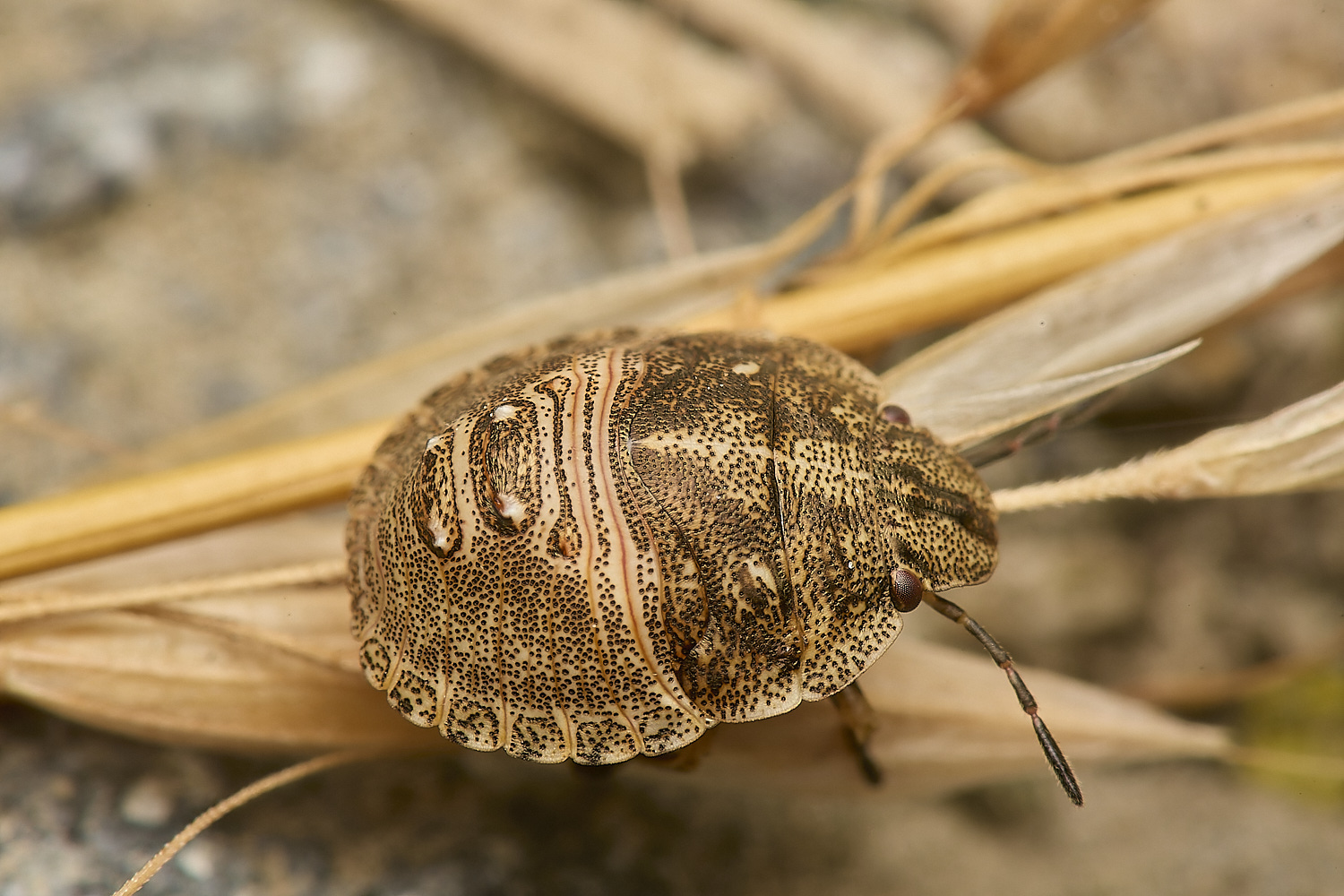
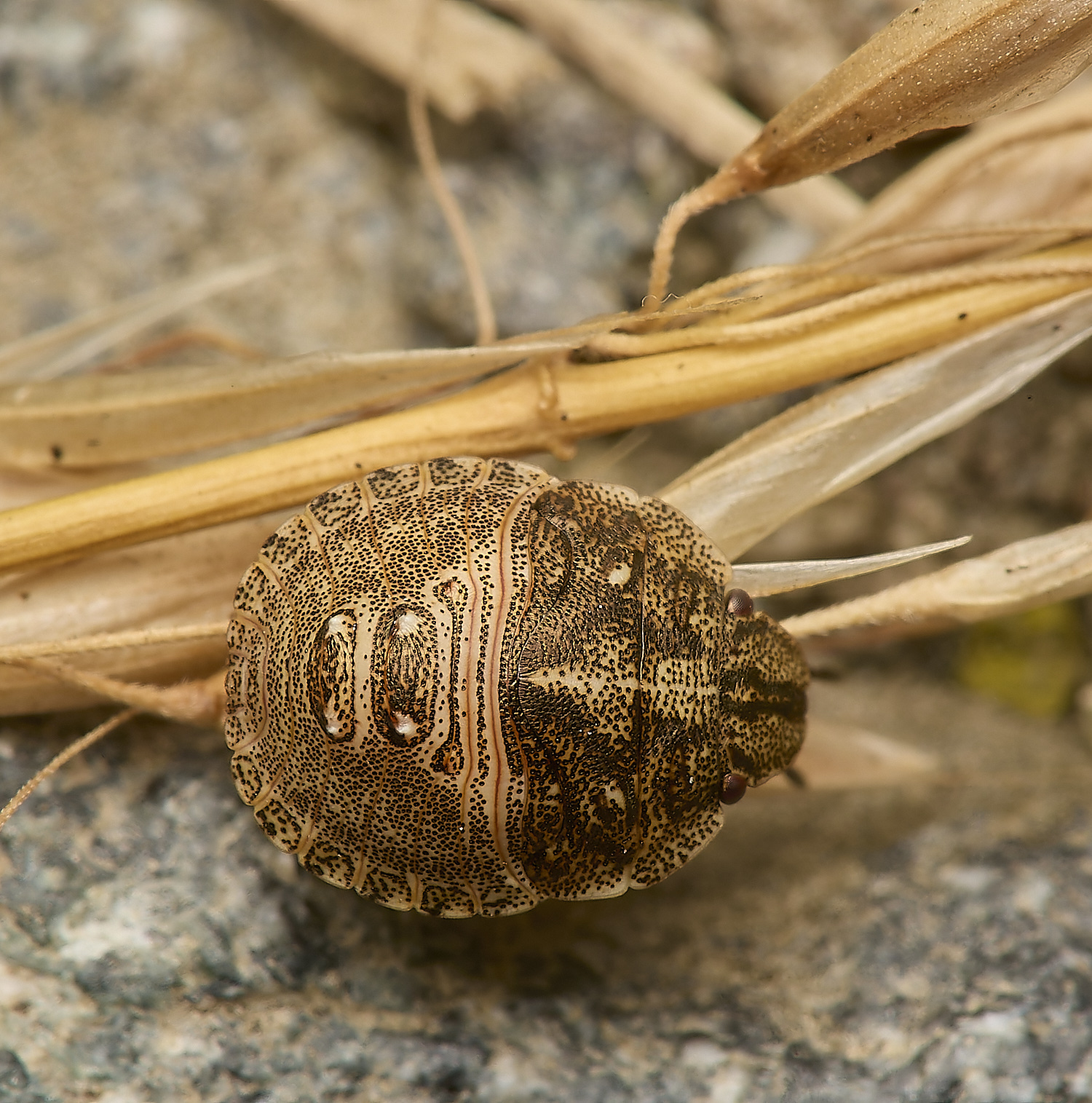
New Forest Shieldbug (Eysarcoris aeneus) ?
Late instar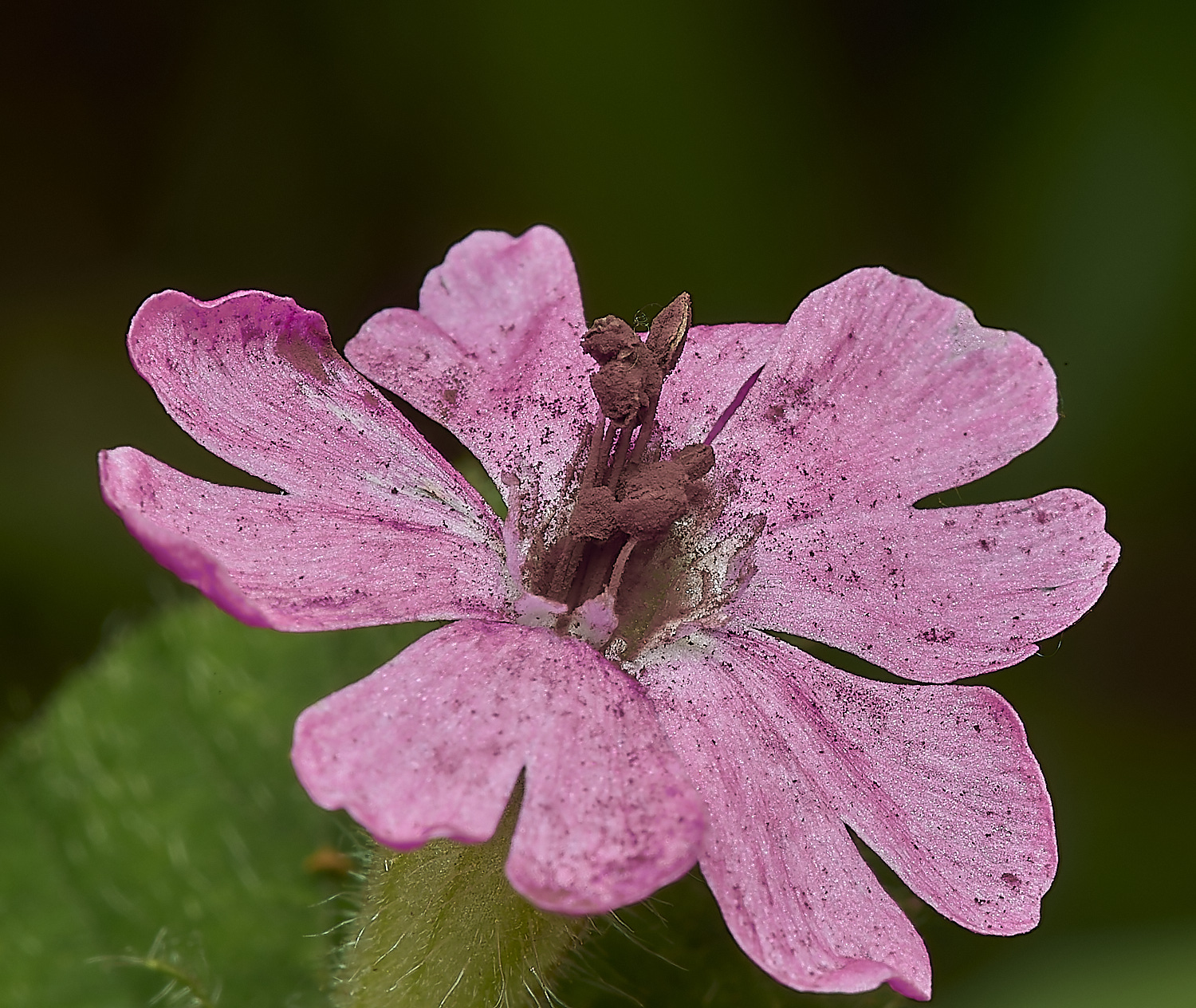
Anther-smut (Microbotryum silene dioicae) on Red Campion (Silene dioica)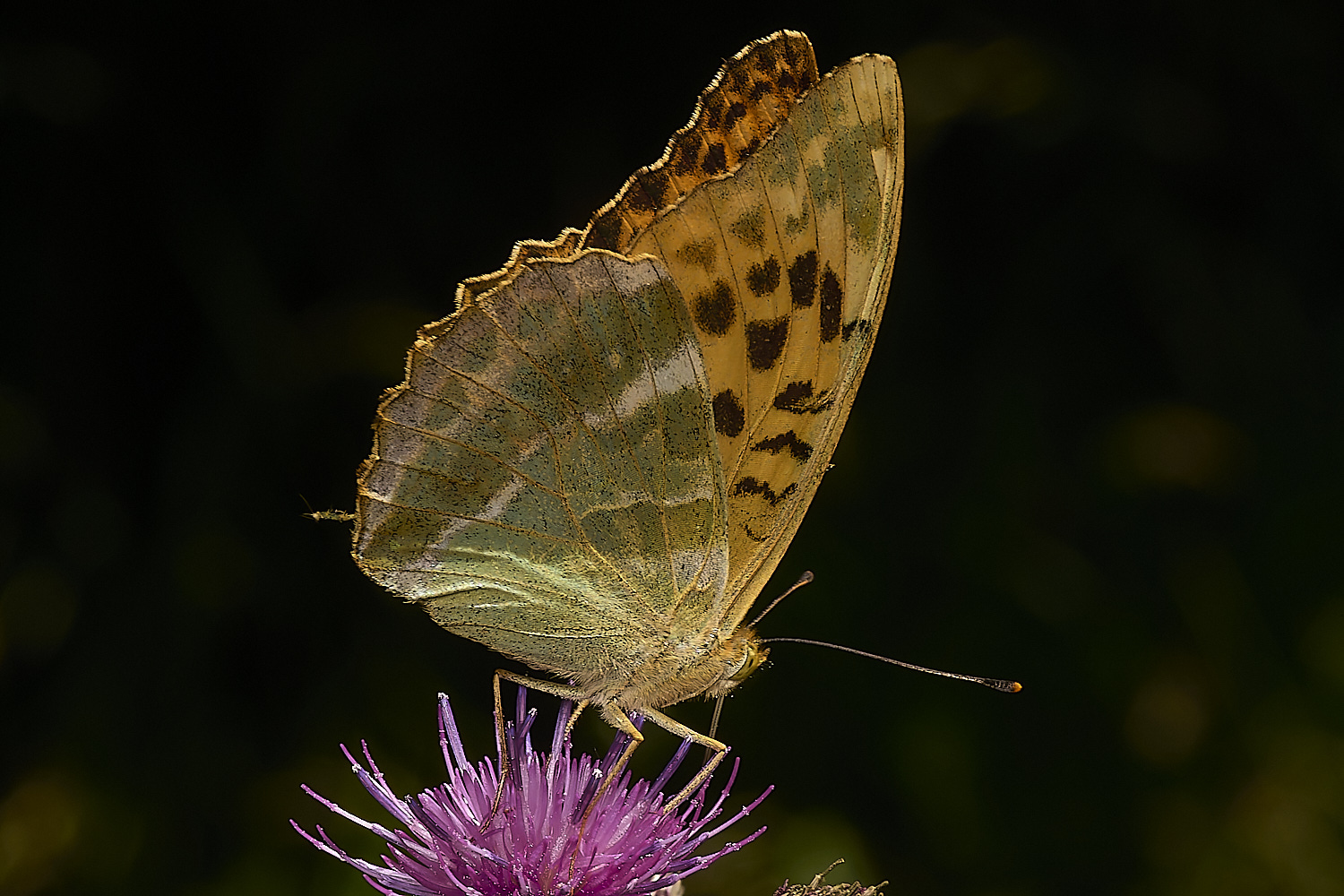
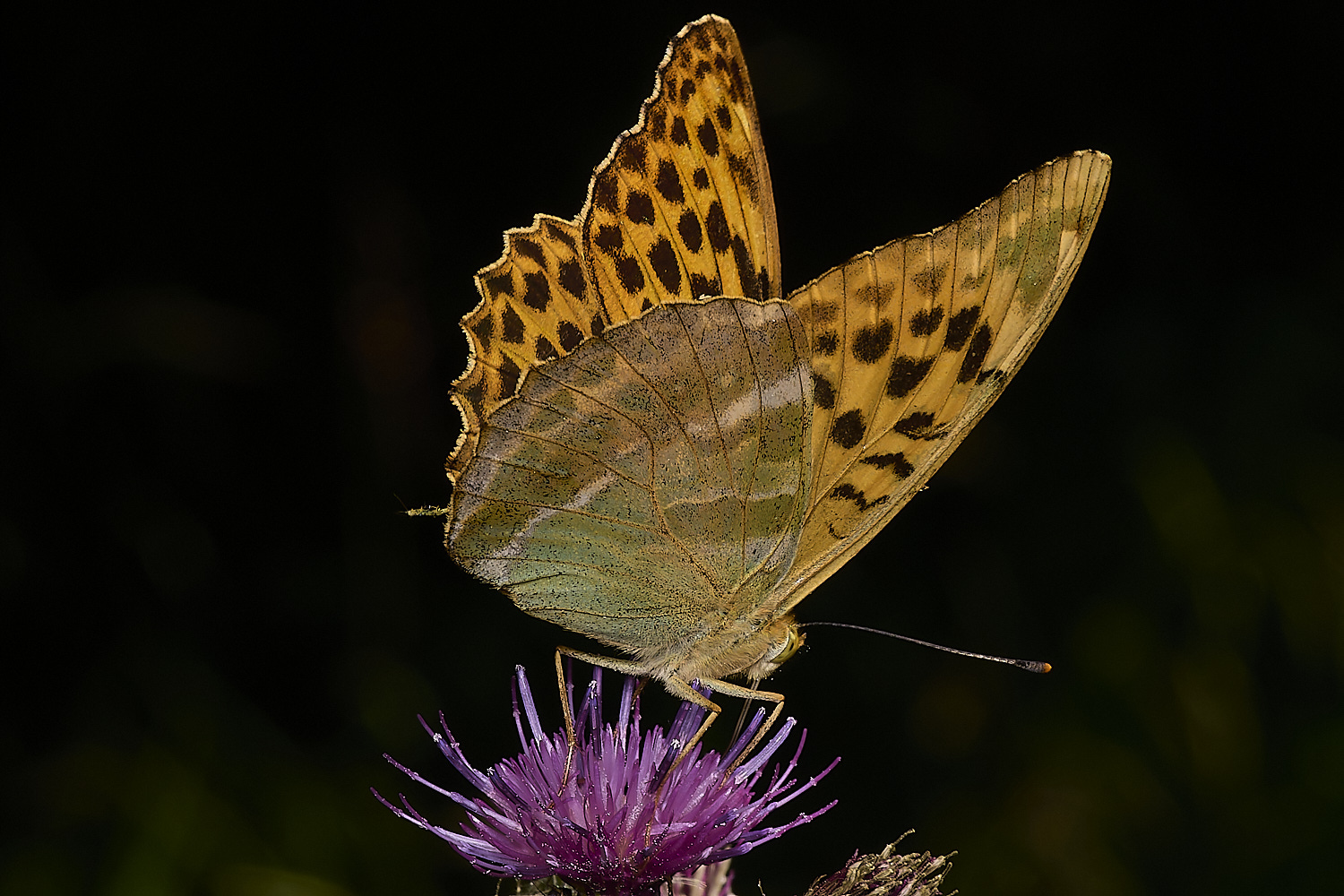
Silver-washed Fritillary (Argynnis paphia)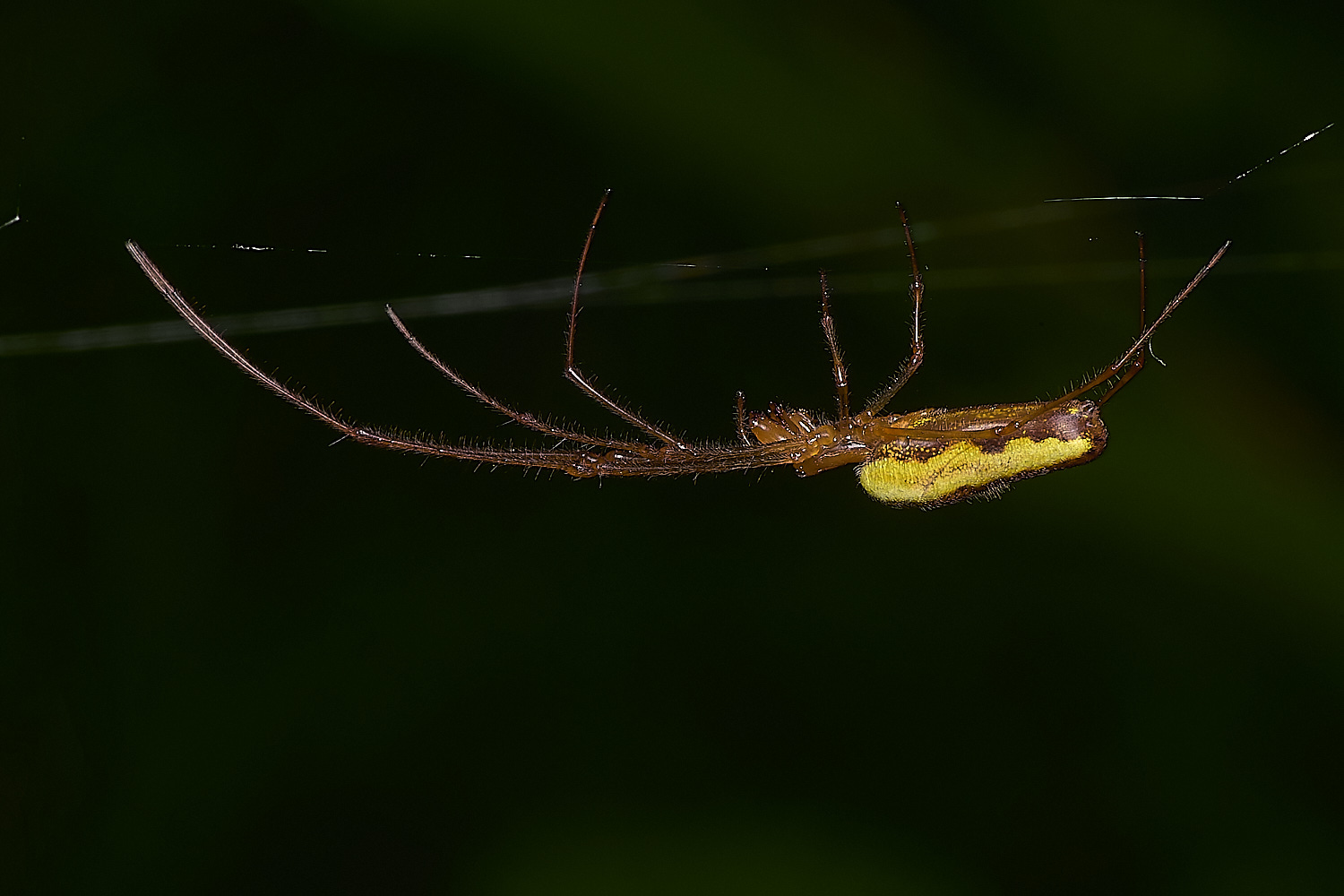
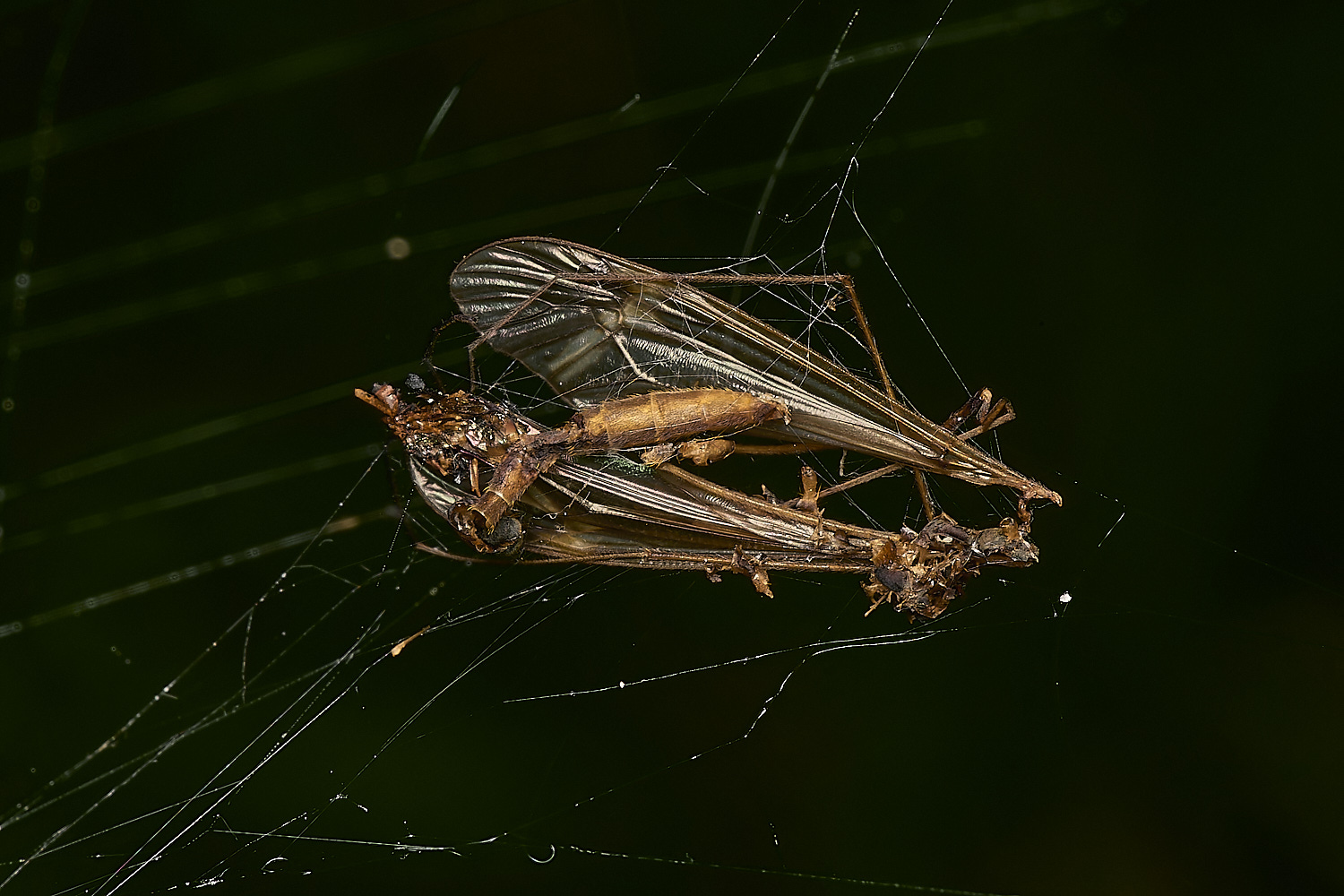
Long-jawed Orb weaver Sp (Tetragnatha Sp) & prey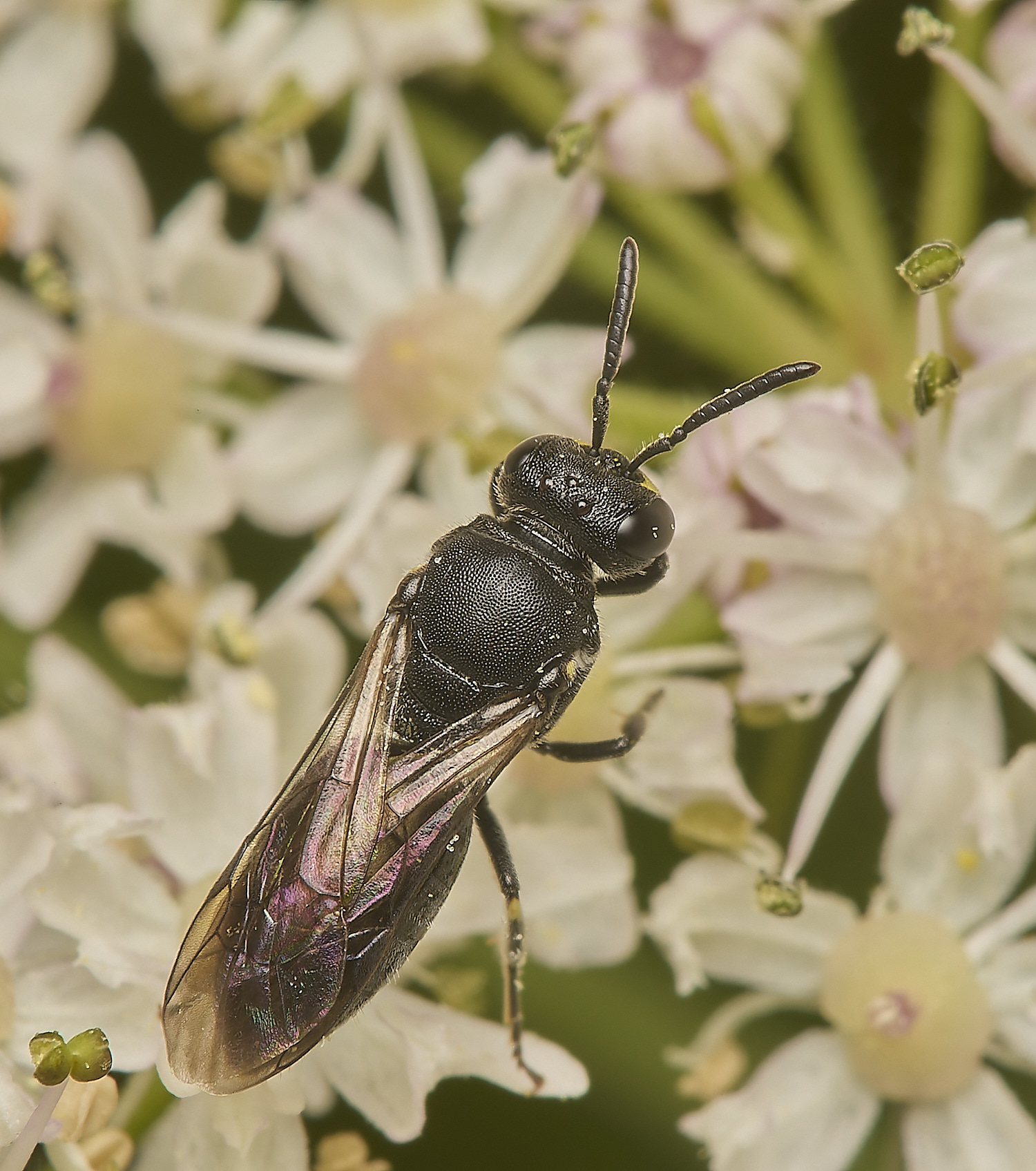
Yellow-faced Bee Sp (Hylaeus Sp) Just didn't turn round
Hanworth
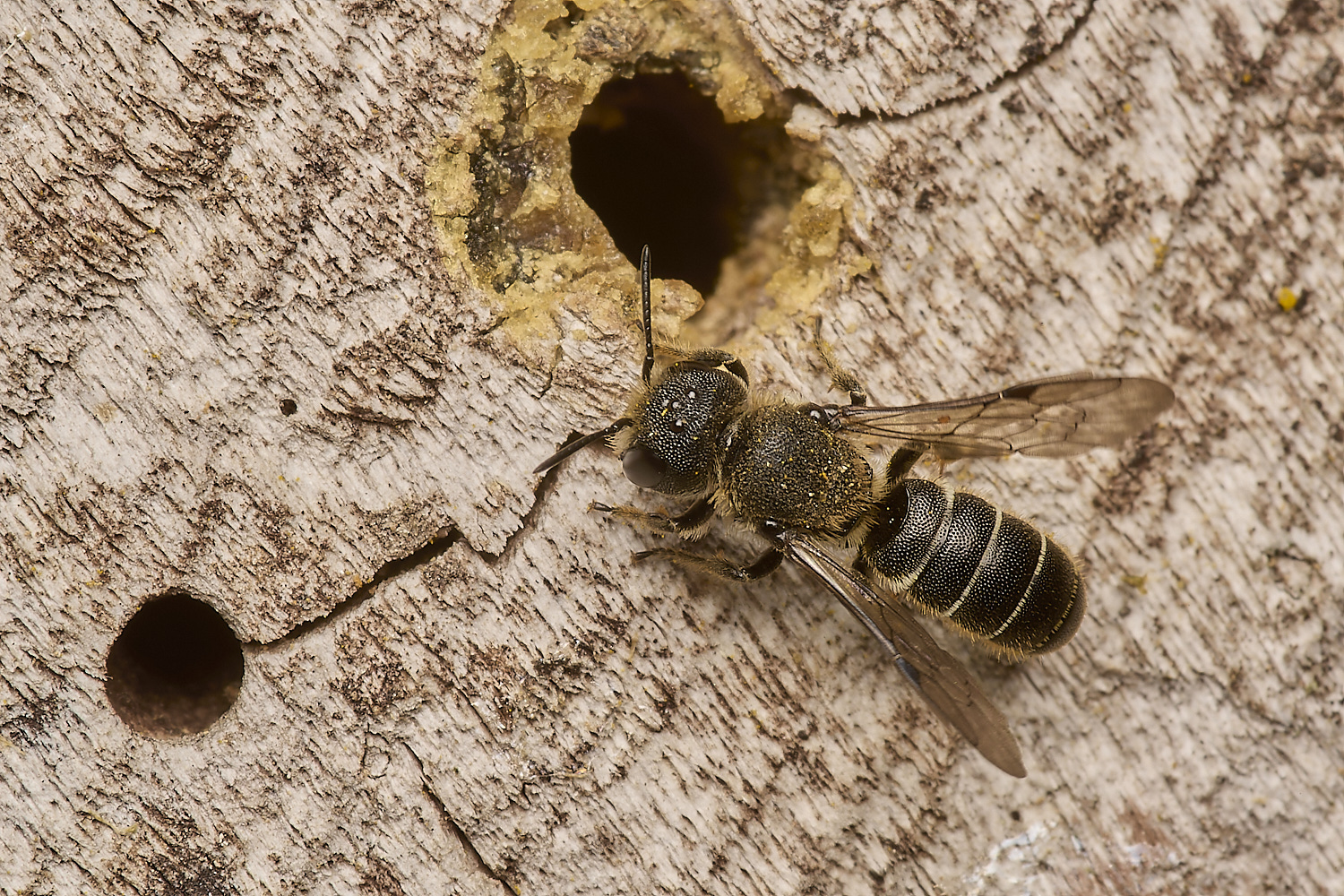
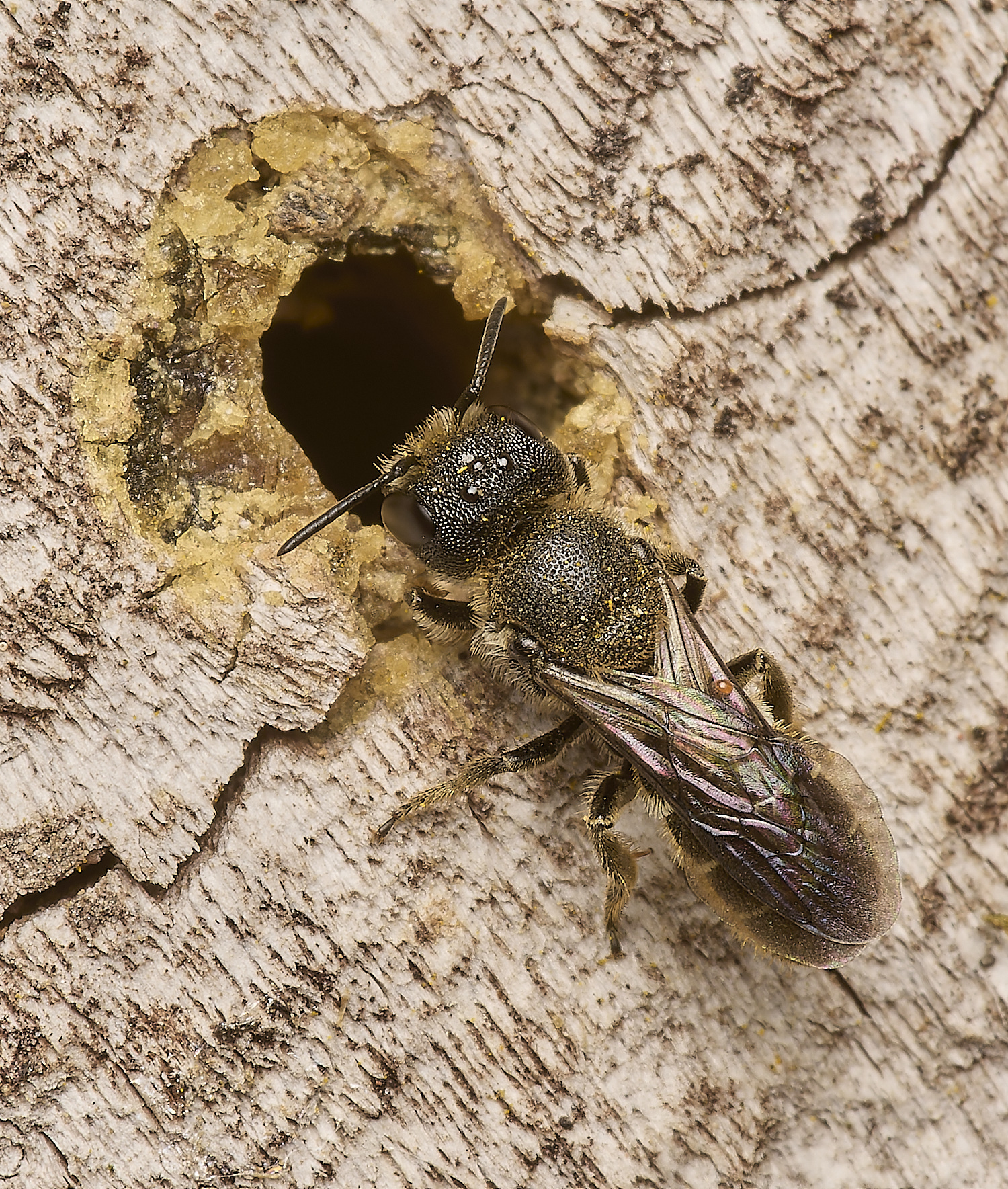
Large-headed Resin Bee (Heriades truncorum)
The key was the lack of scopa.
I had a feeling this wasn't quite right
As it turned out this is actually
a
Little Dark Bee ♀︎ (Stelis breviuscula) the cleptoparasite of Heriades truncorum
The first Norfolk record was in 2022 as it follows the progress of Large-headed Resin Bee north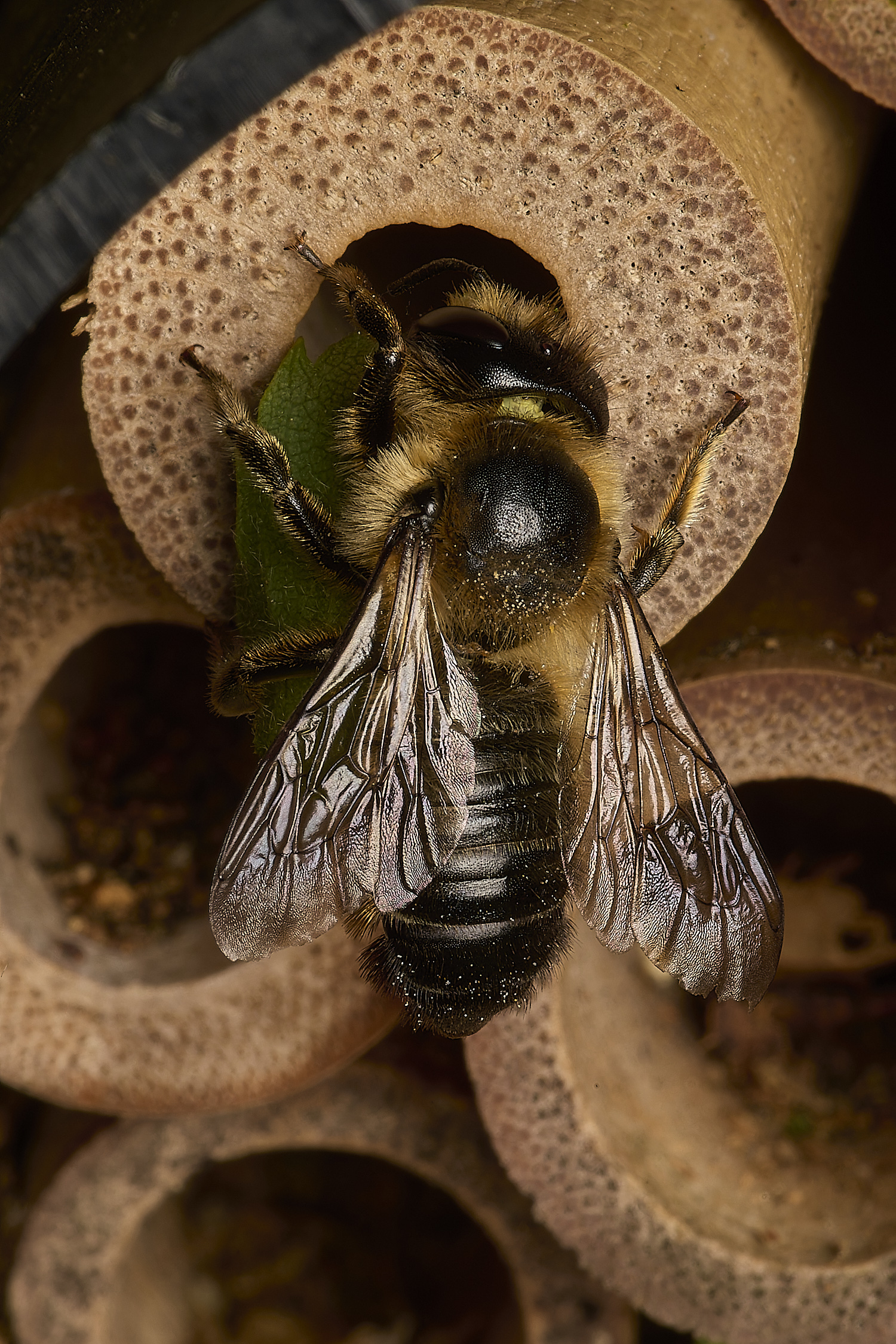
Wood-carving Leafcutter Bee (Megachile ligneseca)
but may be
Megachile versicolor because of the very dark hairs at the ned of the scope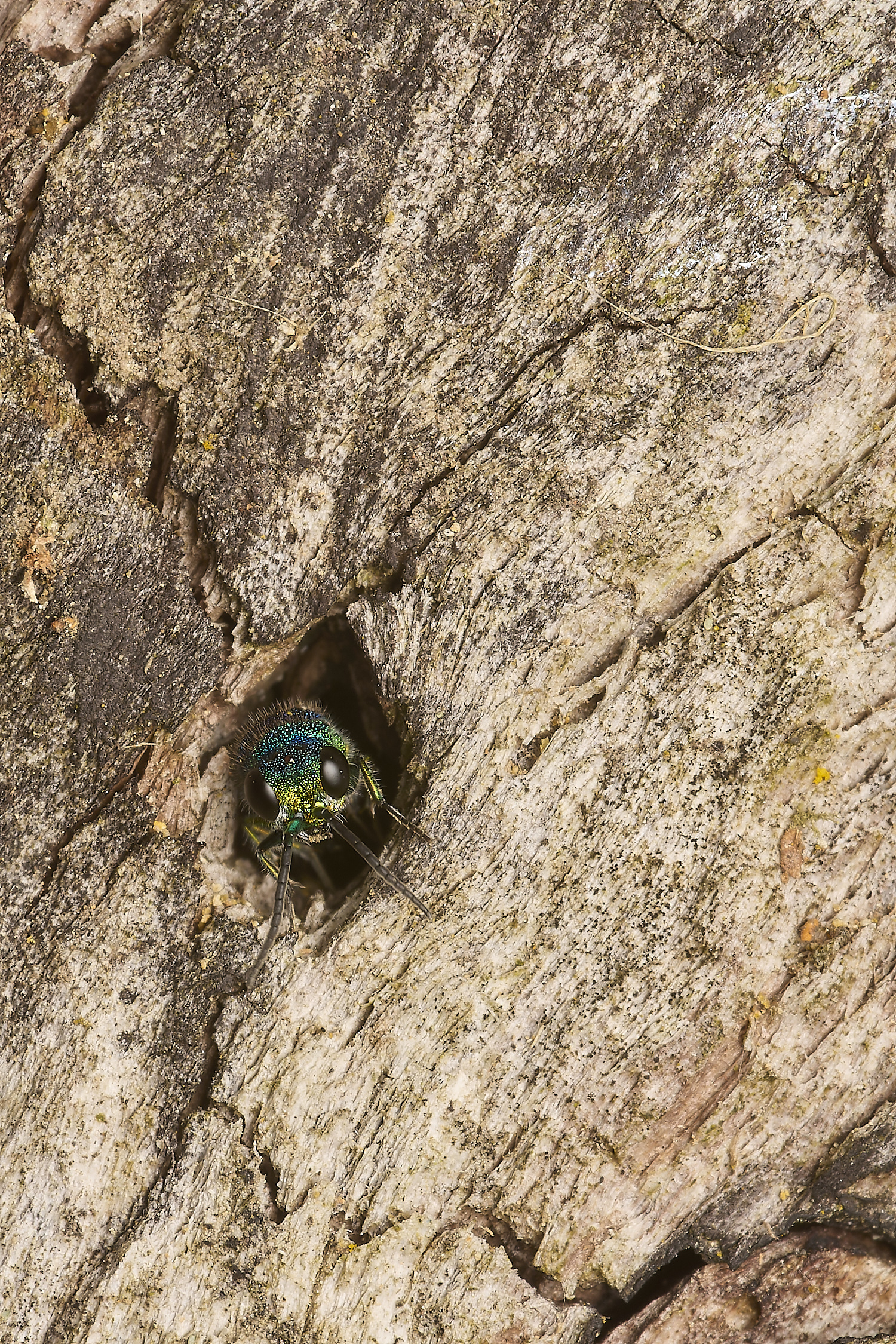
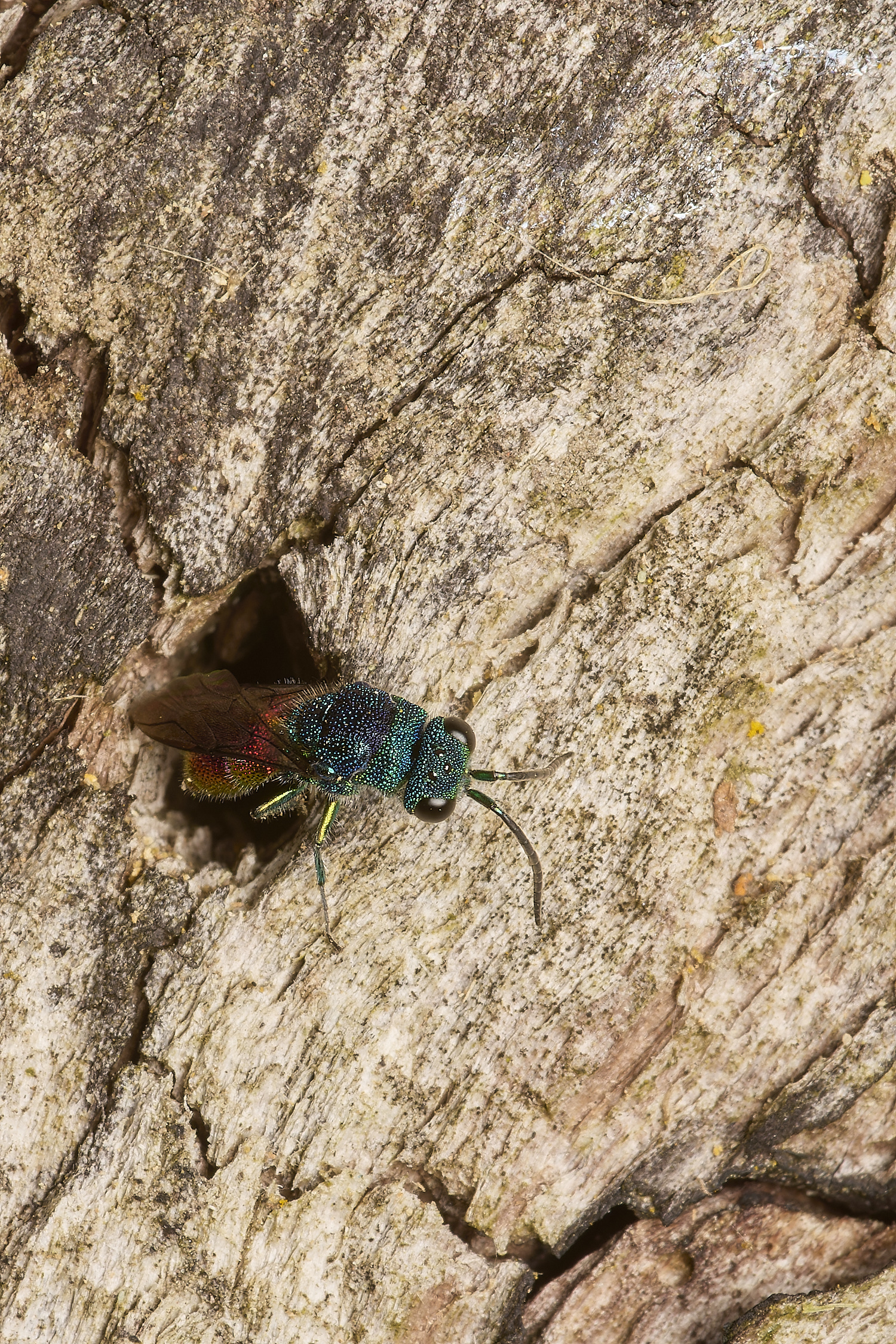
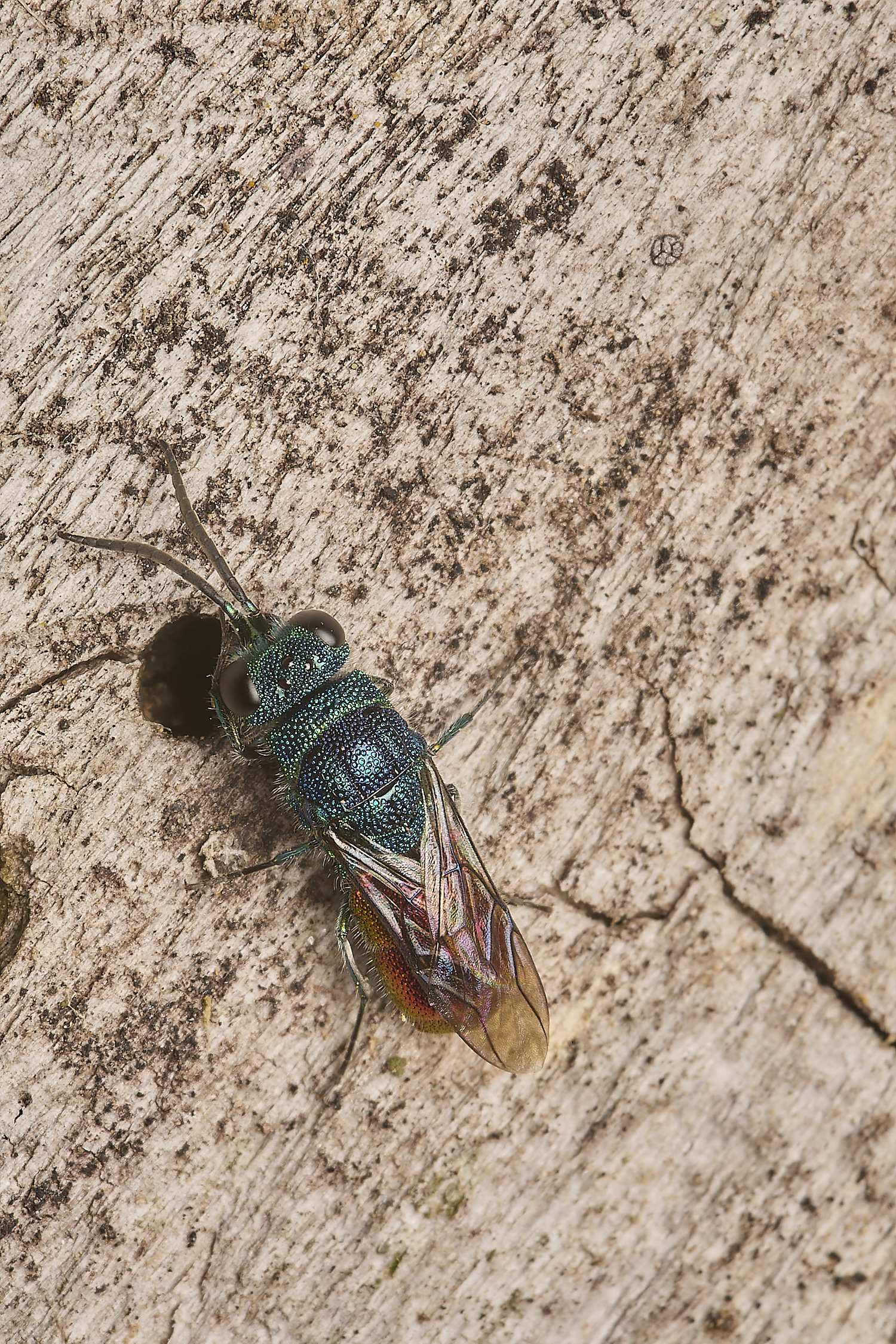
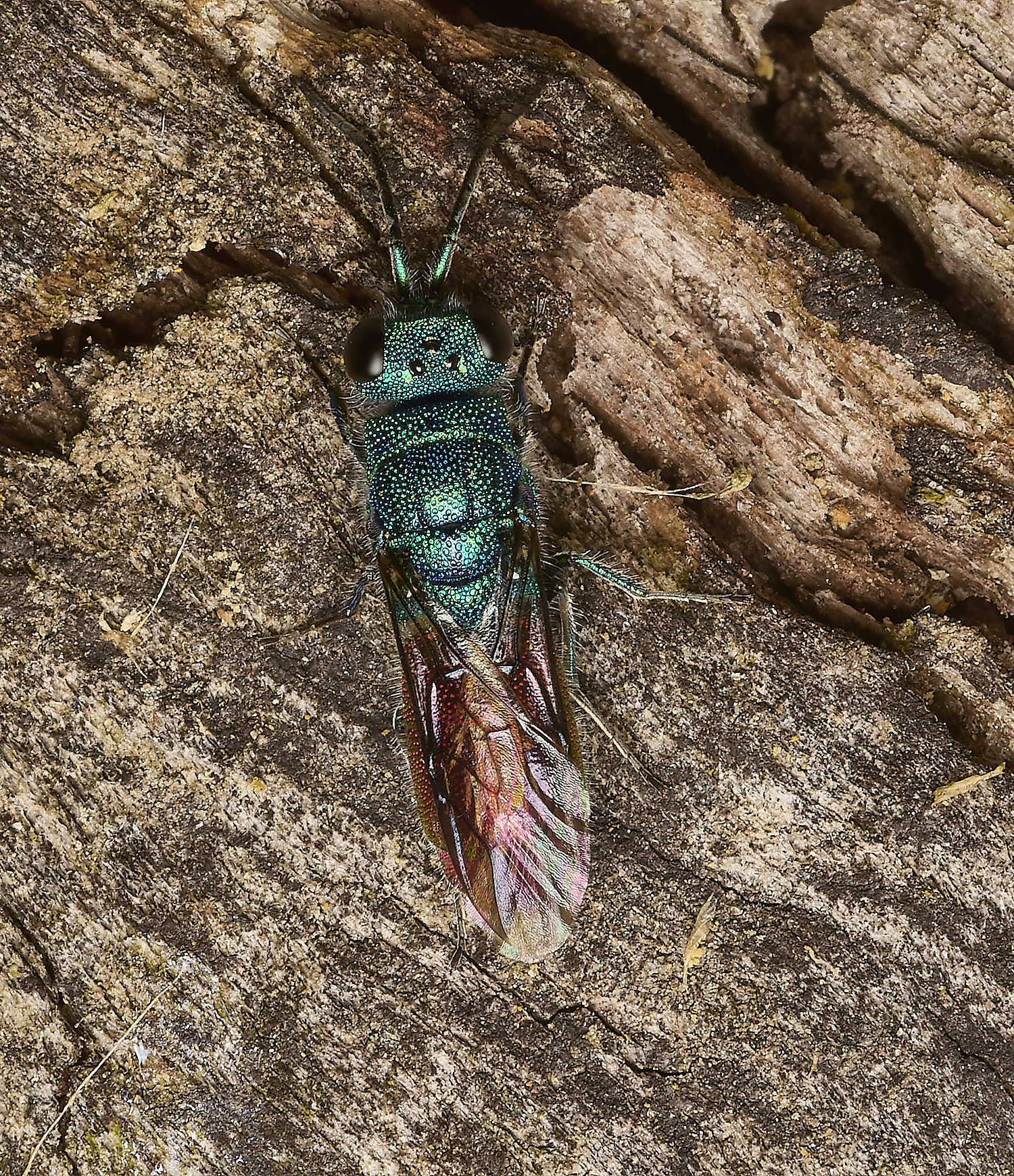
Ruby-tailed Wasp Sp?
This may be
Chrysura radians 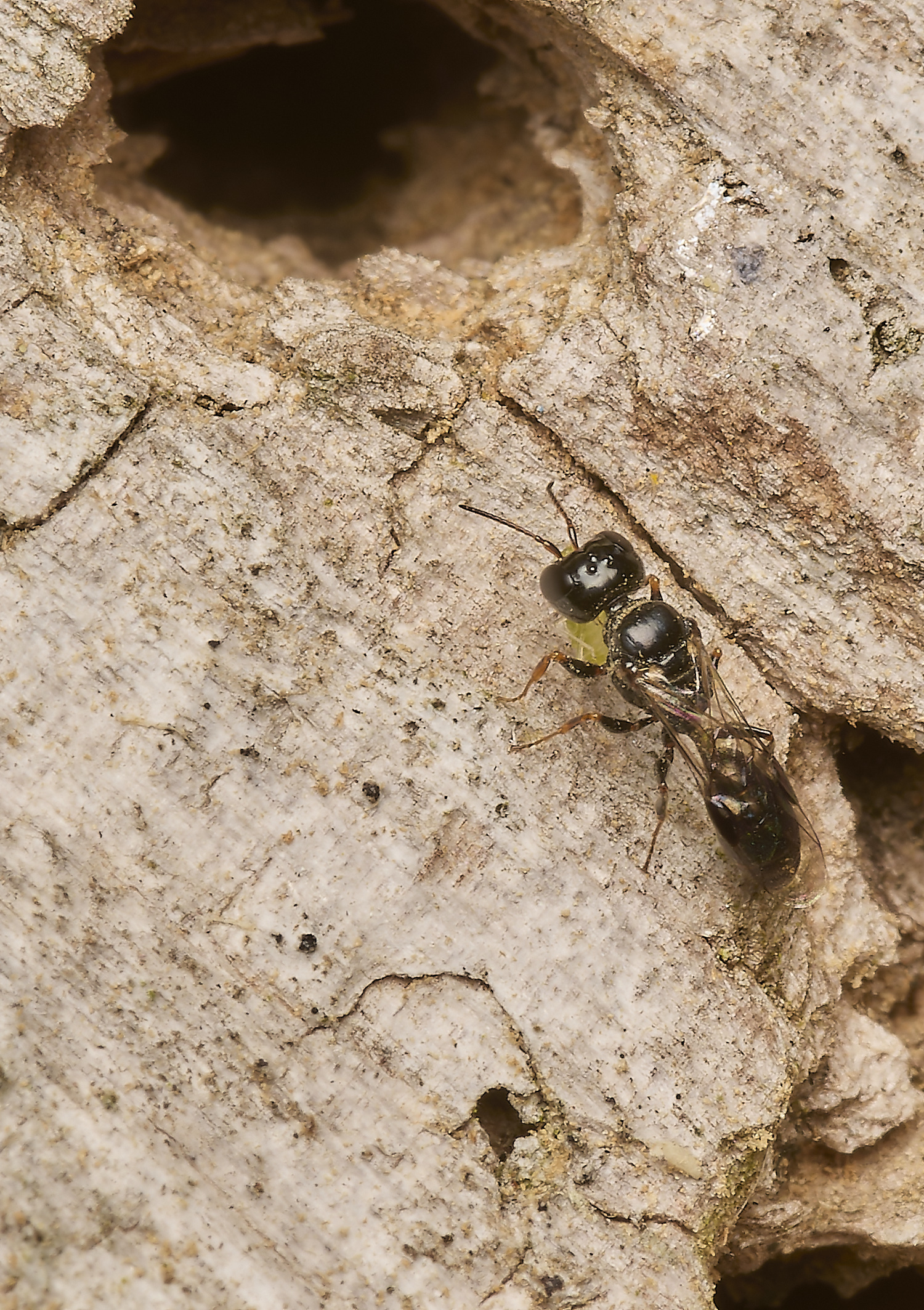
Crossocerus Sp?
The orange legs help with this one
Horned Black Wasp (Passaloecus corniger)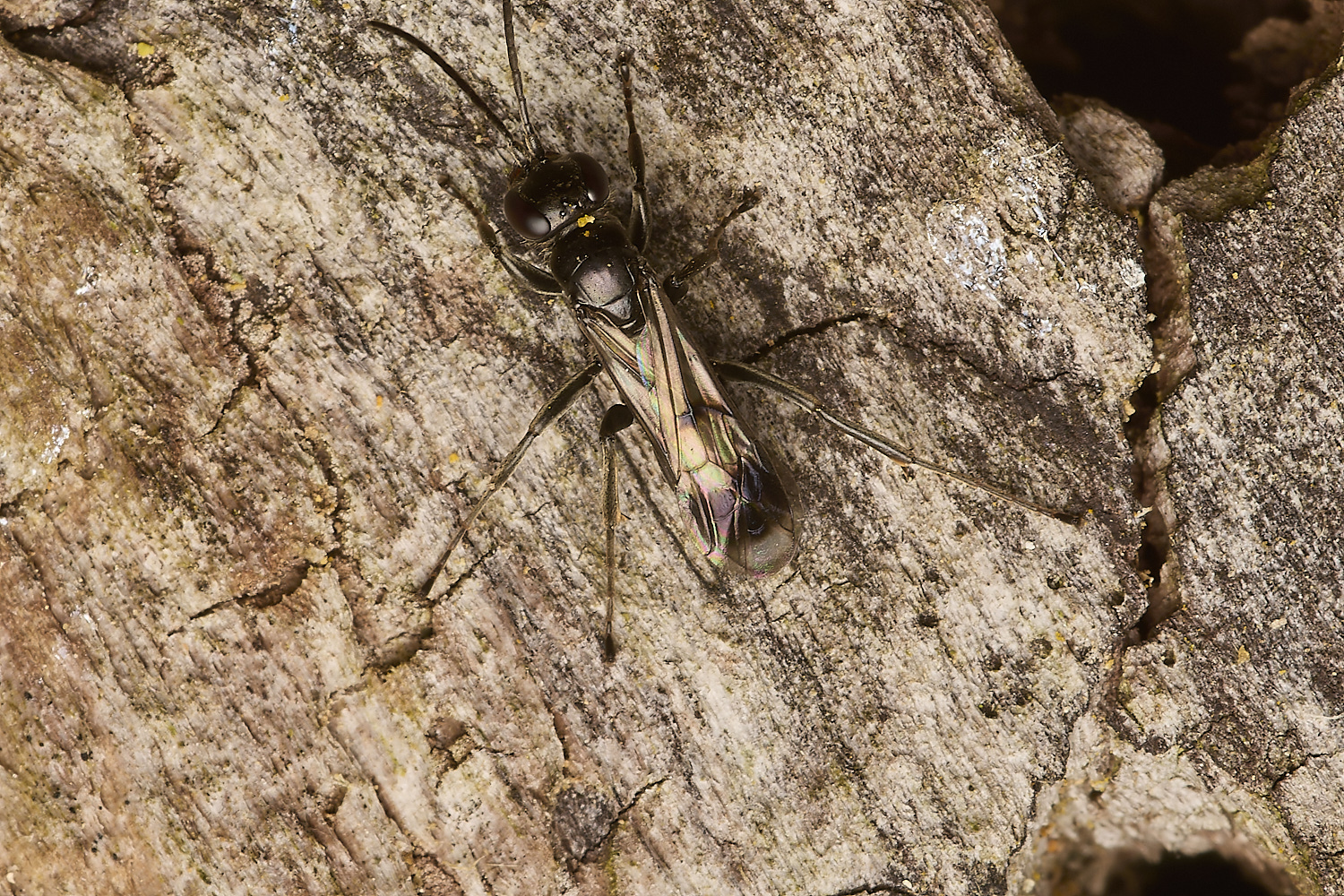
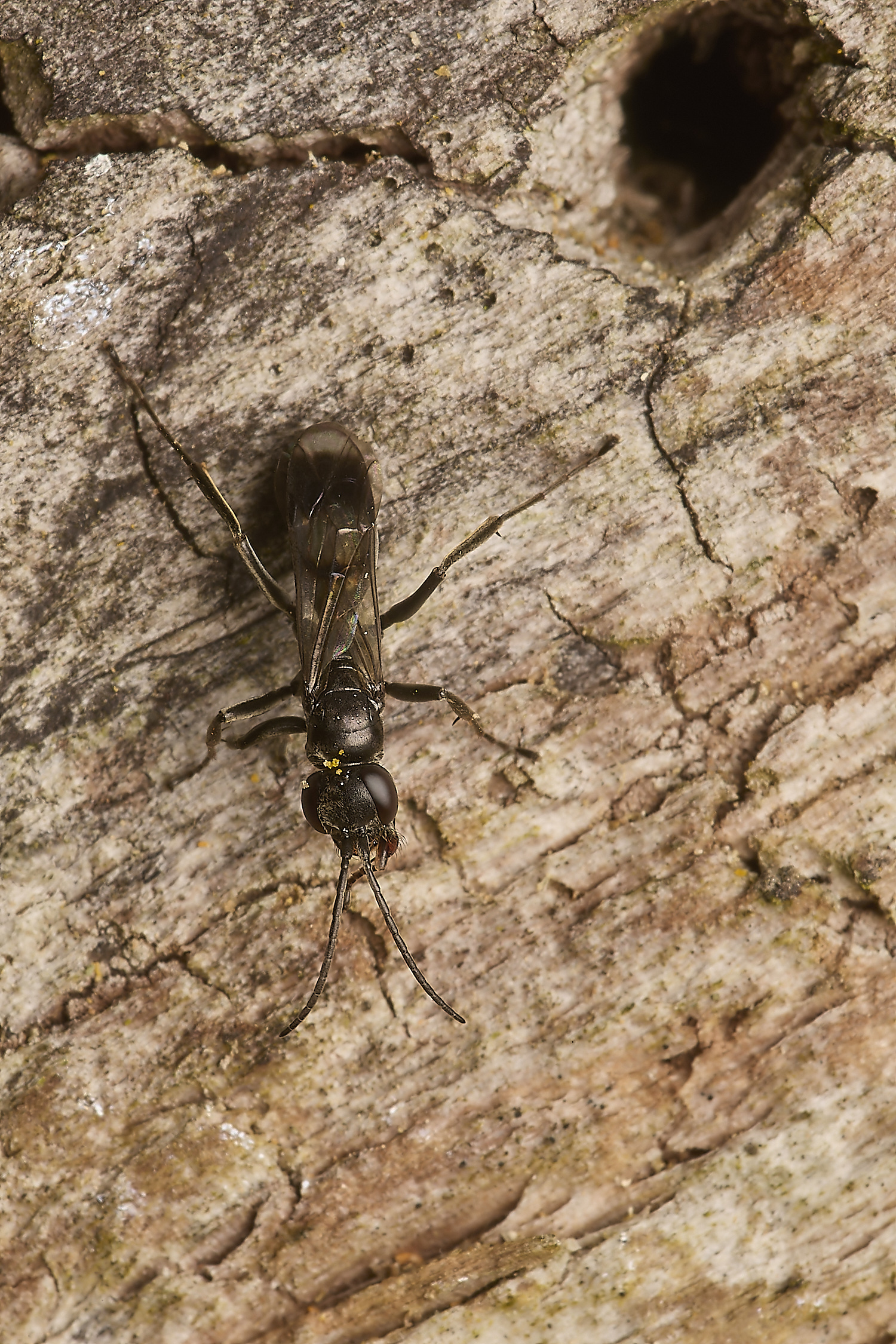
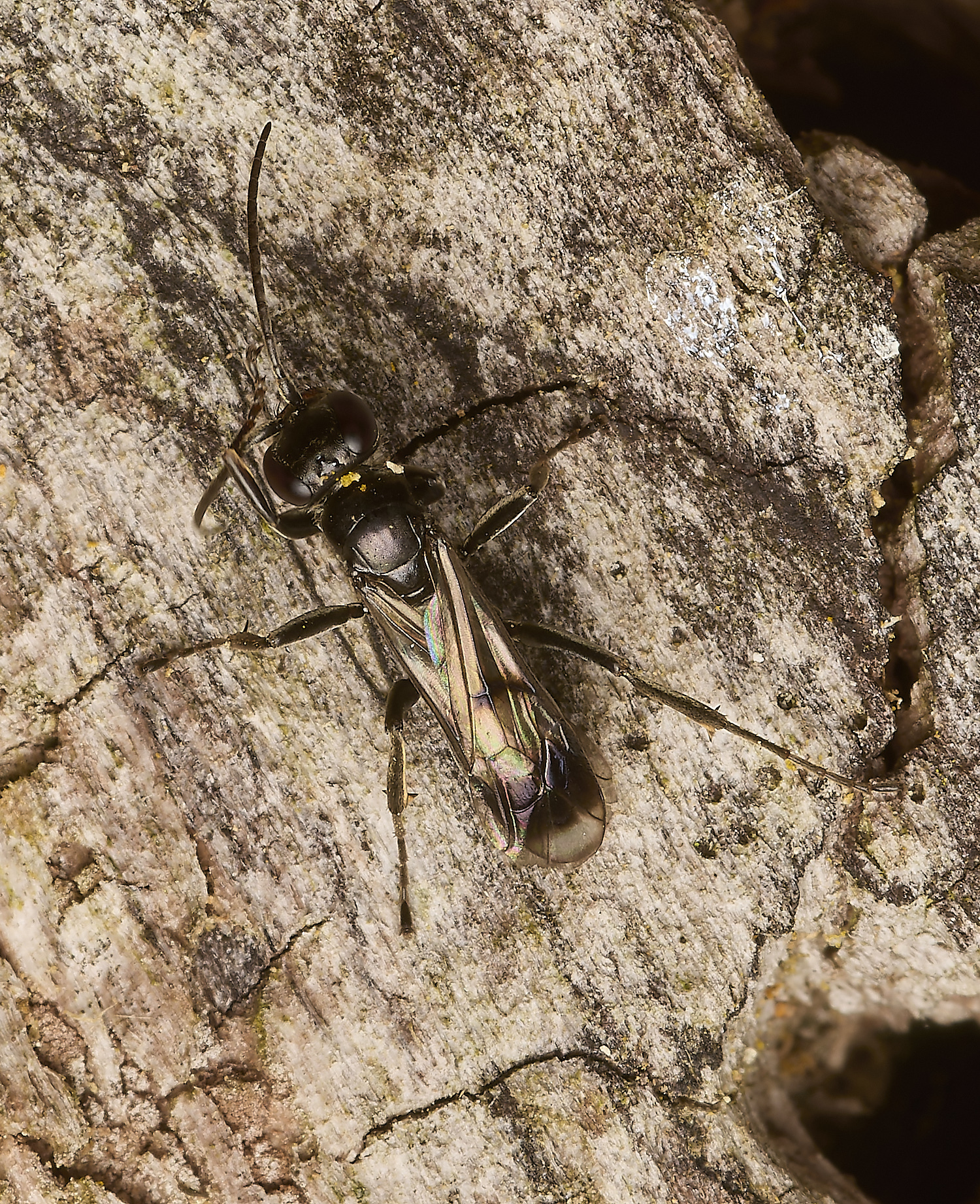
?
This turned out to be
Rough-saddled Bandwing (Dipogon variegatus)
Thanks to Nick Owens for comments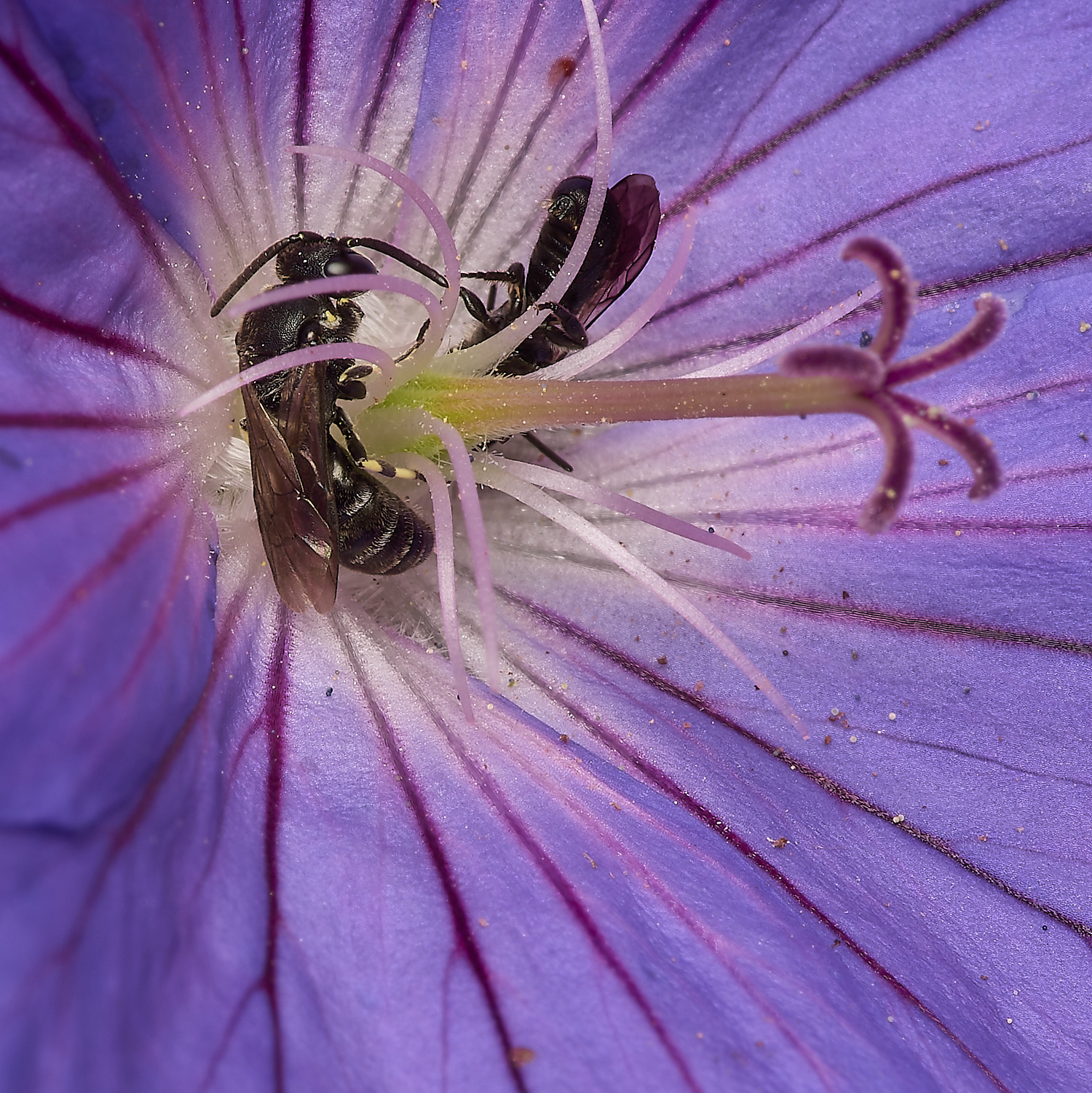
Yellow-faced Bee Sp
